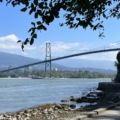I spent 5 days in Dublin in October 2022. A first immersion in Ireland, for a city-trip in a city on a human scale that is pleasant to visit for several reasons:
- For its History: The Vikings, Normans, English have left their mark … and of course the civil war of independence in the early 1920s on all of Ireland
- For the artistic / cultural side: excellent museums to discover Celtic Art, Viking, and Irish painting. The Trinity College Library is incredible (including the Book of Kells, a medieval Irish national treasure manuscript)
- For the atmosphere! Very lively, colorful city, great atmosphere in the Temple Bar district with the famous pubs. You can do everything on foot or by self-service bicycle, and the Irish are very simple and friendly.
In terms of my programming of visits over the five days, I had chosen to alternate the types of visits (Art / History / city) in order to avoid the overload effect. Here are, in order, the visits I was able to make.
Trinity College Library
Start on the morning of the first day of the stay with one of the jewels of Dublin: Trinity College Library.
I had read so much about this place, and the treasures it holds, that it was really the first place I wanted to go!
This mythical library is located in Trinity College.
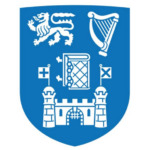
Trinity College was founded in 1592 by Queen Elizabeth I (when Ireland was part of the British Empire) making it the oldest university in Ireland and among the oldest in Europe. This university was one of the symbols of Anglo-Protestant culture until 1873, the year in which Catholics were admitted. It welcomed many personalities on its benches: Oscar Wilde, Bram Stoker, Edmund Burke… Today, Trinity College still welcomes many students but is open to visitors who can spend some time on the 19-hectare campus, in particular to enjoy its interior courtyards and its superb neoclassical buildings (most of which date from the 18th century). and 19th centuries).
The Old Library is located within the university grounds of Trinity College. It is the largest library in Ireland.
Trinity college’s Old Library contains more than 200,000 particularly old books, some of which date back to the 5th century. Some books are written in Gaelic, and are invaluable as they are the oldest vernacular (local or regional language) literature in Western Europe.
Visiting Trinity College Library is only by reservation, and it is better to do it at least a month in advance.
We begin with a very complete exhibition on methods of making medieval works (binding, calligraphy, pigments, etc.), and in particular on the famous Book of Kells. Written by Celtic monks around the year 800, and retracing the 4 gospels, it is a real national treasure for Ireland.
After many explanations including via digital audio guide (mobile application to download), we enter the very dark room where the book is displayed. Of course only two pages are visible but it is quite striking to be confronted with it, it does not look like these writings date back more than 1000 years, the colors are bright and the paper barely damaged.
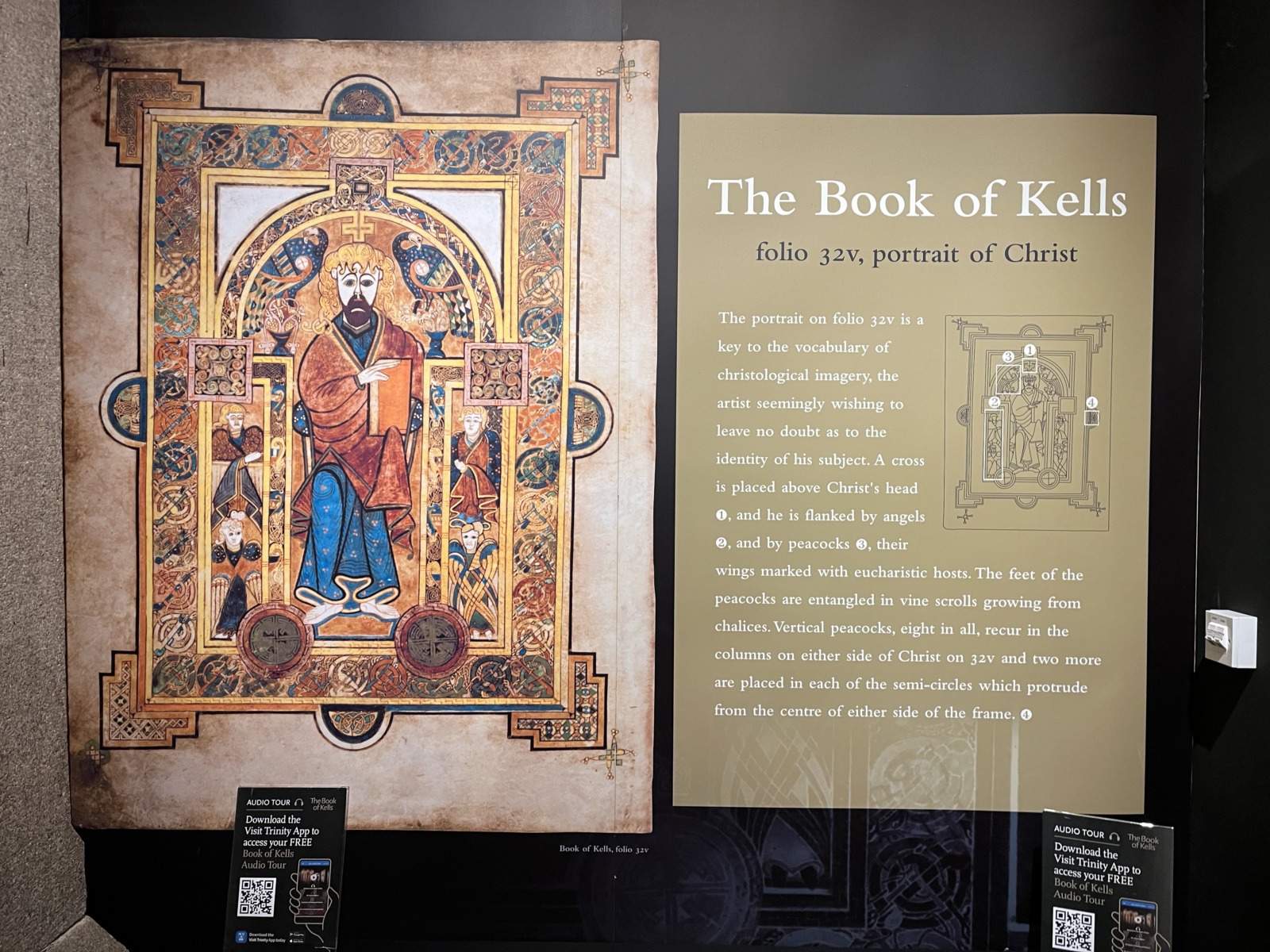
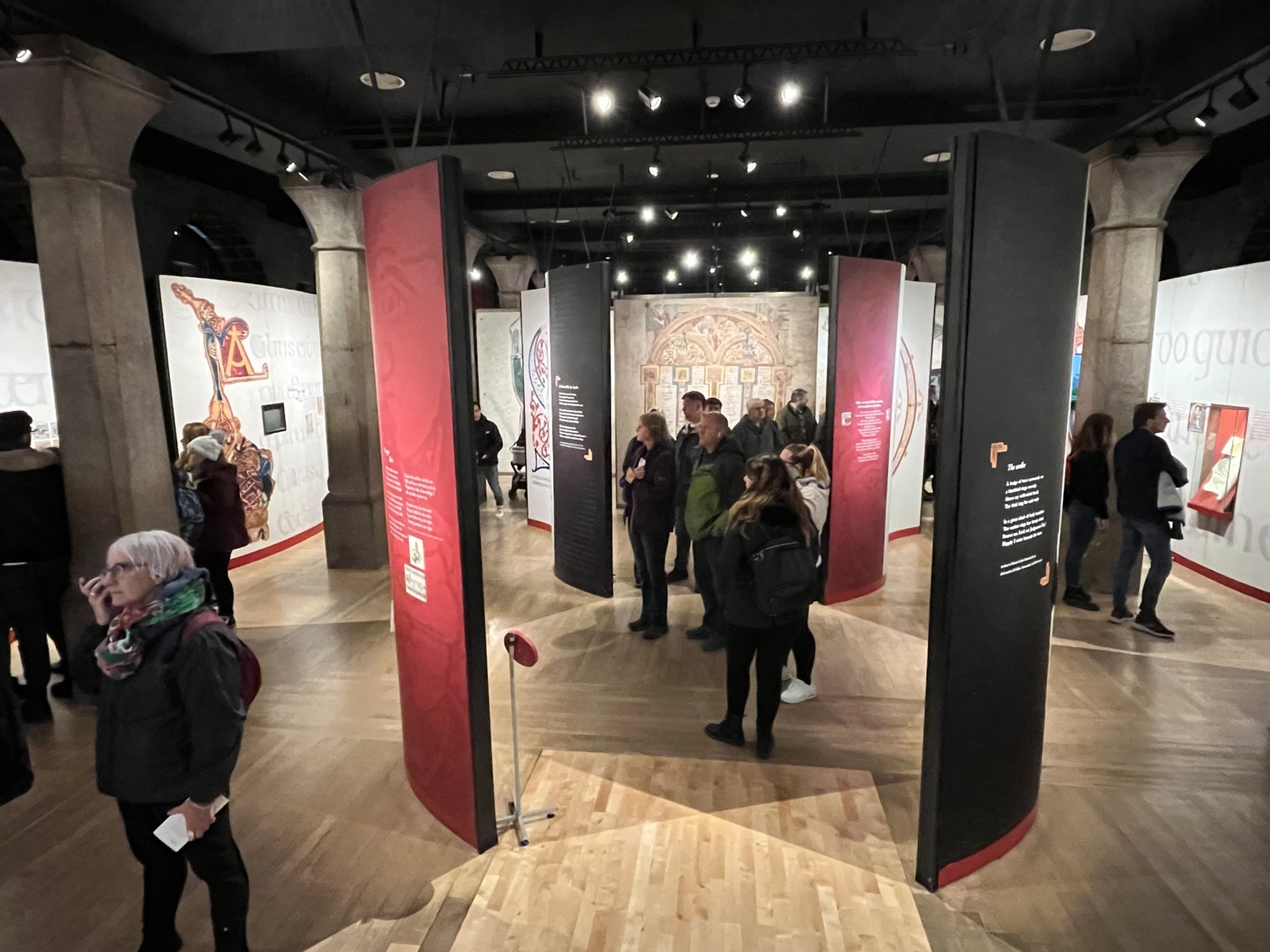
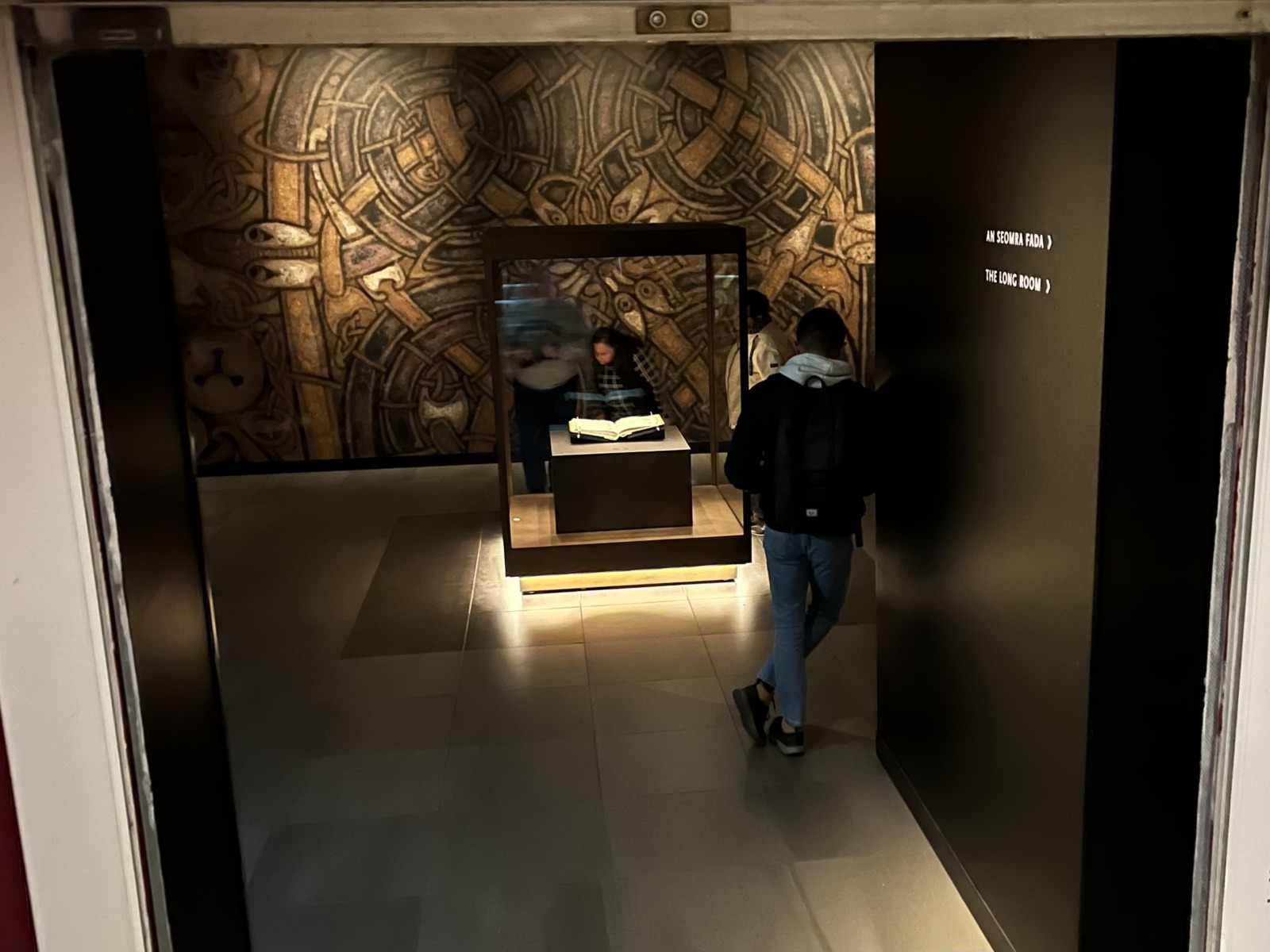
You then access the Long Room, the main gallery, dating from the beginning of the 18th century.
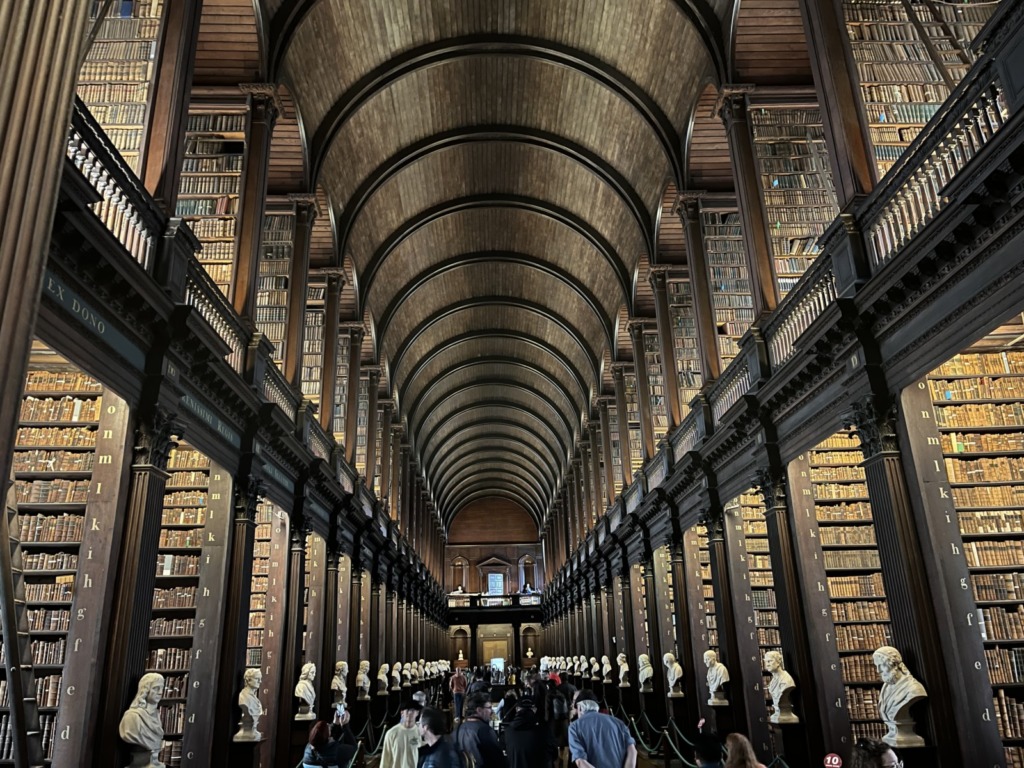
This room is just magical, the lighting perfectly highlights the rows of old books guarded by busts of illustrious writers. It is 65 meters long, for a height of about 15 meters!
Incredible artifacts are stored such as King Brian Boru’s harp (941 – 1014) (The Harp has been the emblem of Ireland since the 13th century) . There is also one of the last remaining original posters of the proclamation of the independence of the Republic of Ireland, dating from 1916.
You are also struck by the smell of old books, which makes passing through this room even more unforgettable.
I advise you to take the visit with a guide, mine was a real enthusiast of old books, with a very Irish sense of humor. If you like historical anecdotes, you will be served.
Official website : https://www.tcd.ie/library/
Tickets : https://www.tcd.ie/visitors/book-of-kells/
O’Connell Street and discovery of the city
The central and historic part of Dublin, where all the monuments, museums and neighborhoods to visit are concentrated, is quite small, it is possible to do everything on foot, or by renting self-service bicycles (5€ for 3 days!).
Before lingering on O’Connell Street, you should know that the River Liffey separates Dublin into 2 parts:
- north bank: major shopping streets and civic monuments (e.g. General Post Office)
- south bank: remains of the city medieval, Trinity College, beautiful Georgian mansions.
Many bridges and especially pedestrian bridges allow you to pass from one side to the other quickly. I advise you to consult this very well done plan on the official Dublin City website.
The most typical pedestrian bridge in Dublin is the Ha’Penny bridge, impossible to visit Dublin without going there!
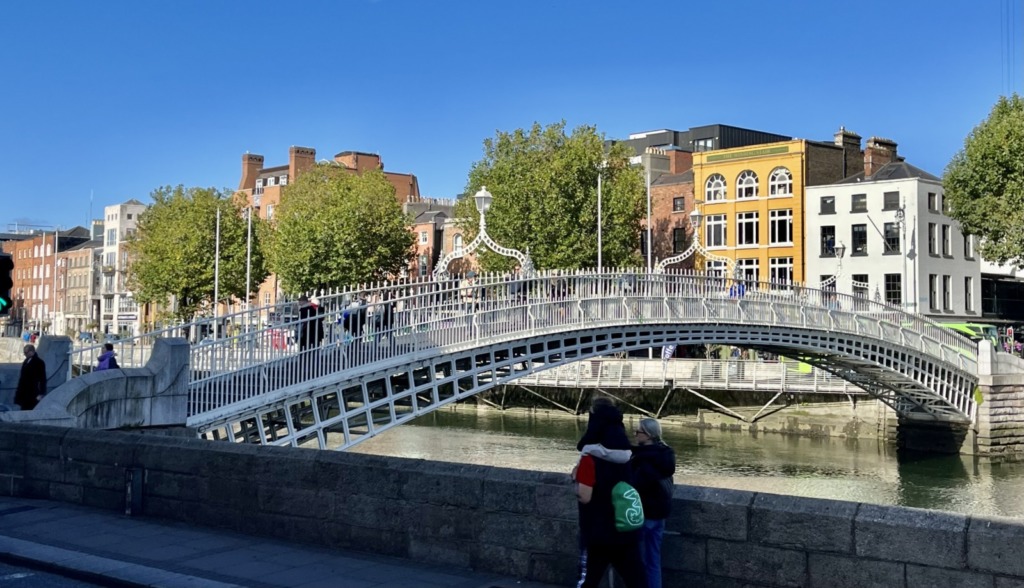
The O’Connell Bridge, wider than it is long, provides access to the city’s main avenue: O’Connell Street, named after the city’s first Catholic mayor (whose imposing statue stands at the southern end of the street).
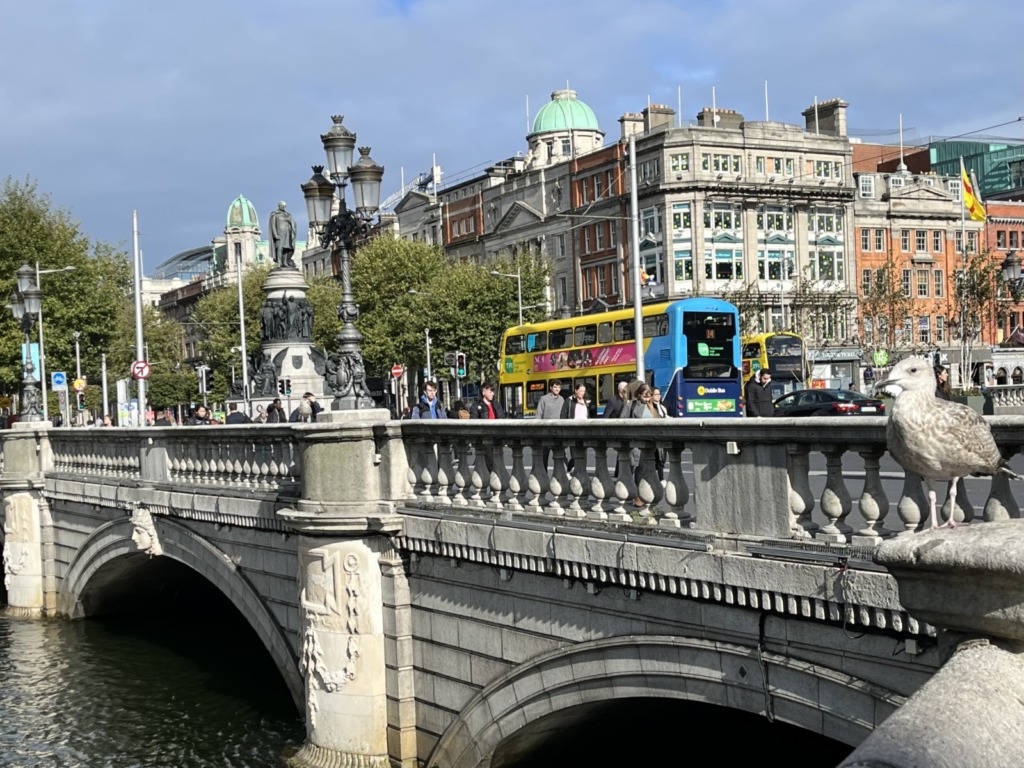
In the center of this avenue has been planted since 2003 the Spire: a sort of giant aluminum needle 121 meters high, which replaces the Nelson Column that the IRA blew up in 1966 , for 50 years of the insurrection which led to the independence of Ireland! Sacred fireworks for this anniversary…
On the large central forecourt of O’Connell Street, there are many statues representing actors linked to Irish Independence: Daniel O’Connell of course, but also Jim Larkin (whose a quote is inscribed in French on its base) or Charles S. Parnell.
Coming back to the South Bank of Dublin (the part that I found the most interesting), I advise you to go and see:
- The St Stephen Green Park and its shopping center
- The Molly Malone statue: fictitious fishmonger from a popular Irish song
- The Grand Canal: Inaugurated in the 19th century and recently restored
And of course ALL the Temple Bar district, which I will tell you about a little later in this article.
Here are some pictures taken in these different places.
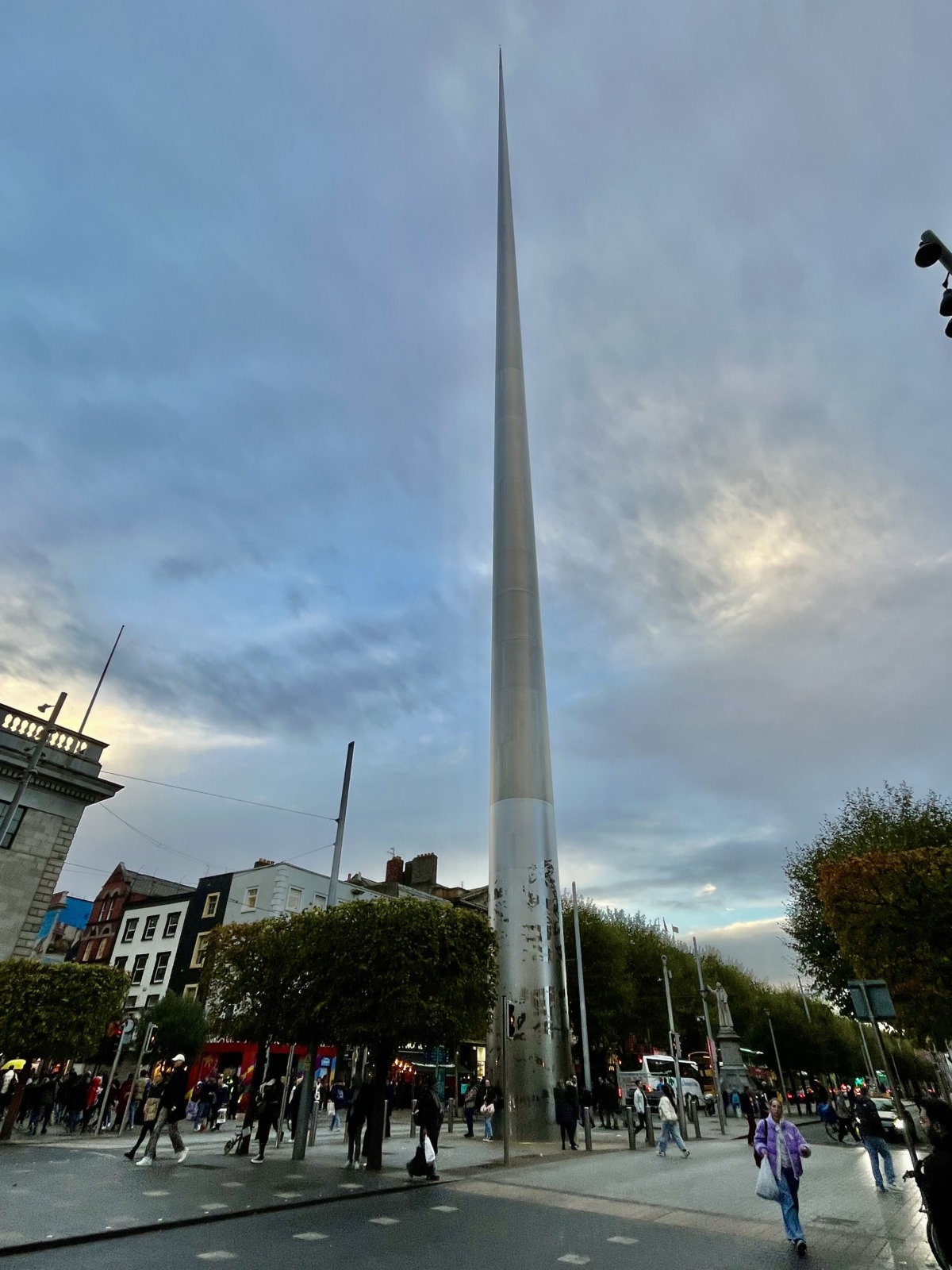
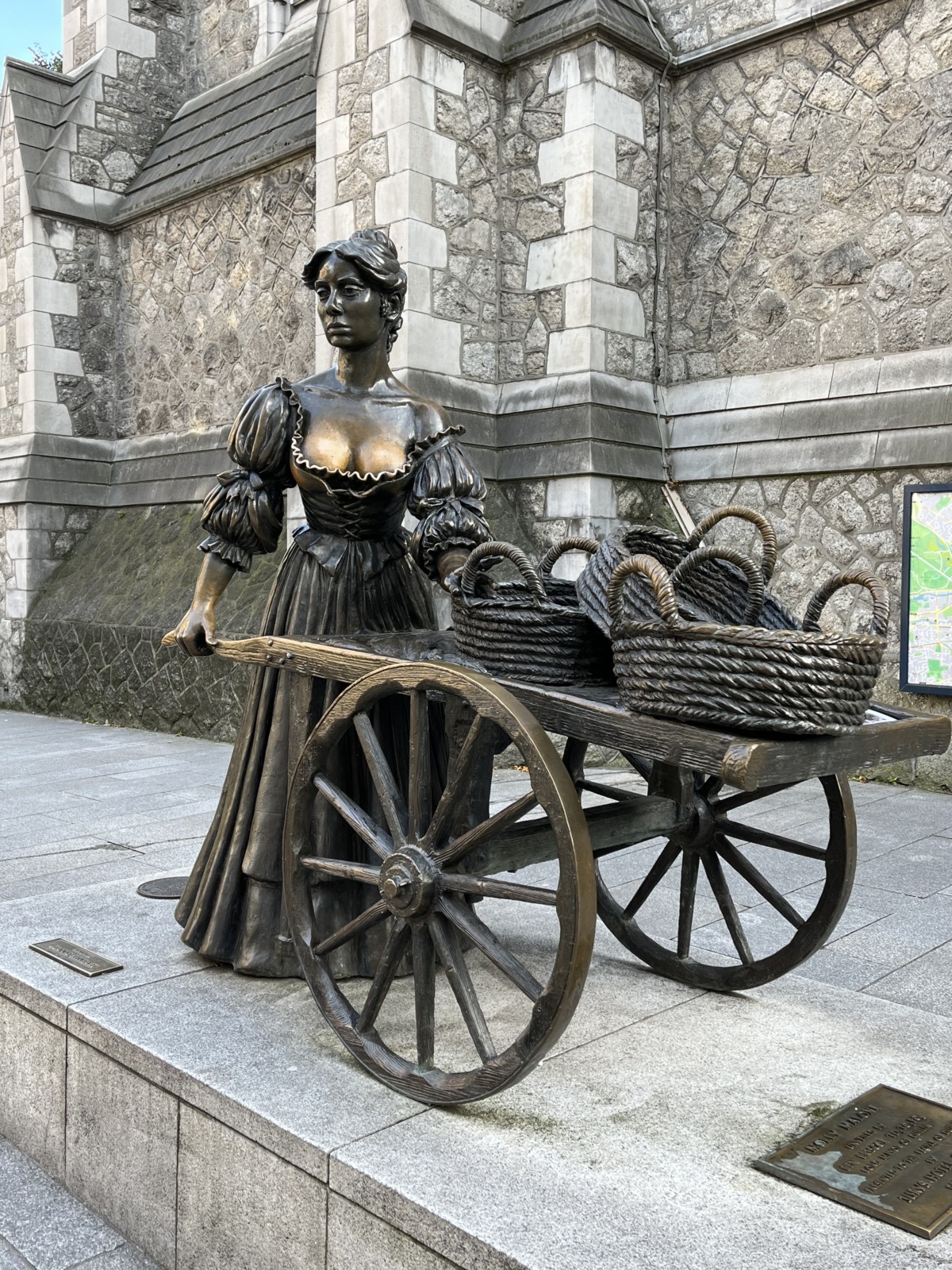
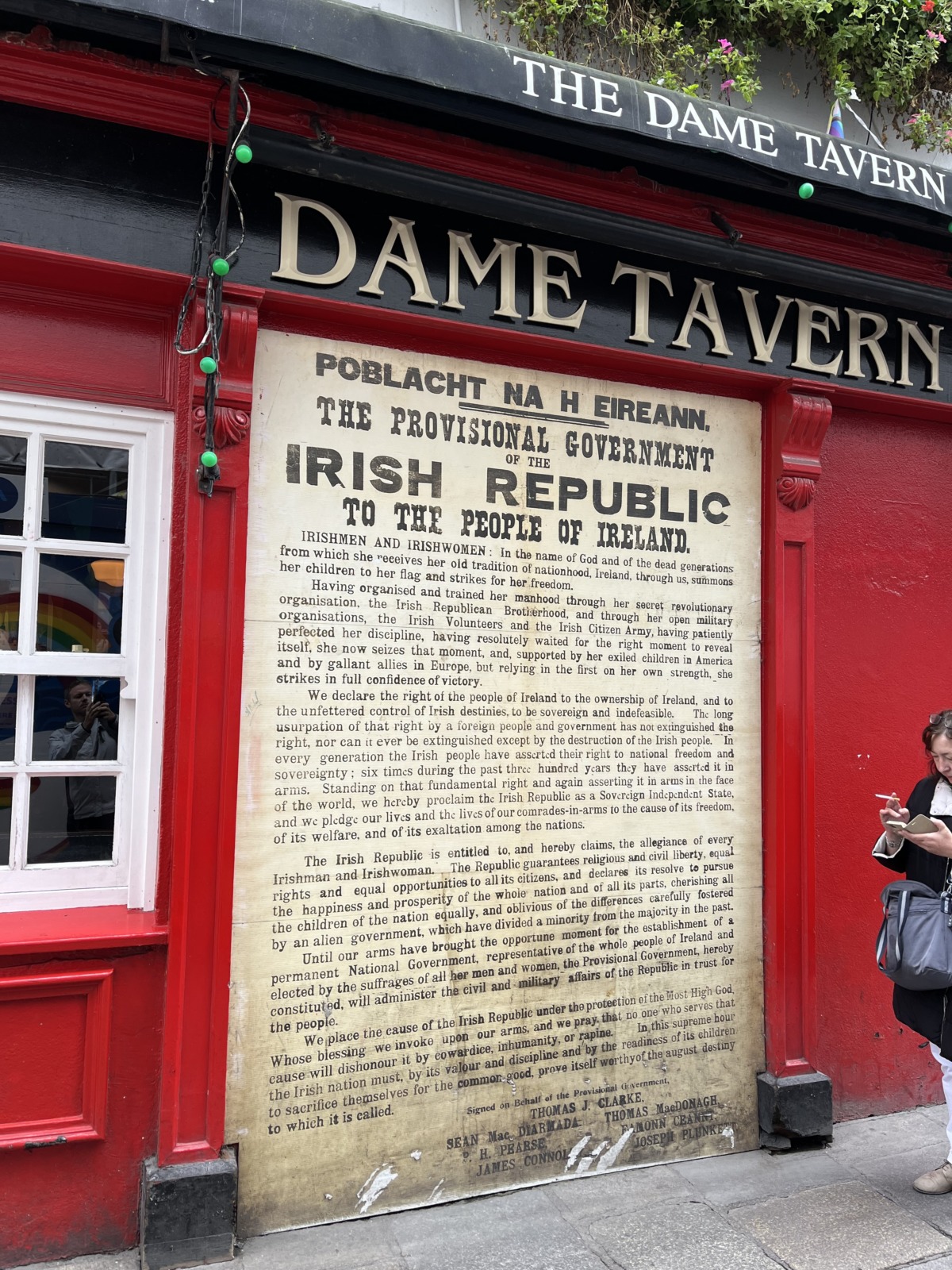
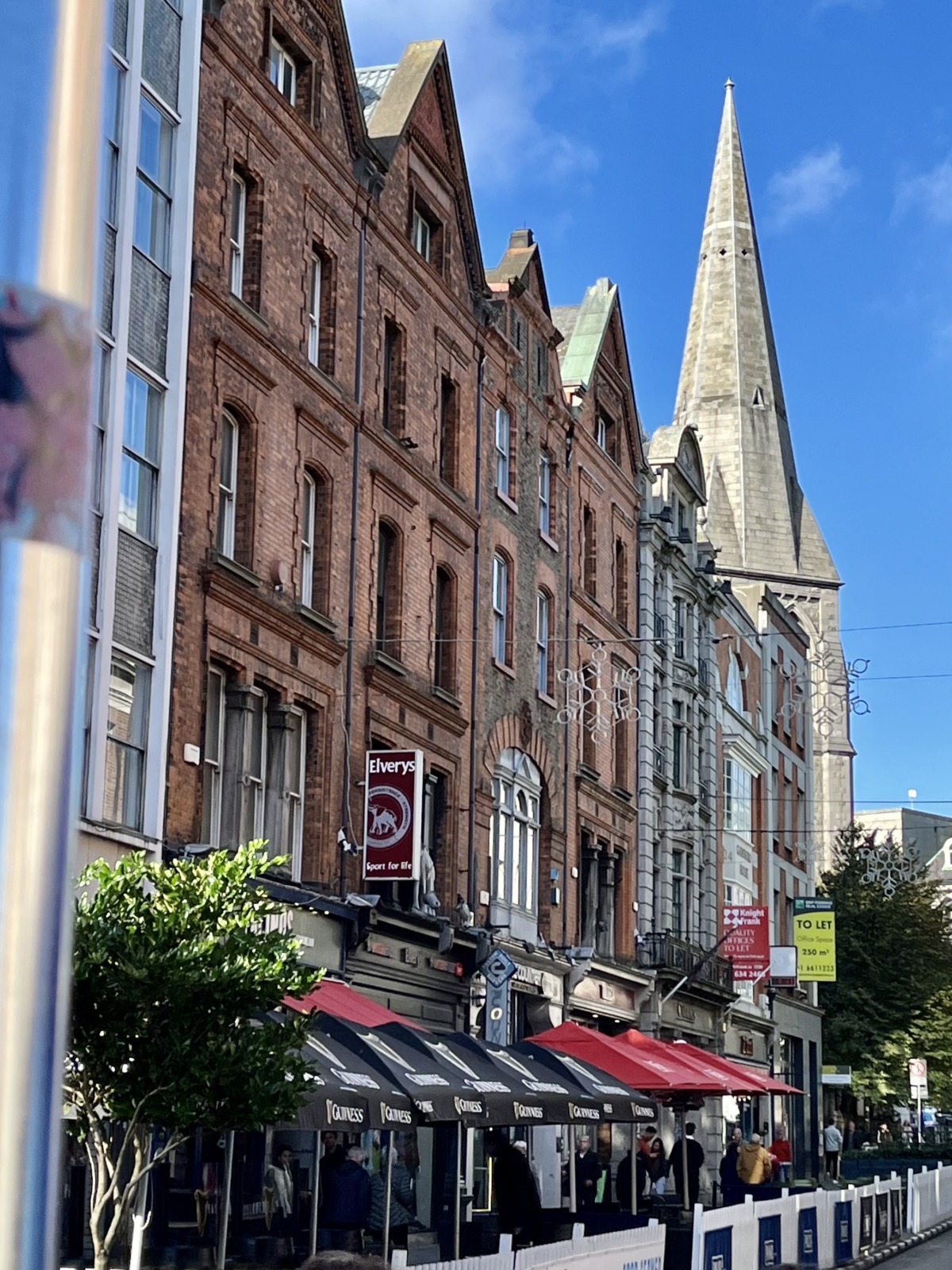
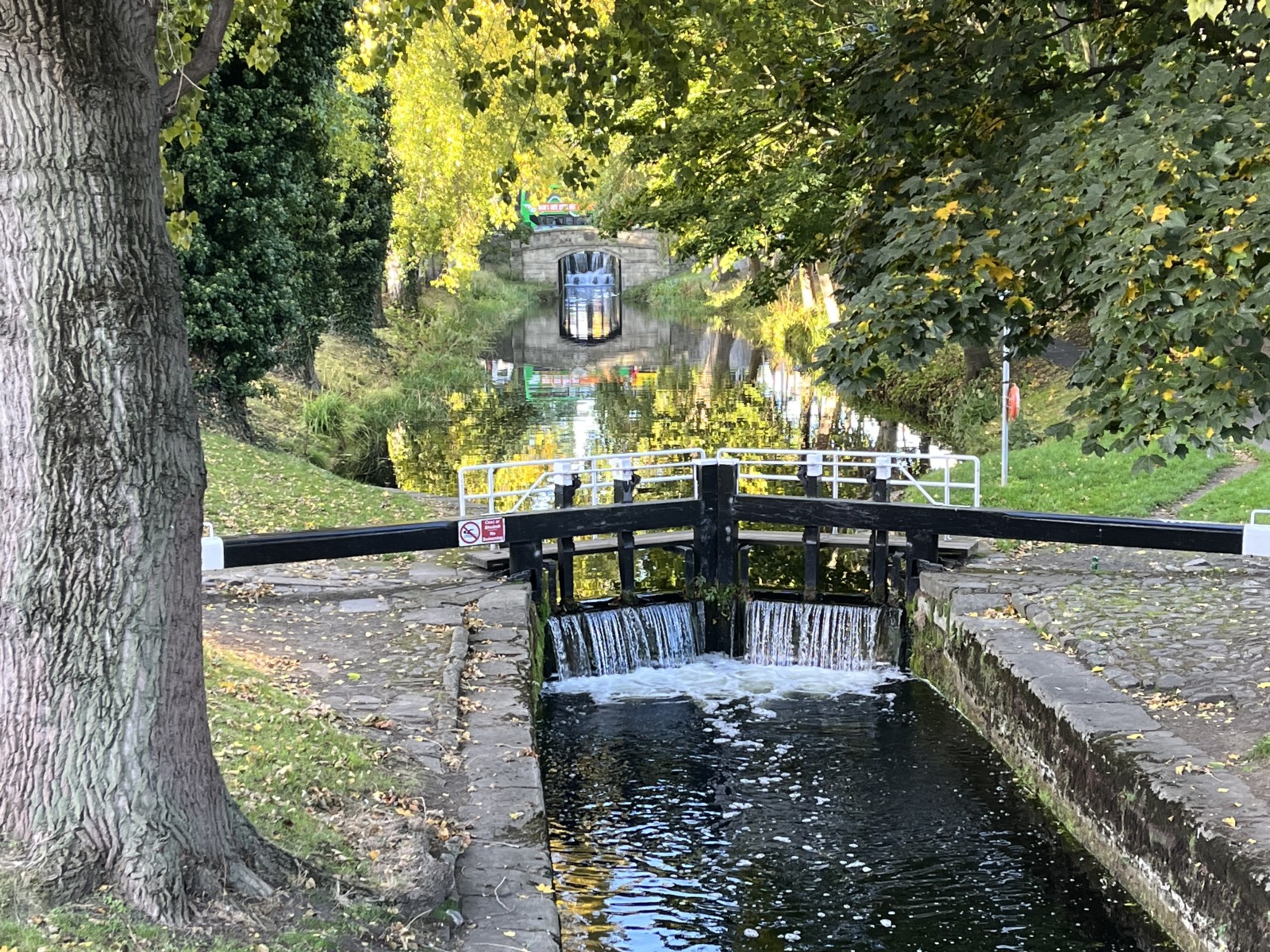
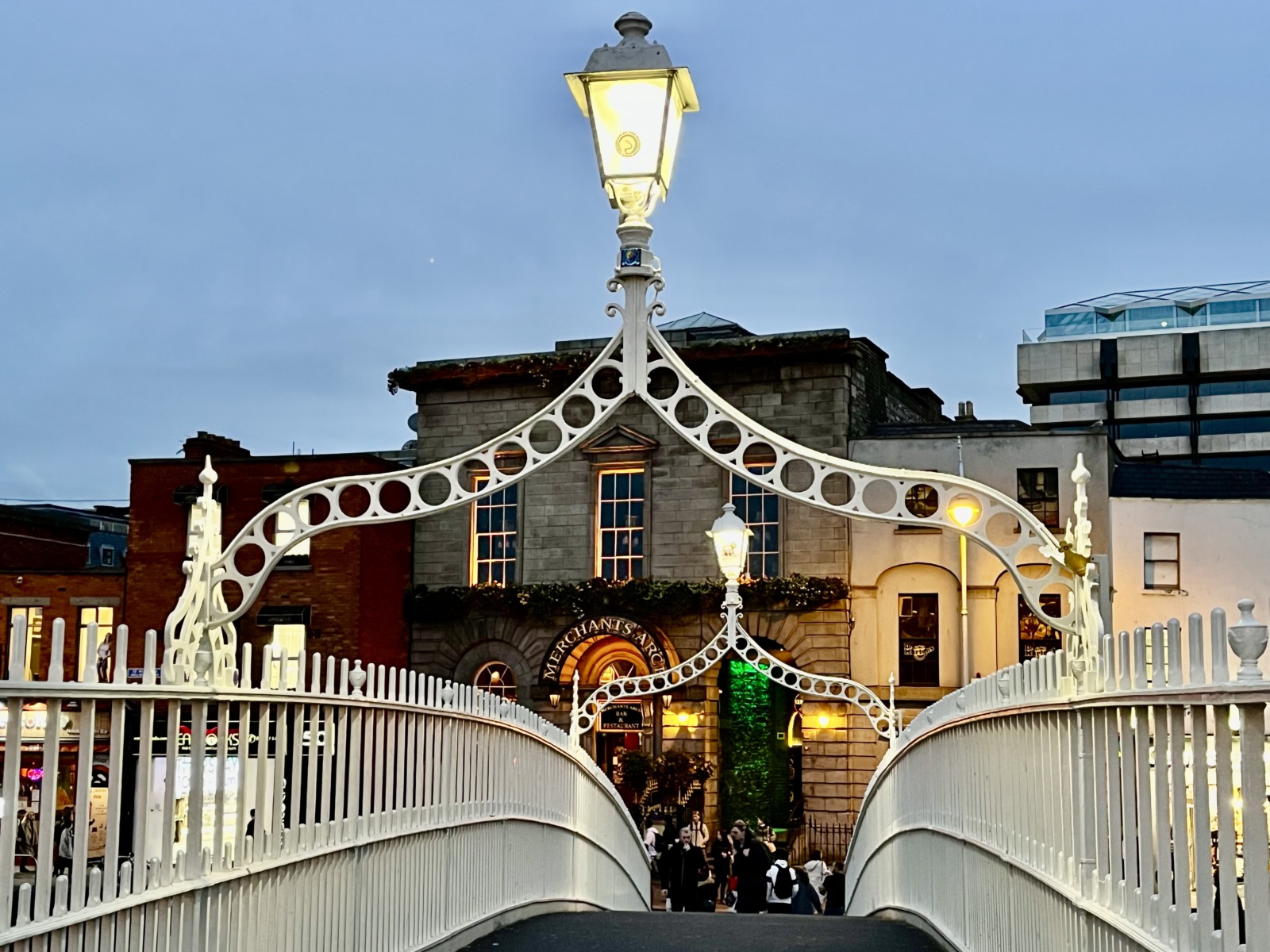
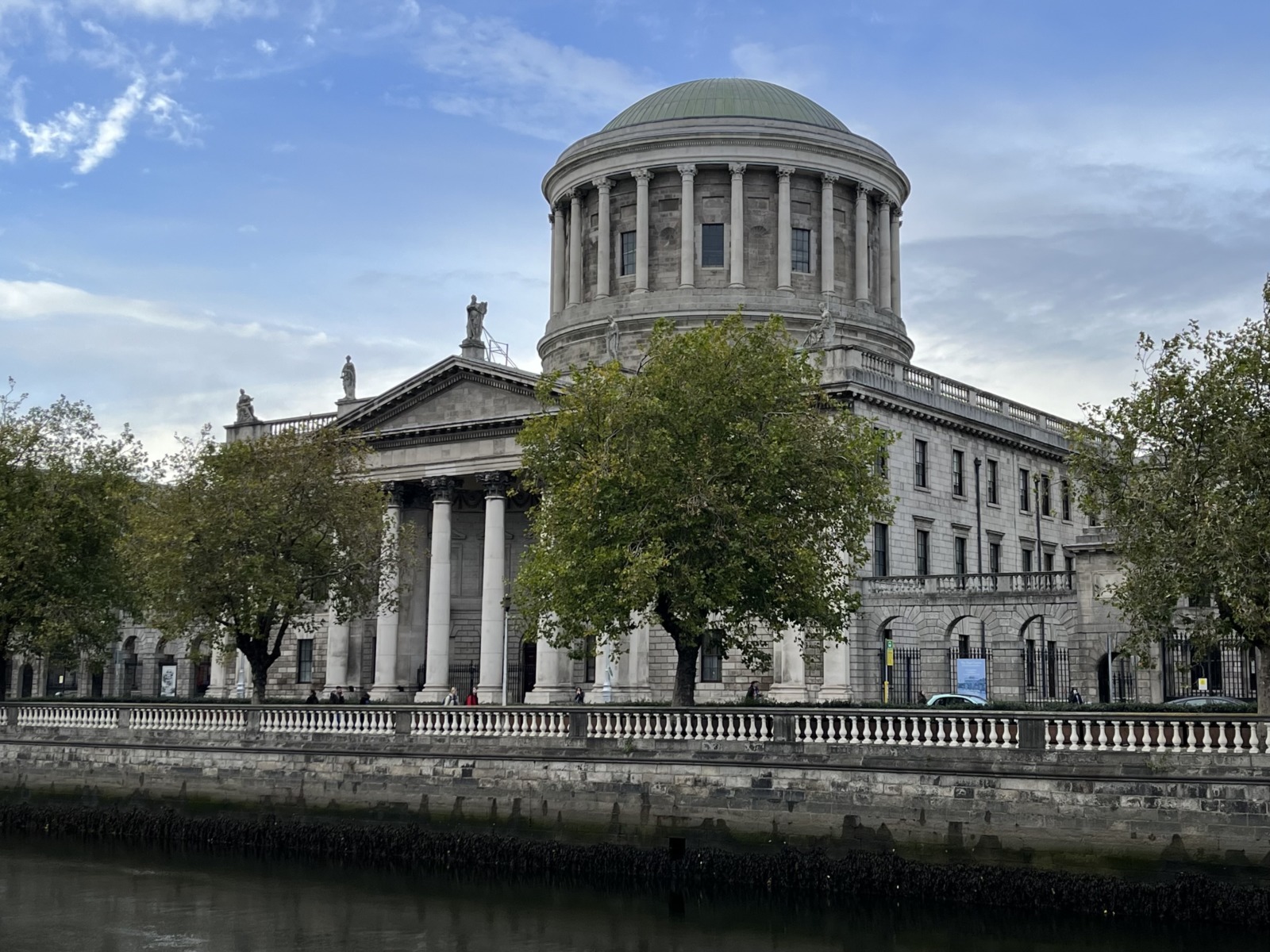
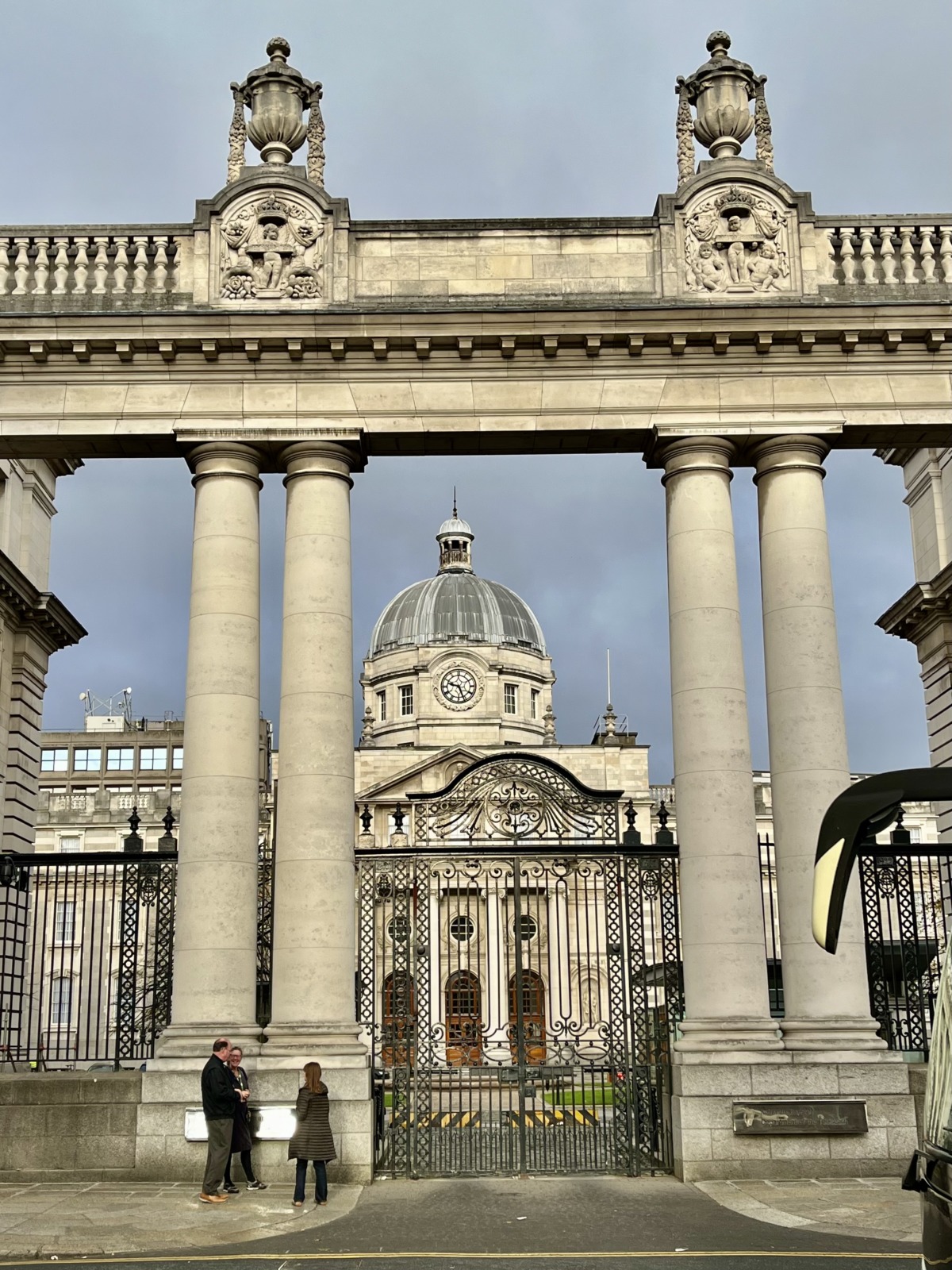
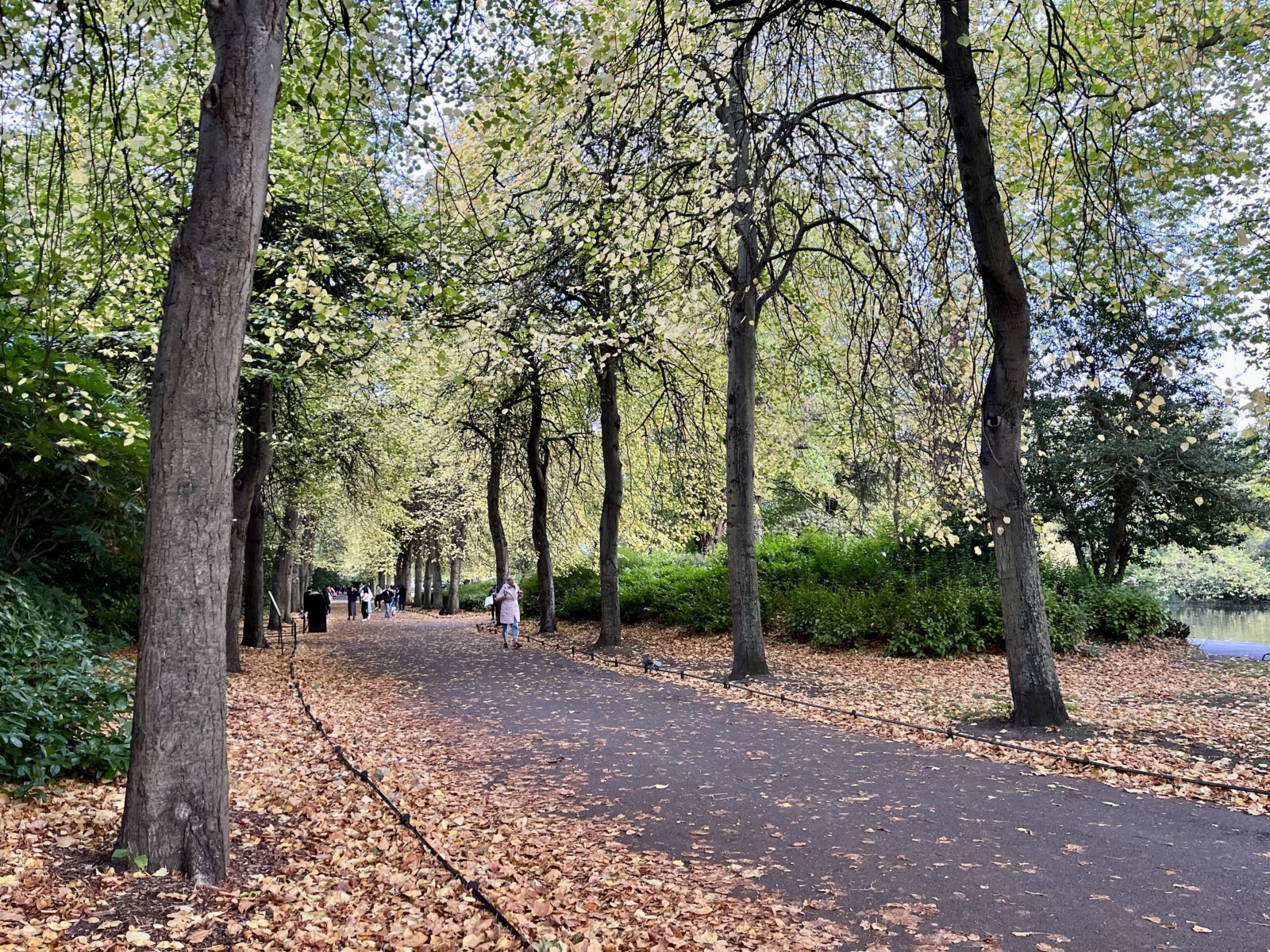
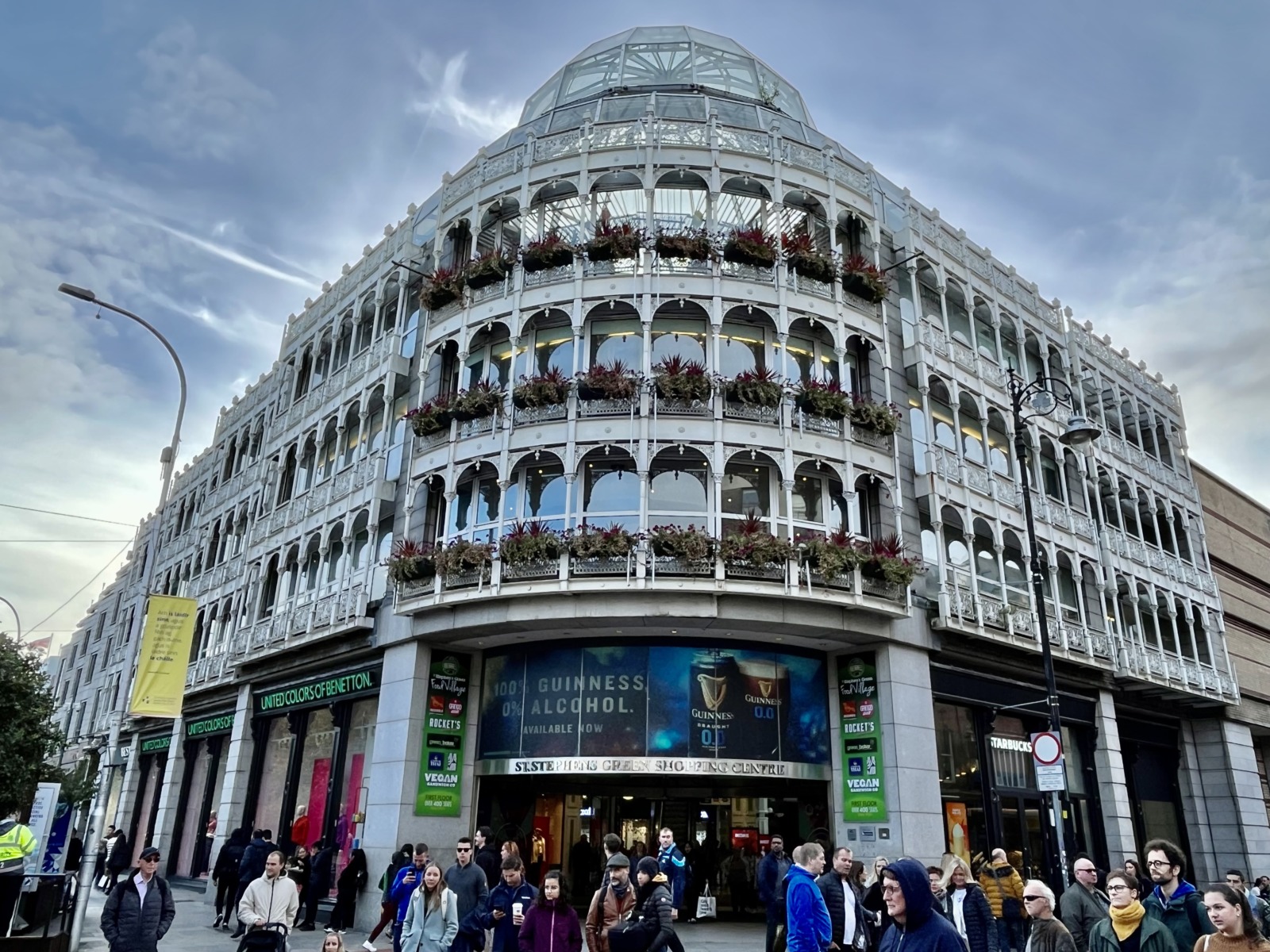
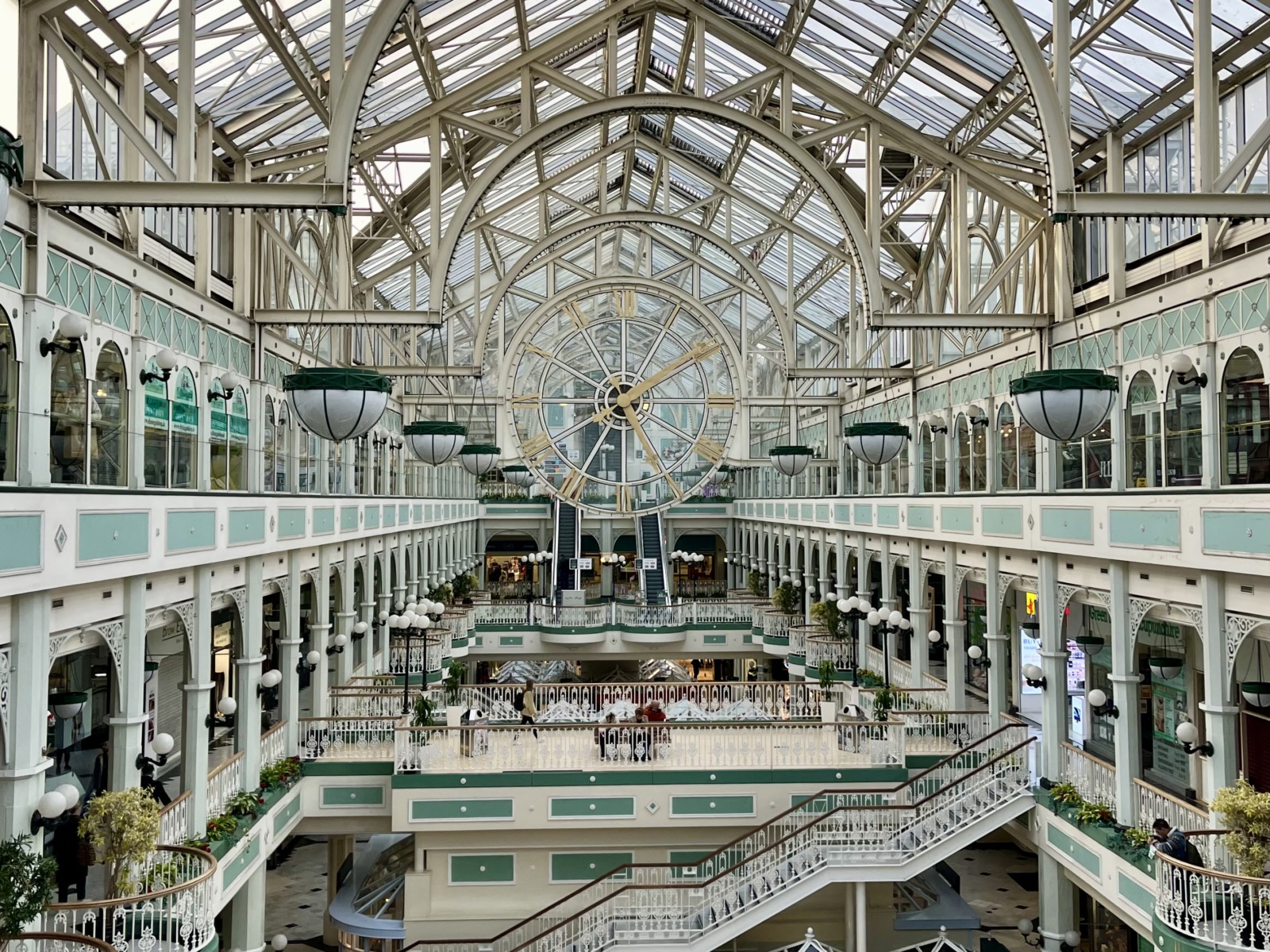
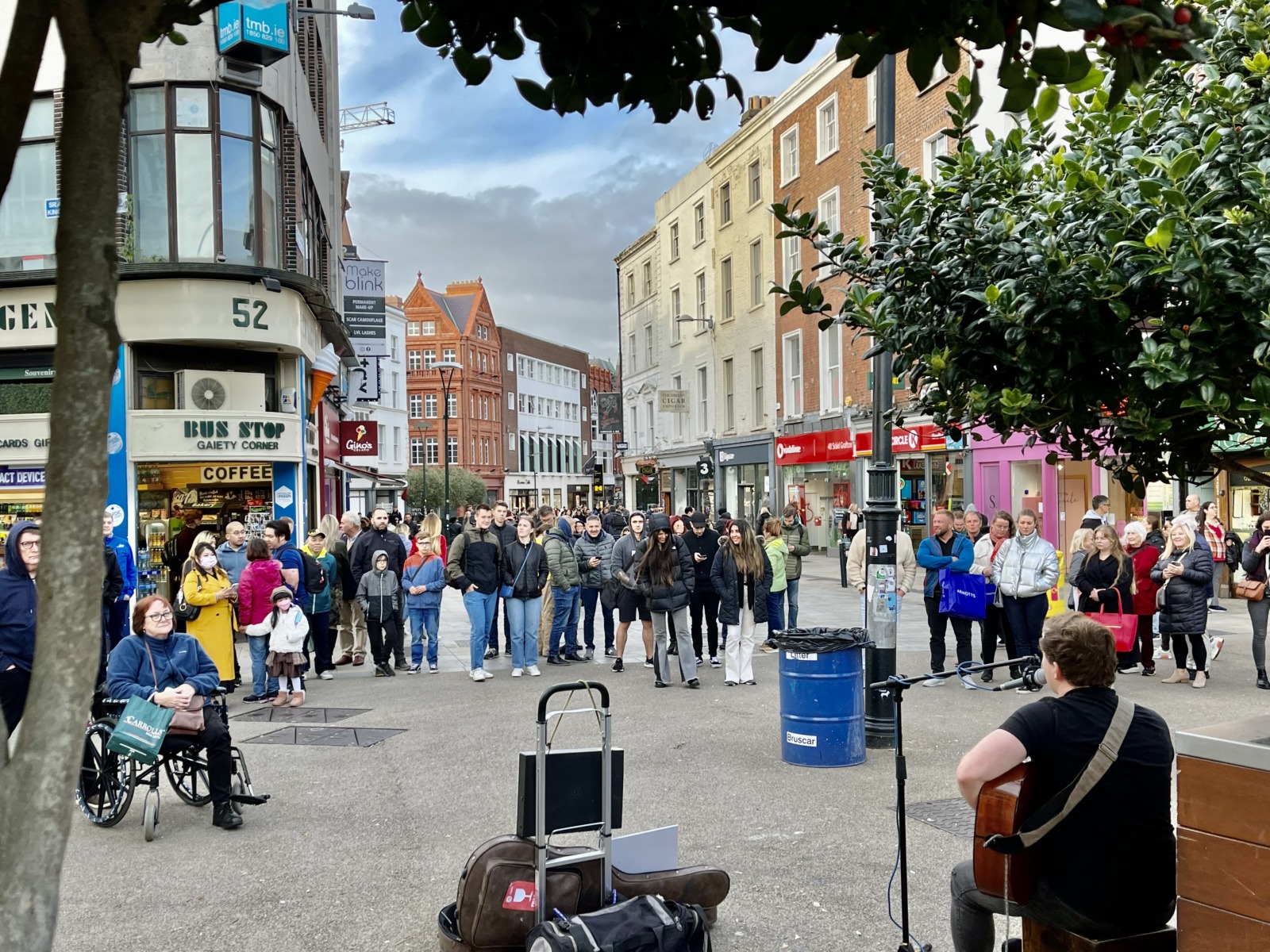
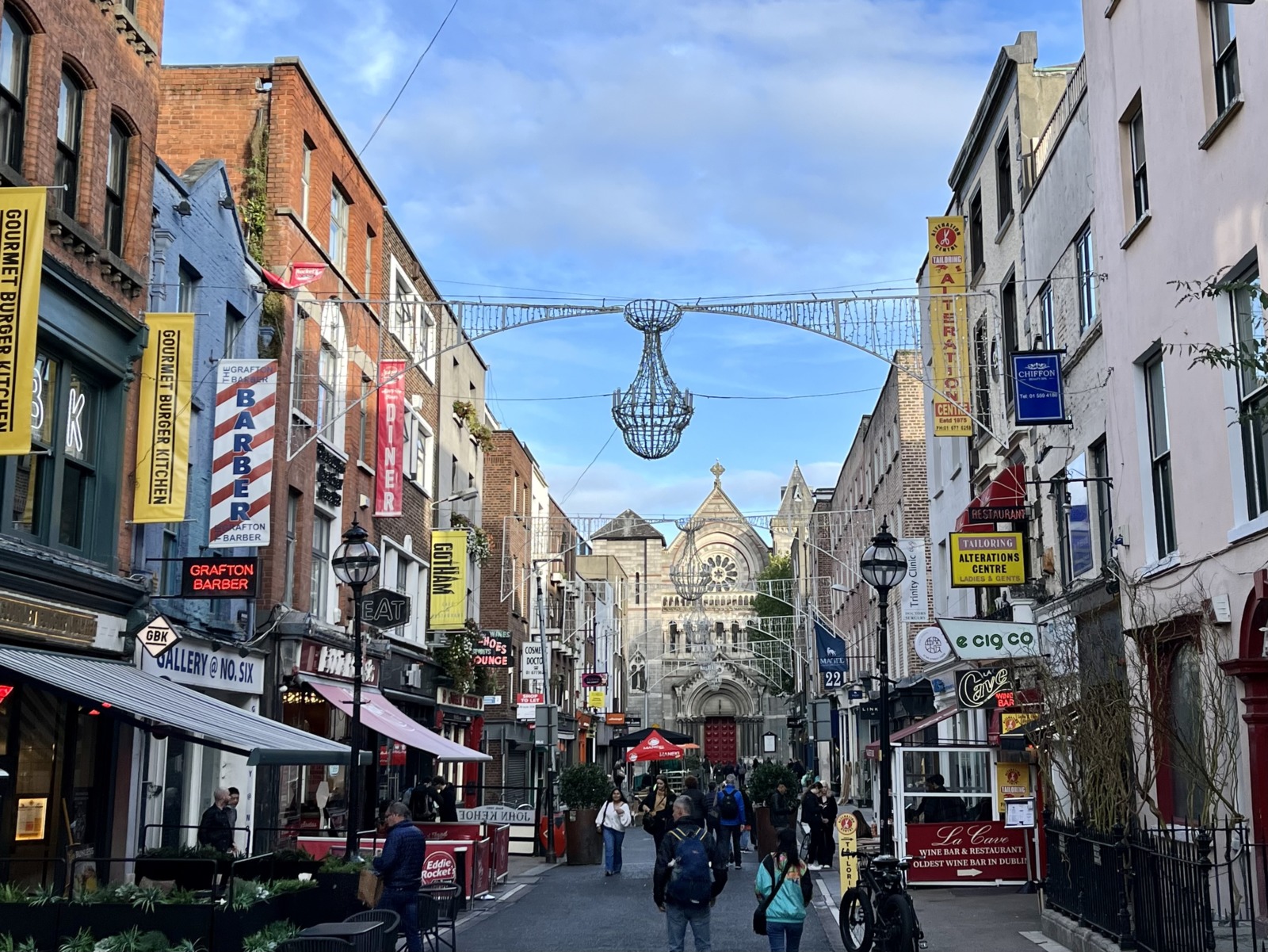
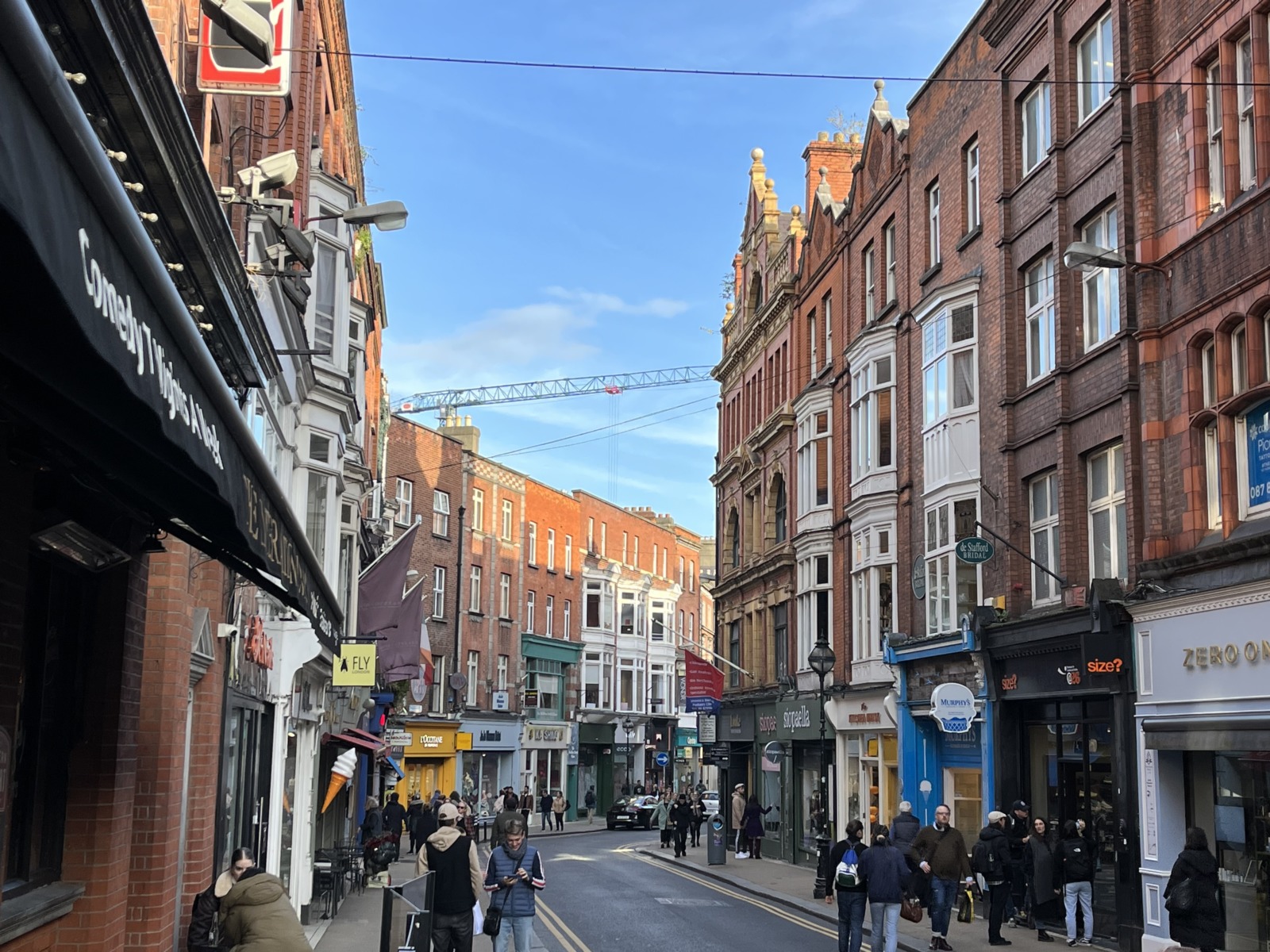
General Post Office de Dublin
It may seem surprising, but one of the most interesting buildings to visit in Dublin is the Post Office building! Specifically the General Post Office in Dublin.
To find this building, it’s very simple, just go up O’Connell Street, locate the Spire (which I mentioned a little above) … the building is to the left of it.
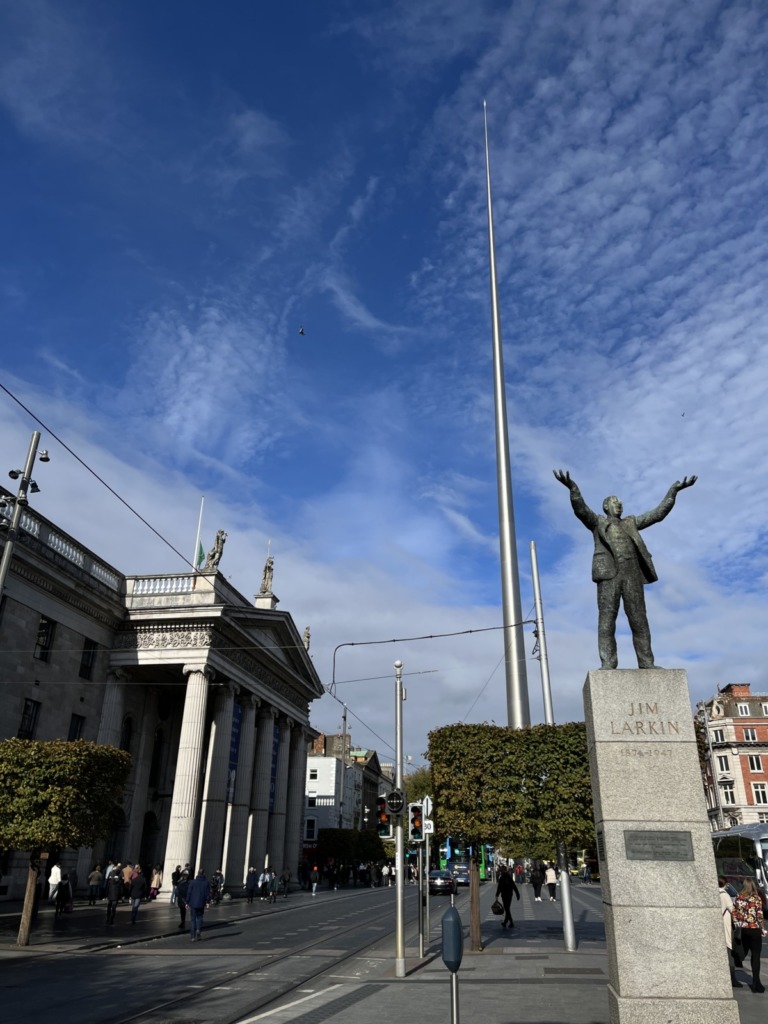
With its straight columns and Roman-style pediment, this neoclassical-style building opened its doors to the public in 1839.
It was in 1916 that the General Post Office in Dublin was the scene of a very important event for Ireland. Indeed, it served as the headquarters of the famous Easter Rising: it was there that Padraig Pearse, the poet, and James Connolly, the trade unionist, proclaimed the Independence of Ireland with 1,000 men of the Irish Volunteers.
This building currently houses a post office (on the left as you enter the building), which has really remained “in its original state”, so quite nice to see.
But above all you will find the GPO Witness History, a museum opened in 2016 for the centenary of the Easter Rising.
This event is perfectly explained: the historical context of Ireland and Europe before the events, the national cultural renaissance which was a kind of detonator, the course of this insurrection, its consequences.
Everything is of high quality and complements each other perfectly: the period objects on display, the audio guide, the explanations, and above all the film projected at 180° on a giant screen! It traces the events chronologically, based on a map of Dublin on which zooms are made, with computer-generated image animations and sequences filmed with real actors.
Concerning the consequences of this Insurrection, it should be noted that its leaders were executed, which strongly marked the population of Dublin, who in a way took up the torch. This led to a bloody civil war in the early 1920s, then to Irish Independence (except the northeastern part, which remained in the British Empire following elections and an agreement reached at the end of the conflict).
The situation only calmed down in the late 1990s, as the IRA wanted all of Ireland to be independent.
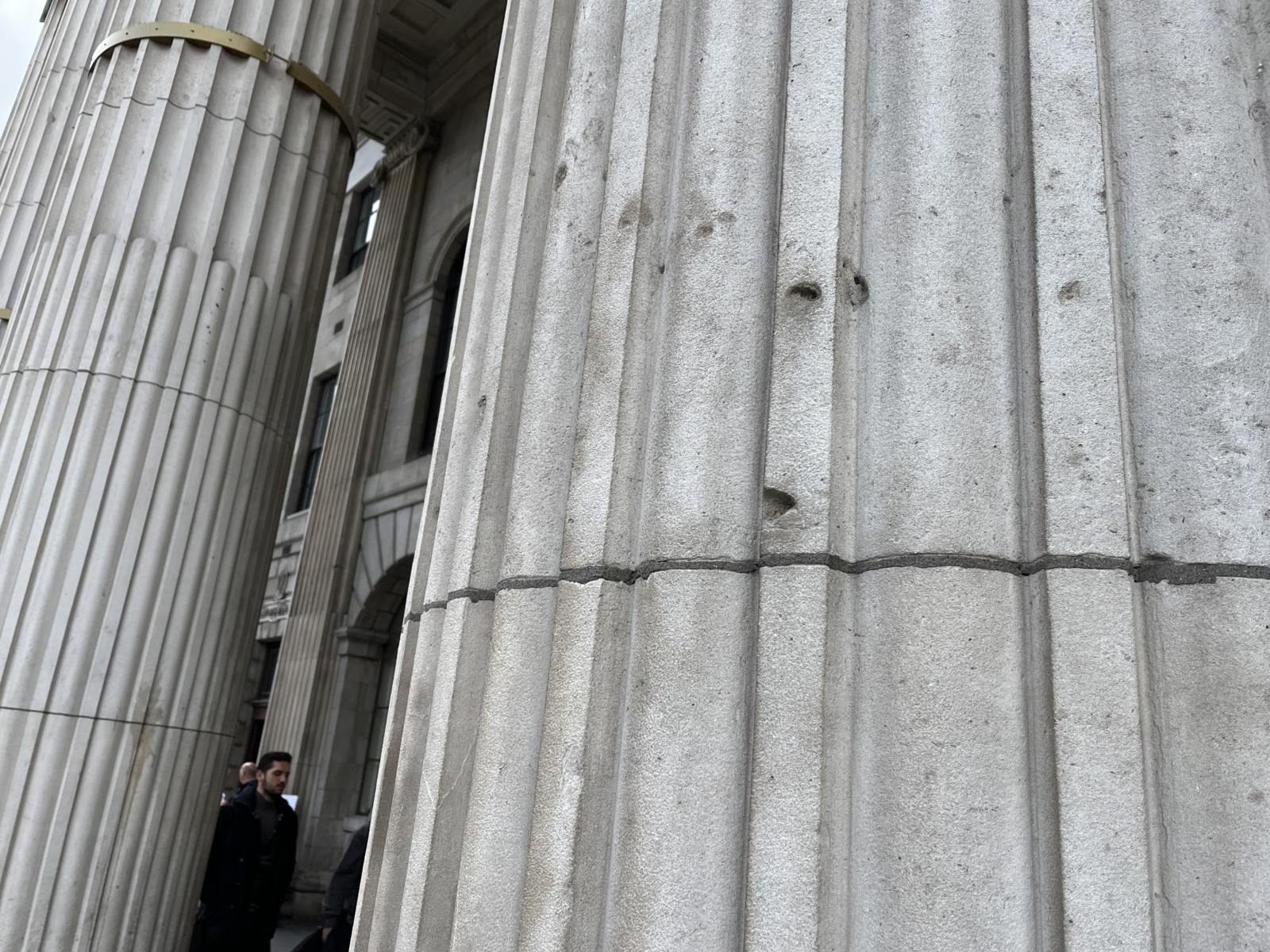
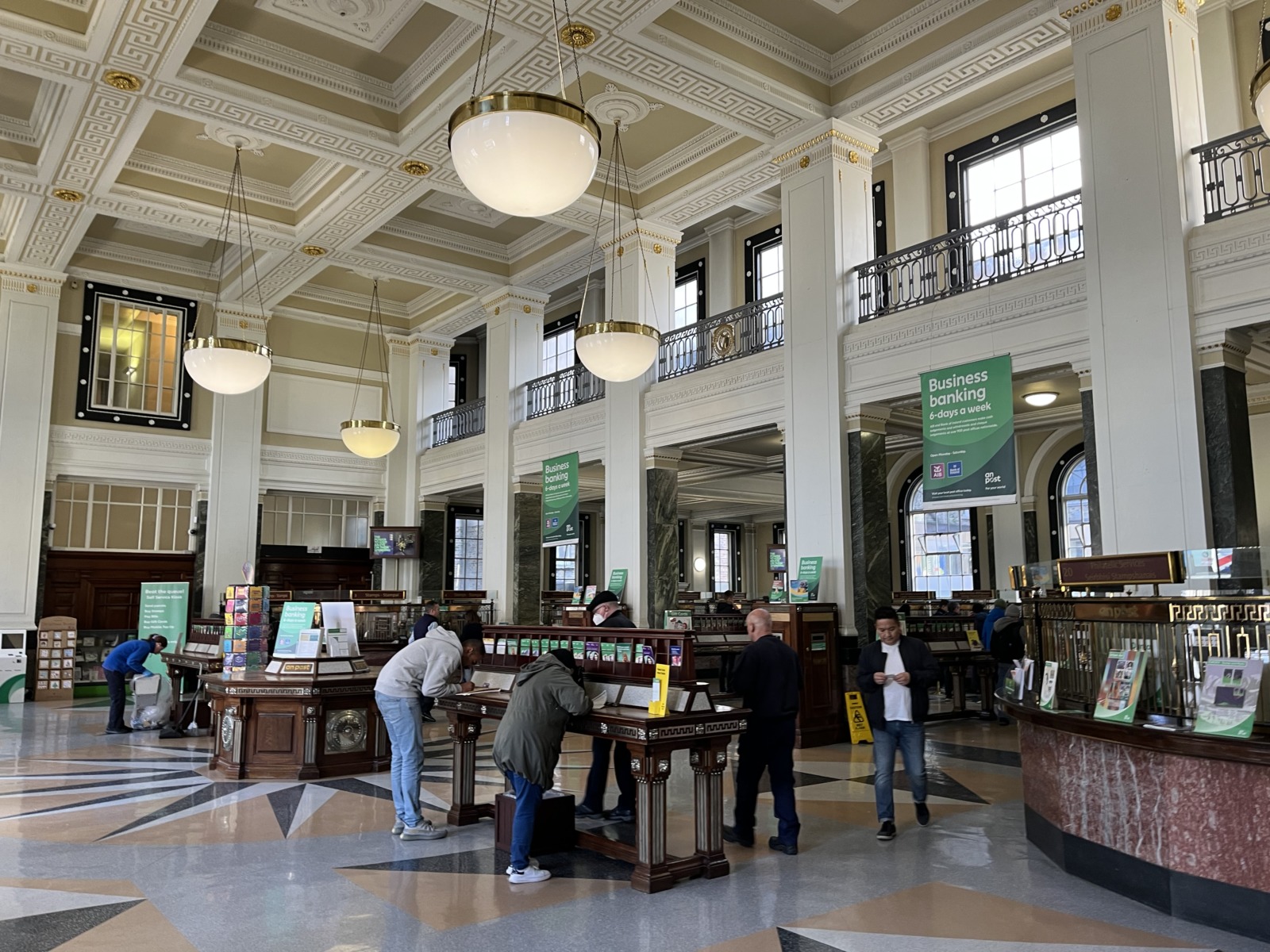
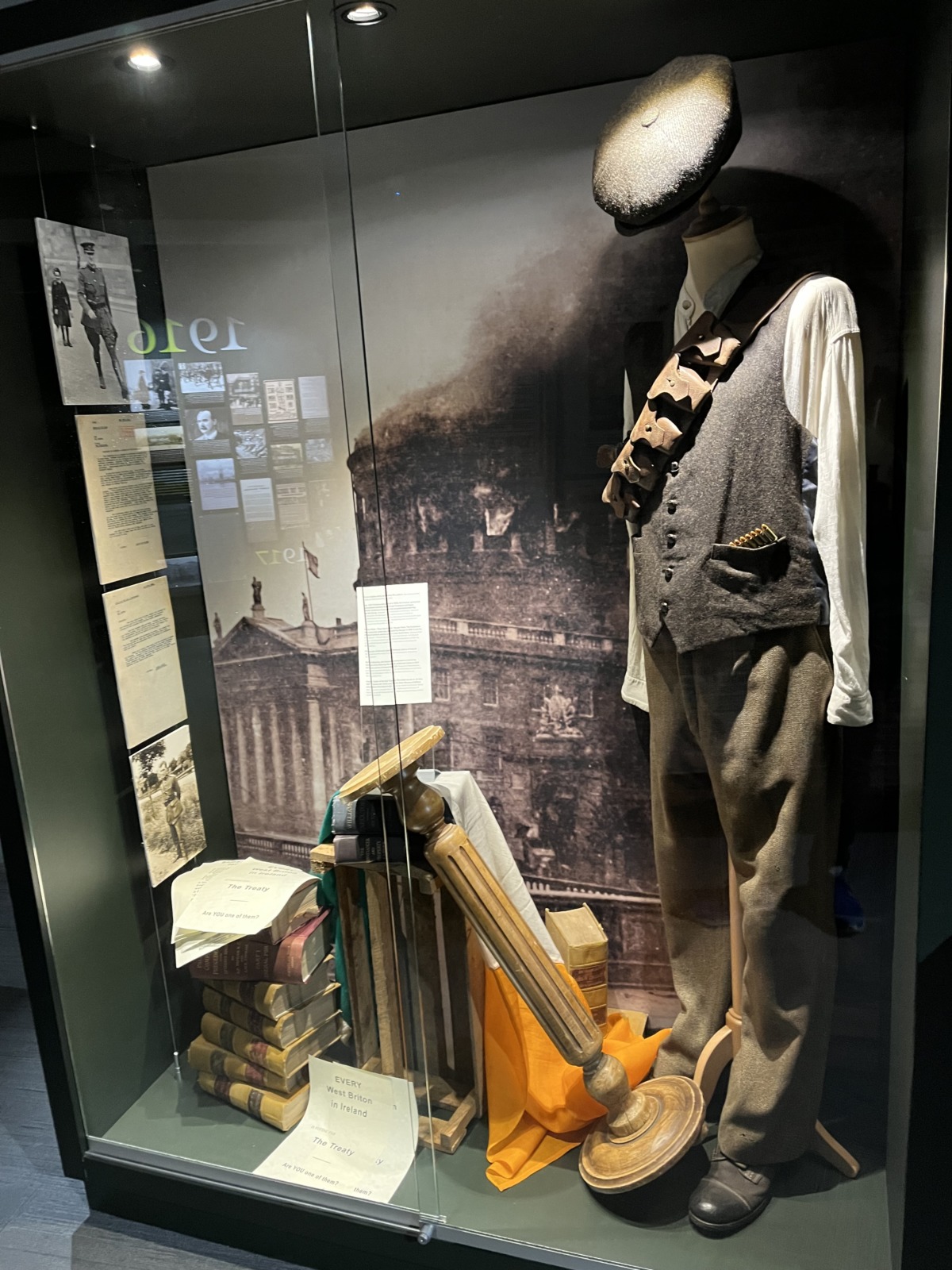
Official website and ticket office : https://www.anpost.com/Witness-history
The Temple Bar area
If there is one area to visit in Dublin, a mythical area, it is Temple Bar!
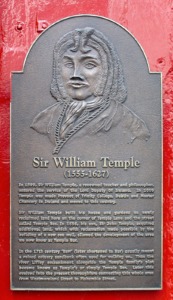
“Temple Bar” comes from a man named William Temple, rector of Trinity College, who had a house in the 16th century. It was originally the craftsmen’s district, long renowned for its insecurity at night.
In the early 1990s, a renovation project initiated by the government saved this district , which lost its “vagabond and bohemian” aspect, but could thus become one of the favorite places of the inhabitants and visitors of Dublin.
Small in size (500 meters by 300 approximately), Temple Bar is full of pubs, small cafes and typical restaurants.
The pubs in the Temple Bar area are lively from early afternoon, with live music playing non-stop by bands who mainly perform (from what I heard) Irish folk music or Irish rock songs (U2 of course).
The atmosphere in the evening is completely crazy, with Dubliners, but also tourists, singing and dancing.
Note that the whole area is pedestrianized, even bicycles cannot circulate there. The streets are paved, you feel totally at ease there.
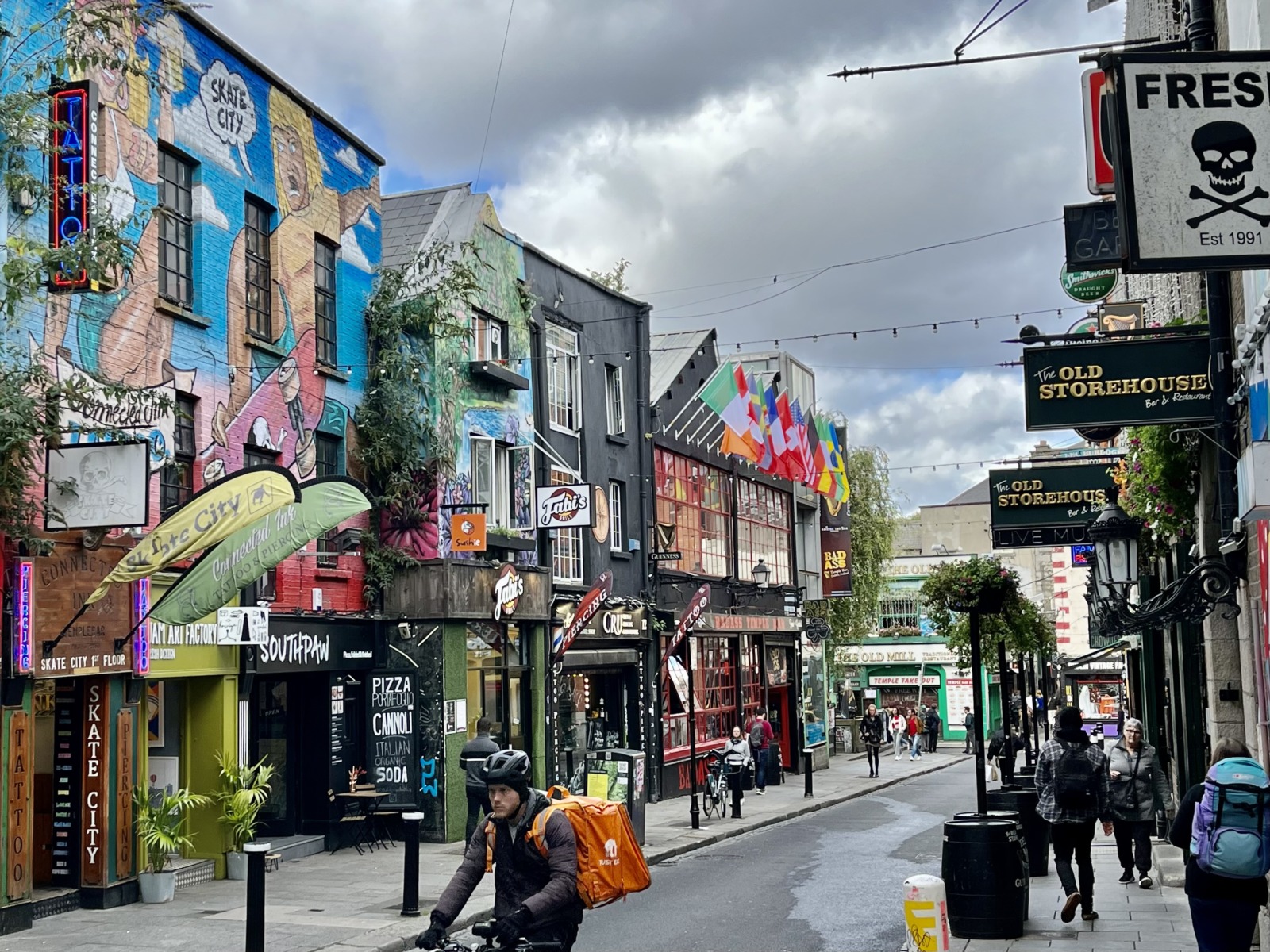
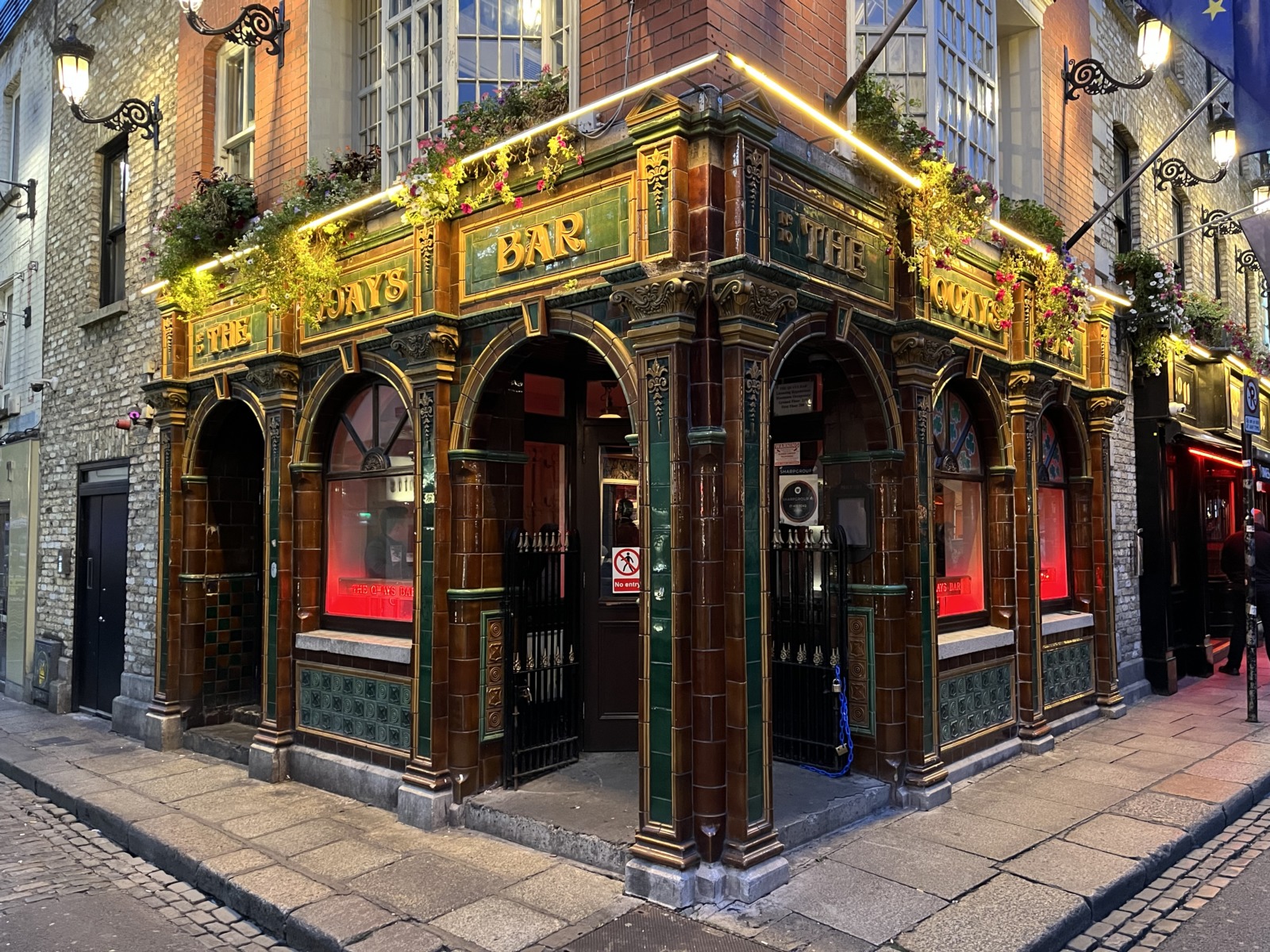
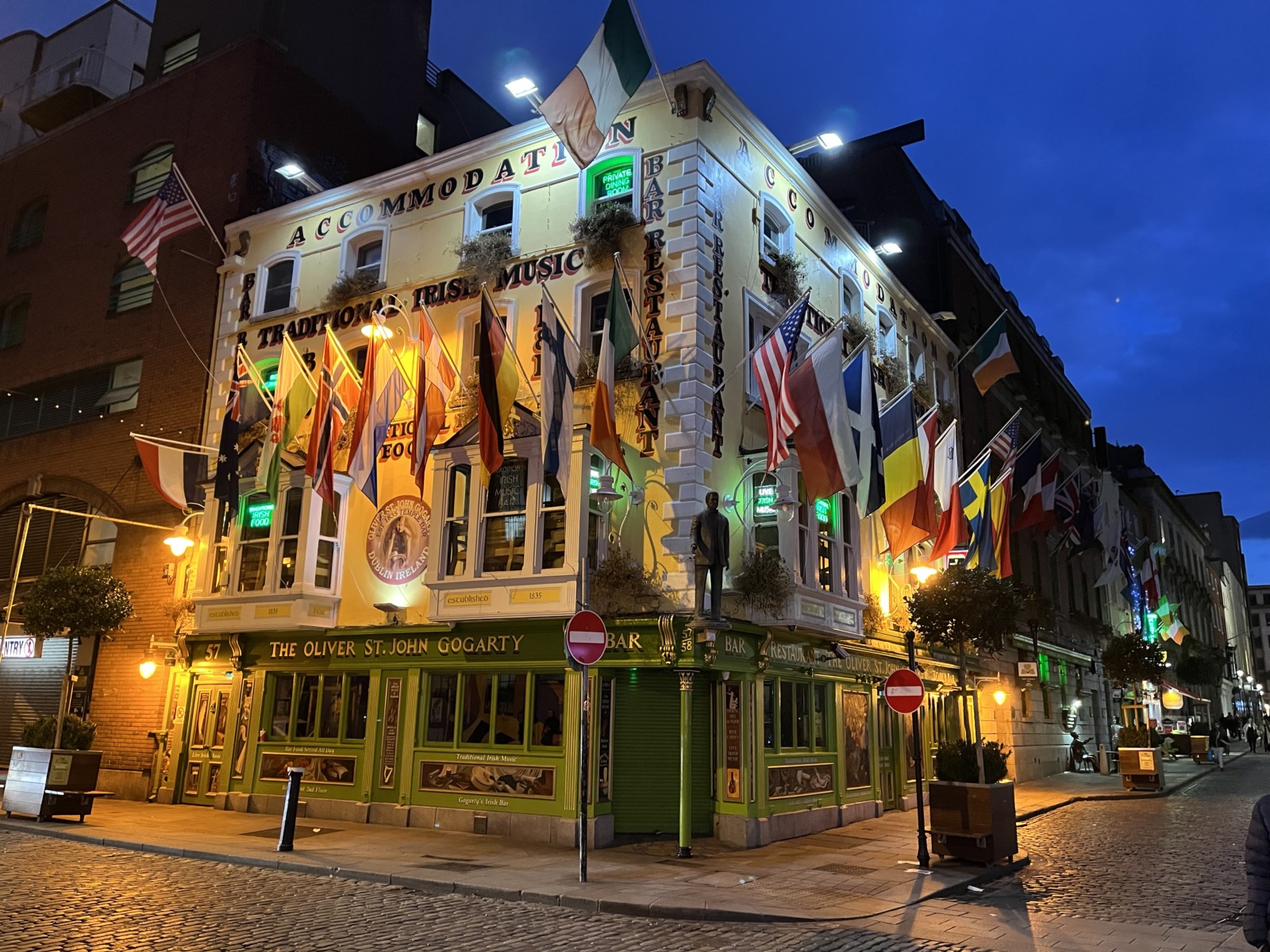
THE pub to see and visit is the Temple Bar Pub, with its red facade and central location, it is unmissable. For the amateurs, it mainly serves Whiskey (apparently not in moderation), and the music is played there from 2:30 p.m. to … 2:30 a.m.!
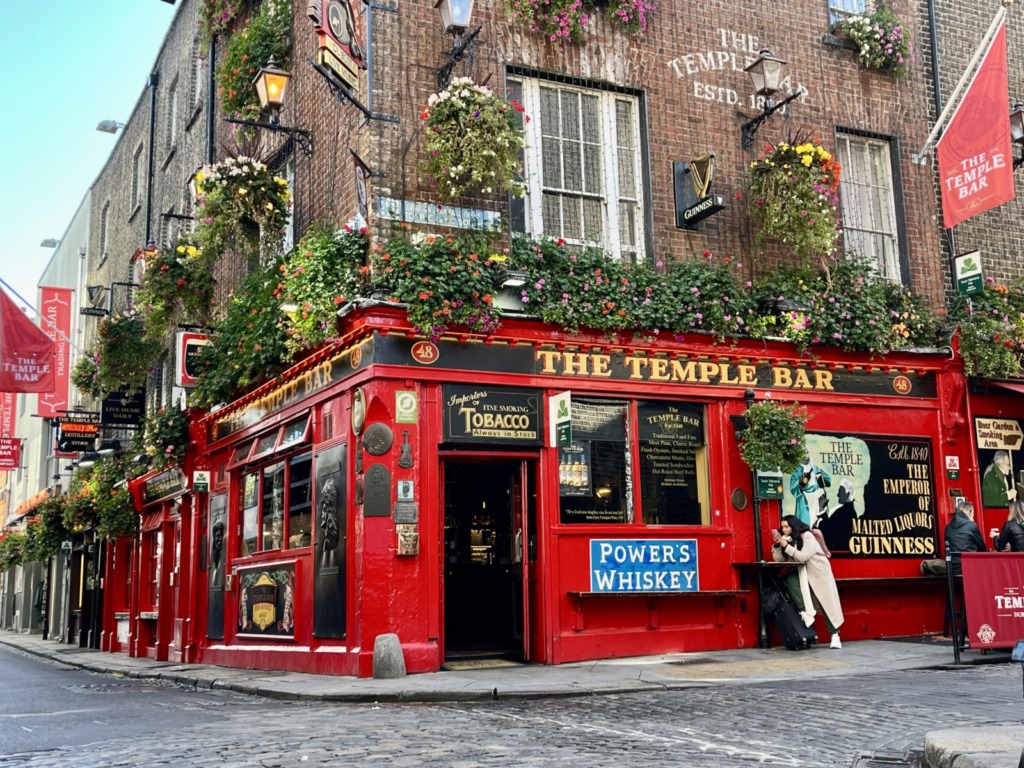
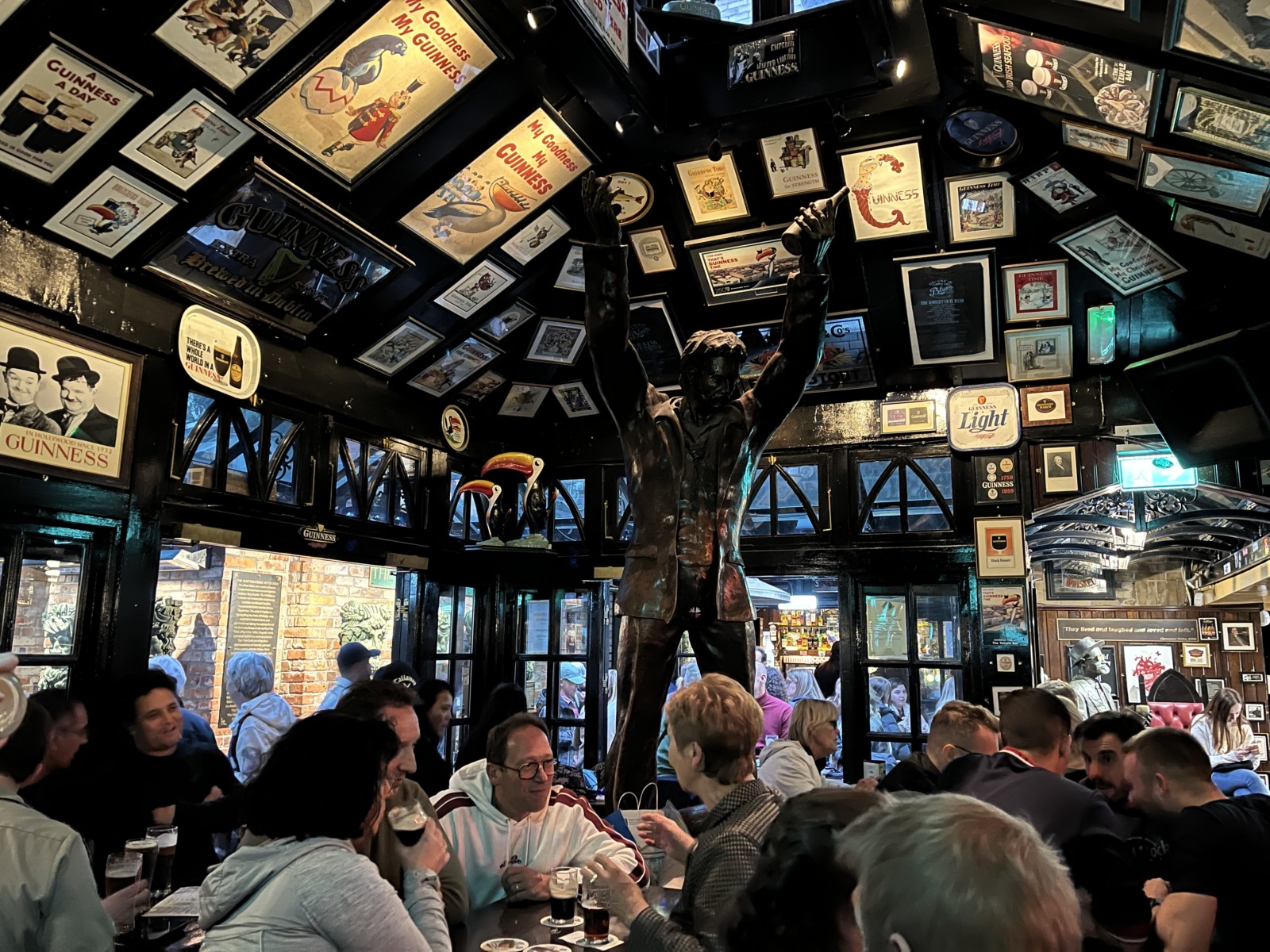
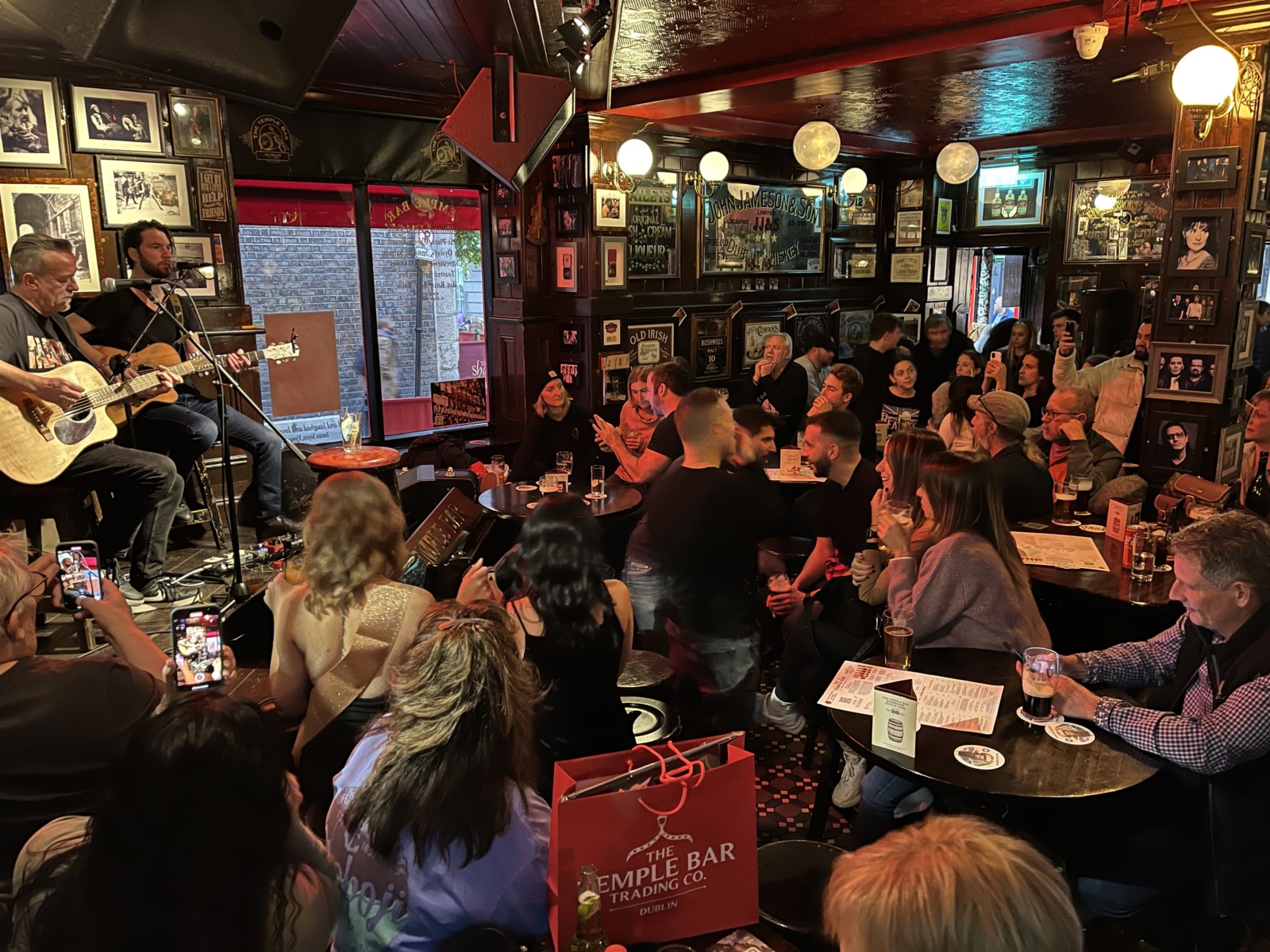
Small digression: whether in this neighborhood or in all of Dublin, you feel very safe even late at night! It doesn’t “suck” at all, as it apparently did after major renovations in the 1990s.
It’s not just “bars” in Temple Bar! during the day, it’s also very pleasant to walk there: Colorful facades with flags and signs of local “drinks”, Street art, craft shops, art galleries, tattoo artists… No traces tourist souvenir shops or fast food in this area, really “apart” in the city of Dublin.
Tip : The ideal is to enter the Temple Bar area through the Merchant’s Arch (just after the Ha’Penny Bridge). Discovering Temple Bar for the first time by entering this place is purely magical, moreover it is very reminiscent of the Harry Potter universe!
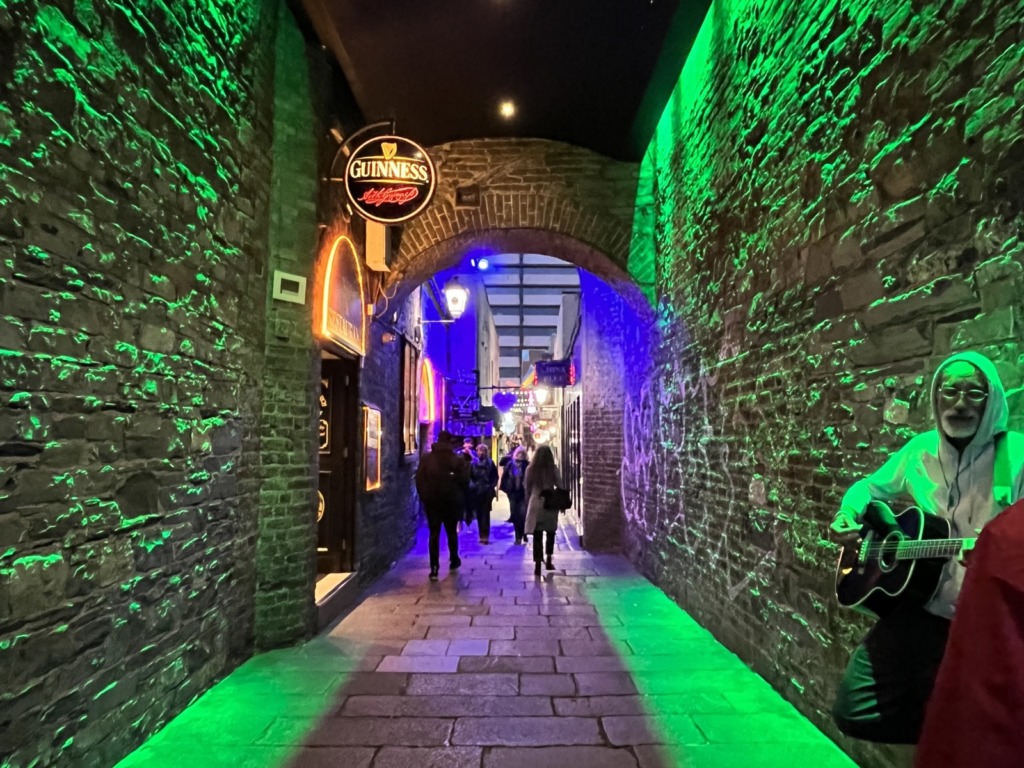
Dublin Castle
For a trip back in time, but also if you like everything related to royalty and power, a visit to “Dublin Castle” is a must.
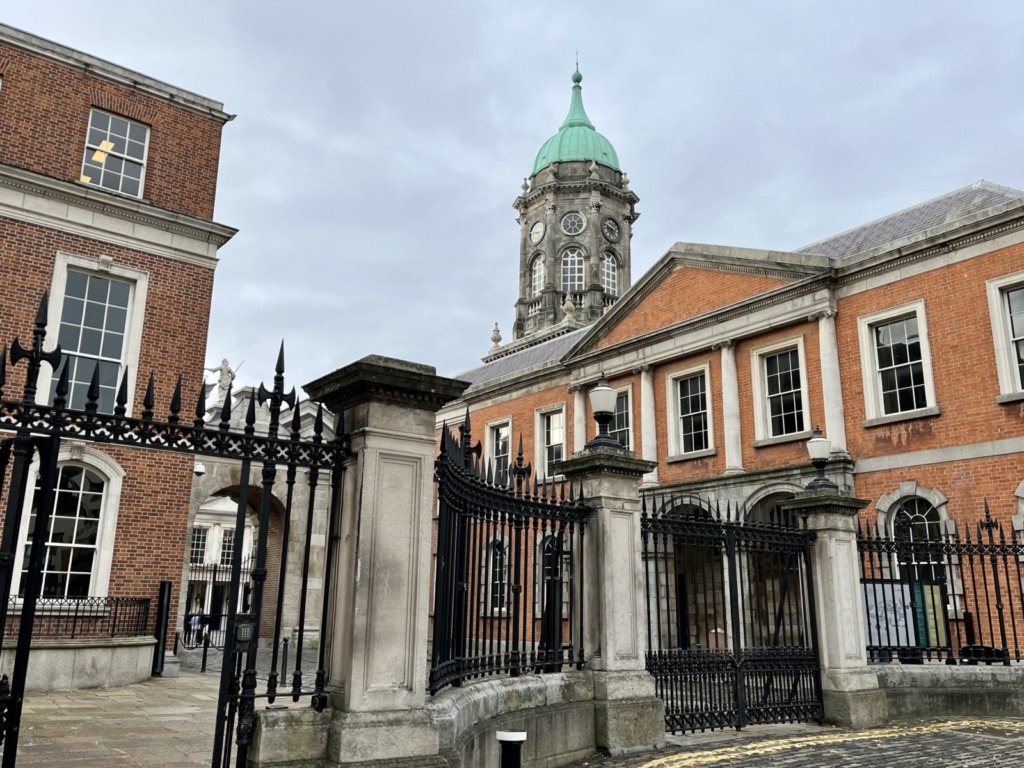
The castle has had many functions over the years:
- A fortress (Vikings, Normans then medieval times)
- A royal residence (the viceroy / viceroys of England lived there)
- A military barracks
Not much remains of the fortress, apart from 2 towers, one of which is complete, a section of wall, and the foundations.
Thanks to the guided tour, you can really immerse yourself in these different eras, everything is very well explained and very interesting. This visit lasts about 1 hour, it also includes a visit to the Royal Chapel (19th century), adjoining the tower of the fortress that remains.
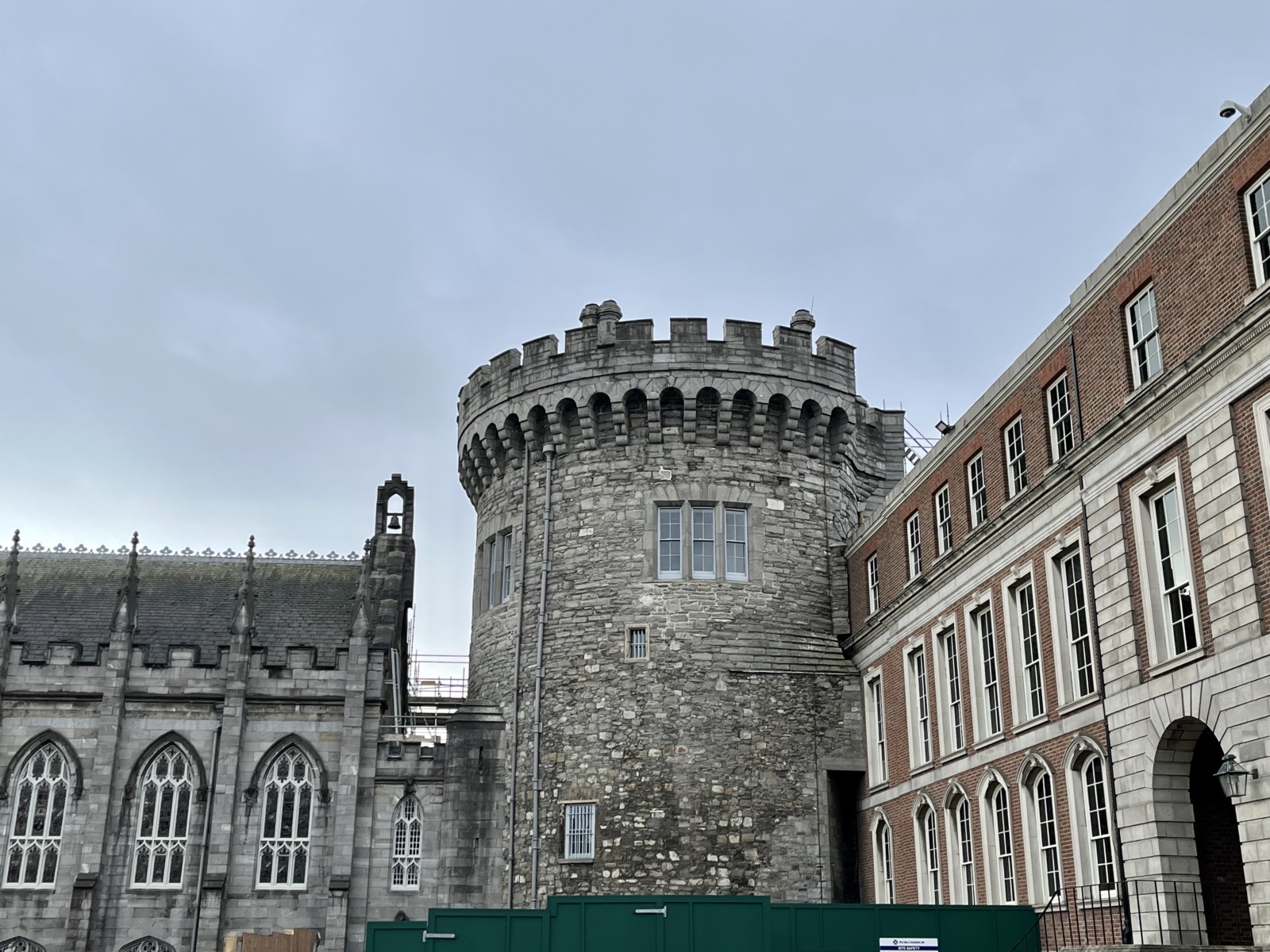
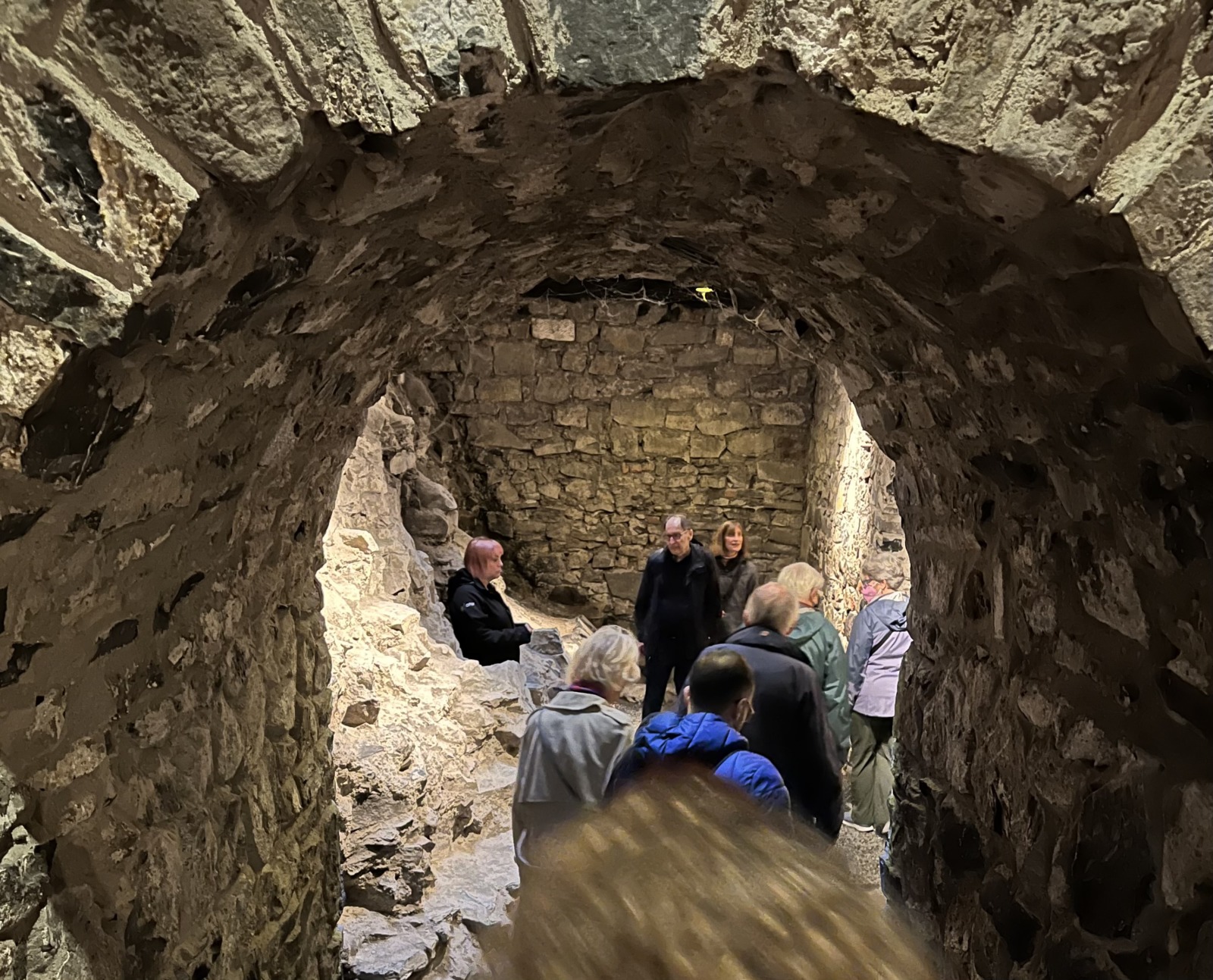
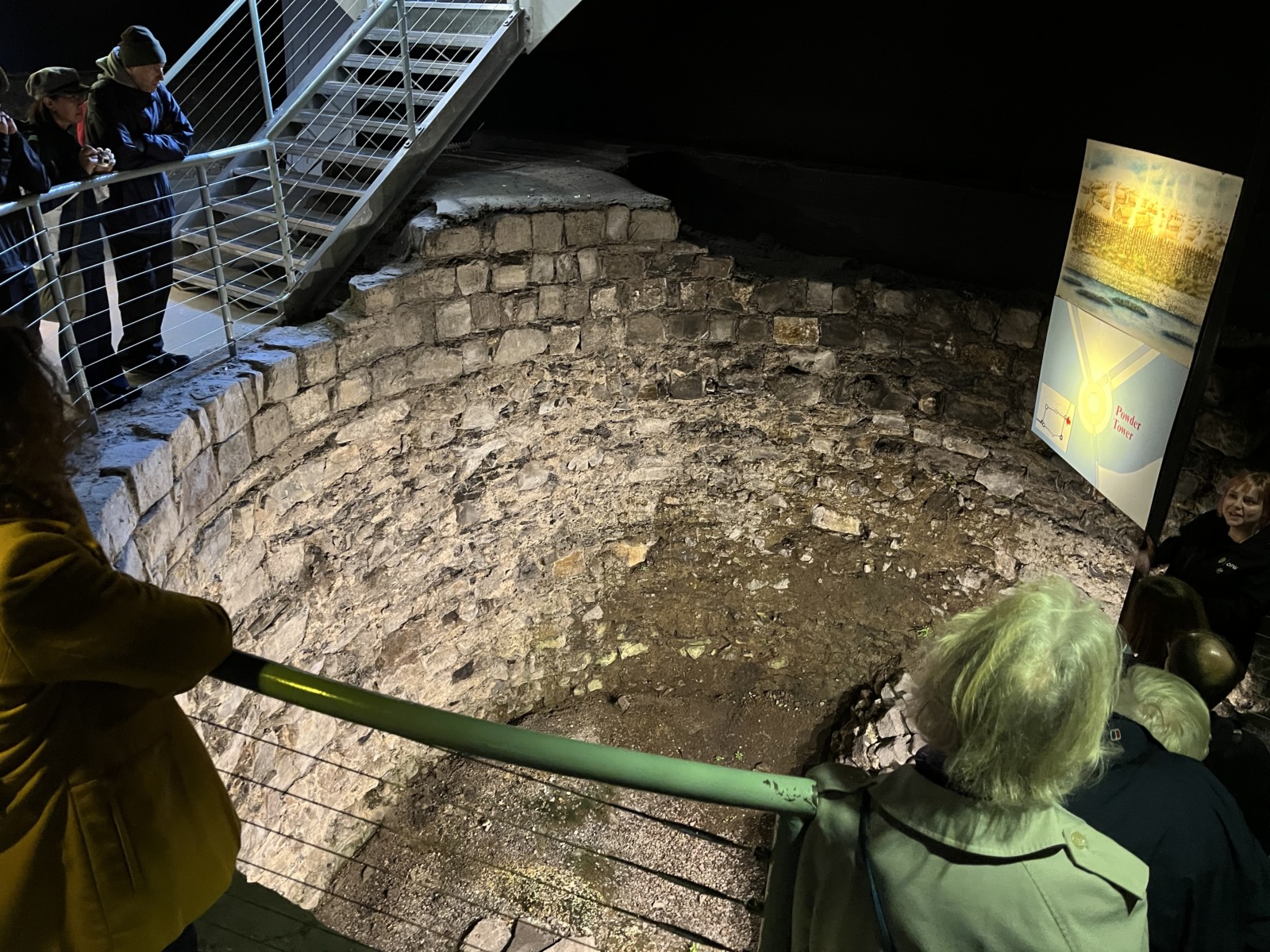
For all the royal part of the castle: it is free visit!
You will be able to access around fifteen rooms in the royal apartments, in particular the Drawing Room, magnificent with its red velvet armchairs, and the former ballroom, Saint Patrick’s Hall, with its superb decorated ceiling. A large golden plaque indicates that Queen Victoria was invited there, but it was not the only personality, as indicated by a small exhibition present before arriving in this room.
You can also see the Viceroy’s Throne in one of the rooms.
The Viceroy of Ireland or Lord Lieutenant of Ireland was the representative of the king and the head of the Irish executive during the periods of the lordship of Ireland (1171-1541), of the kingdom of Ireland (1541-1800) and the United Kingdom of Great Britain and Ireland (1801-1922).
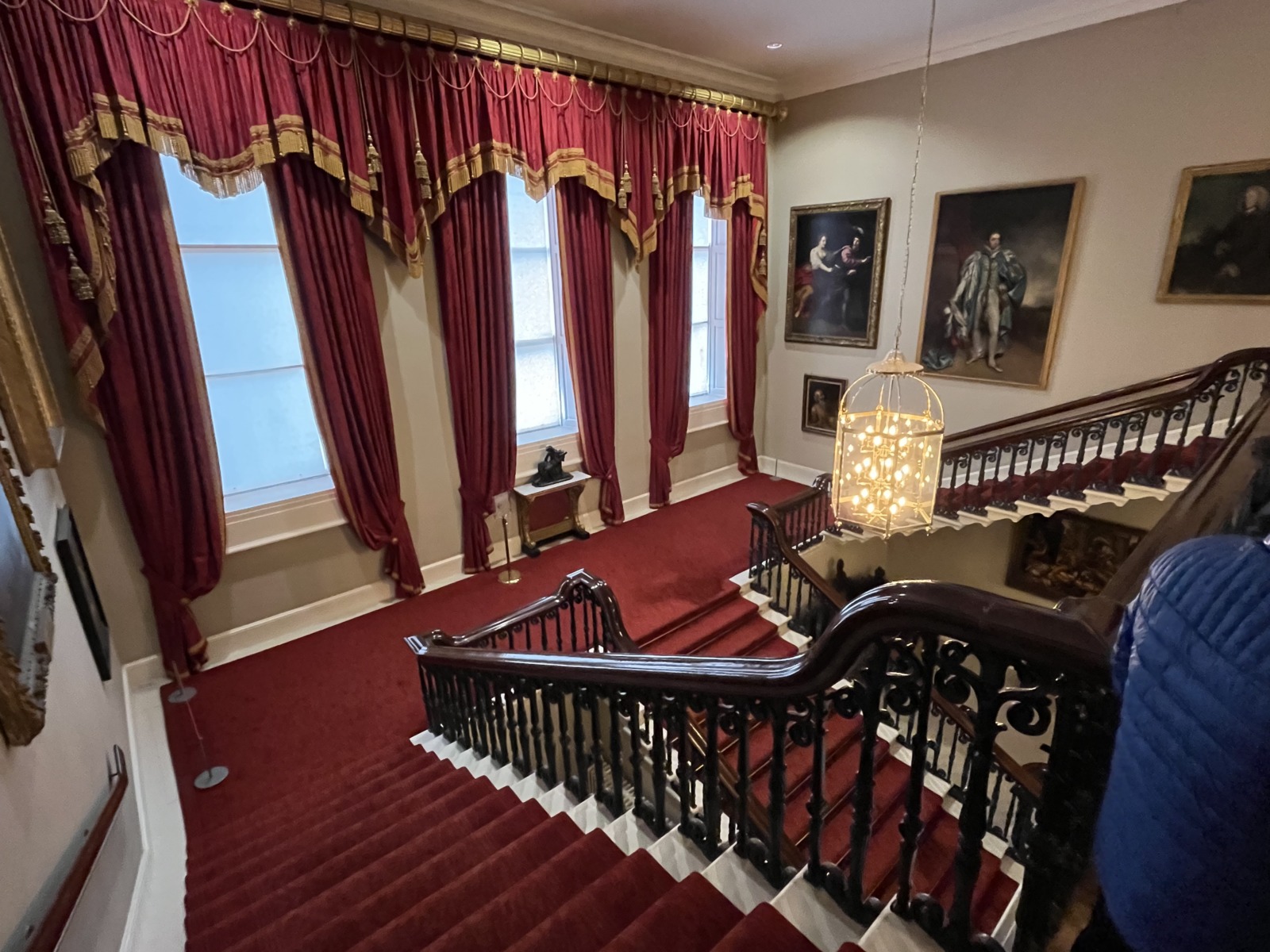
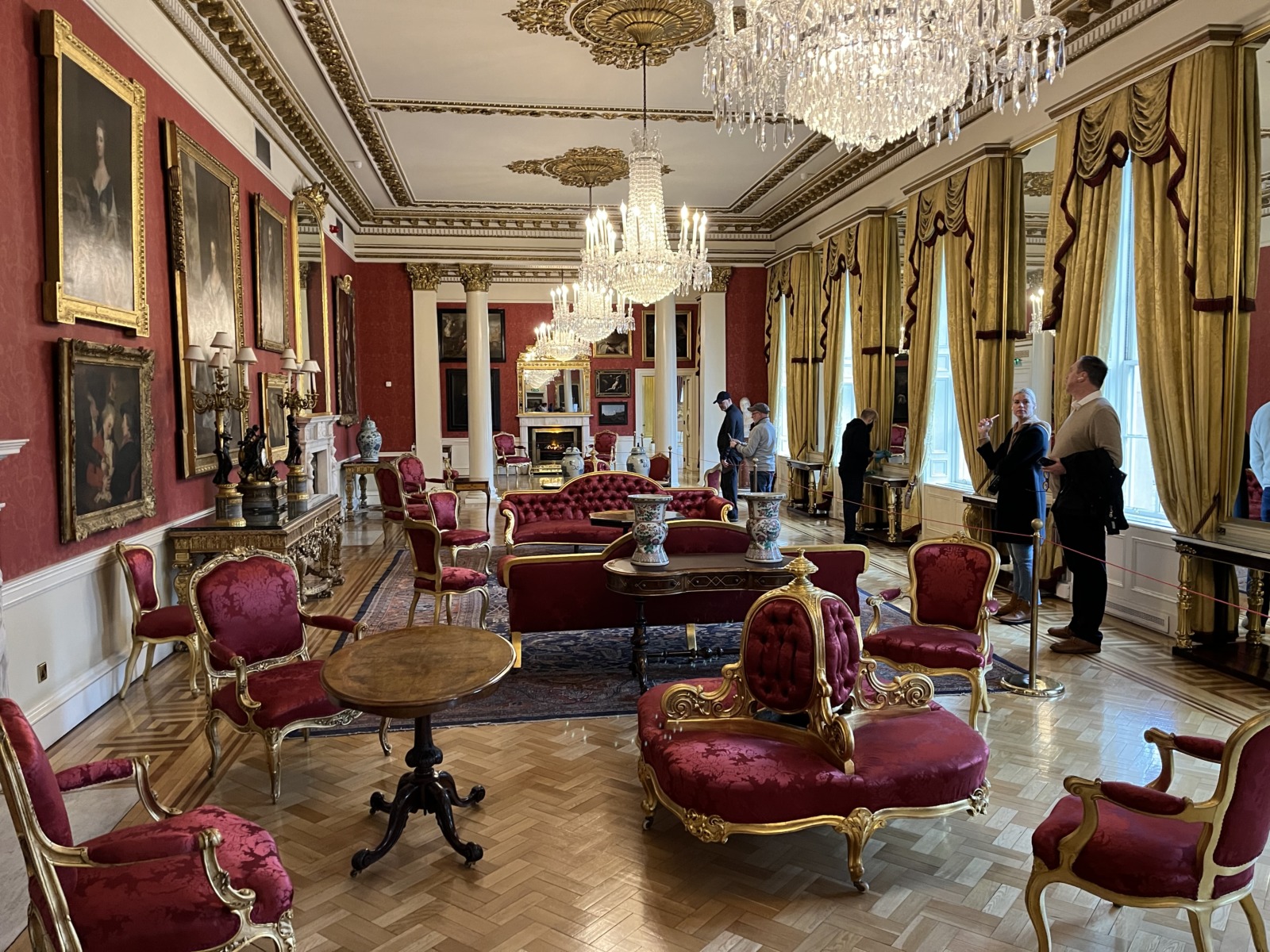
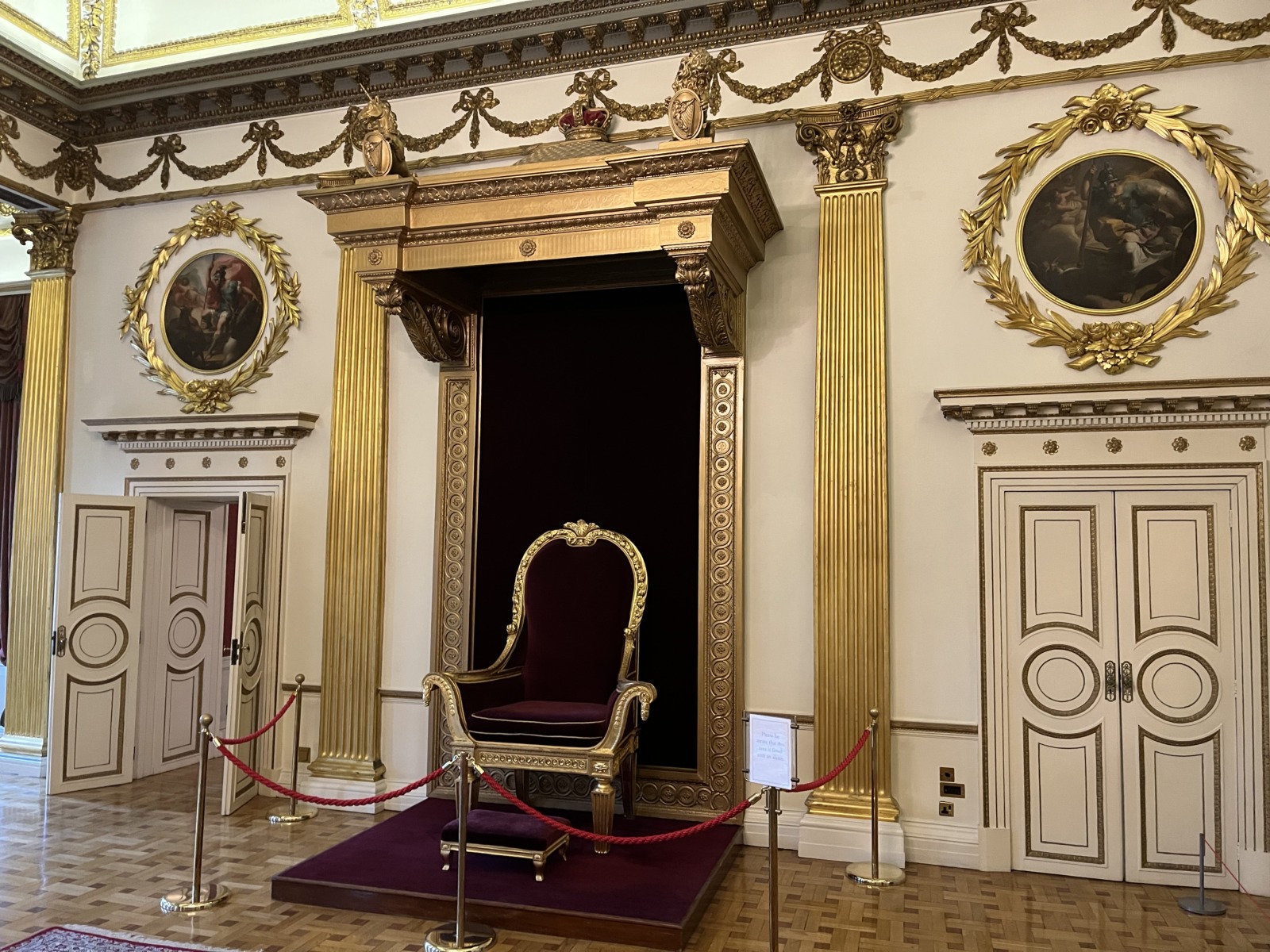
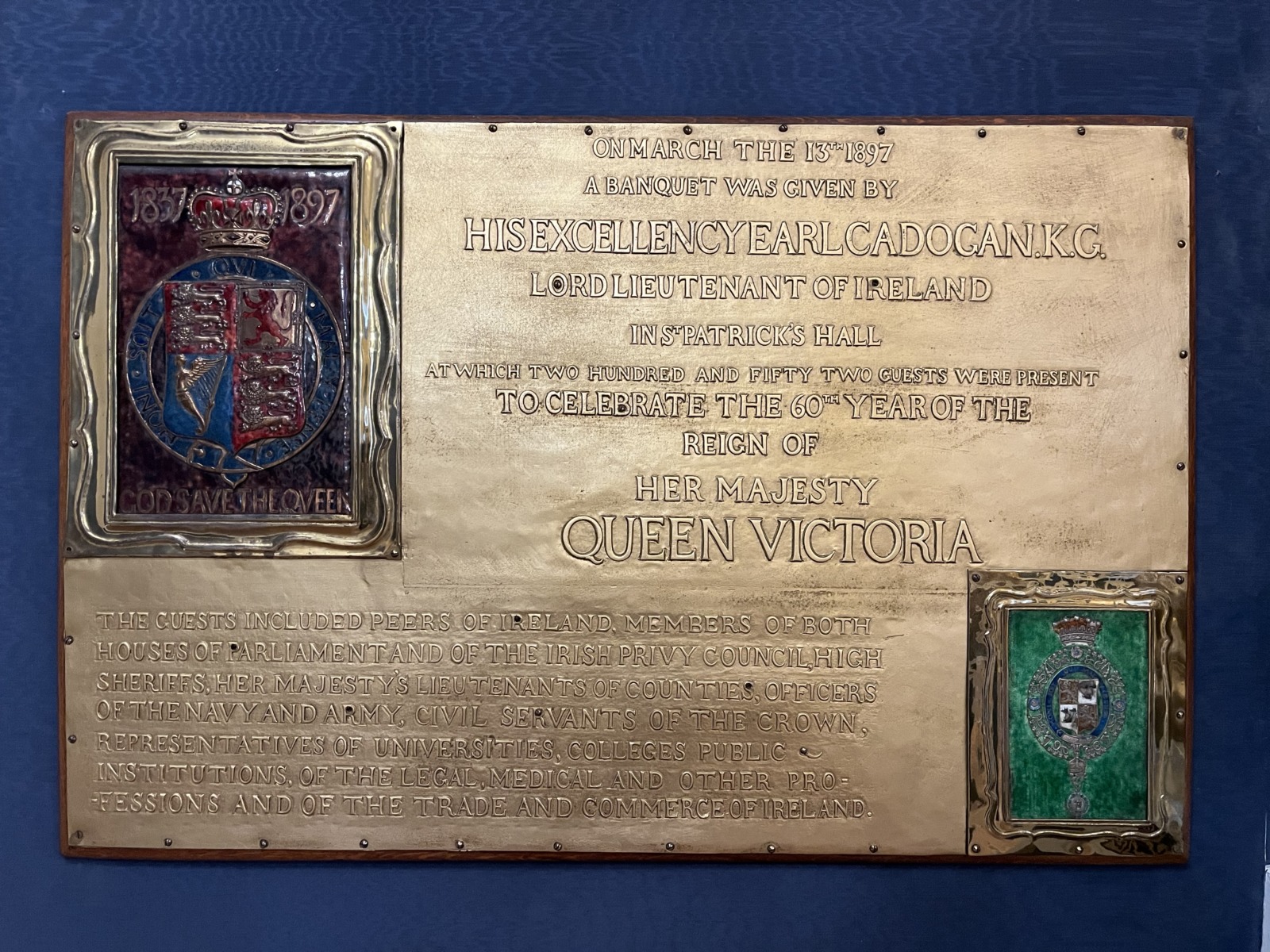
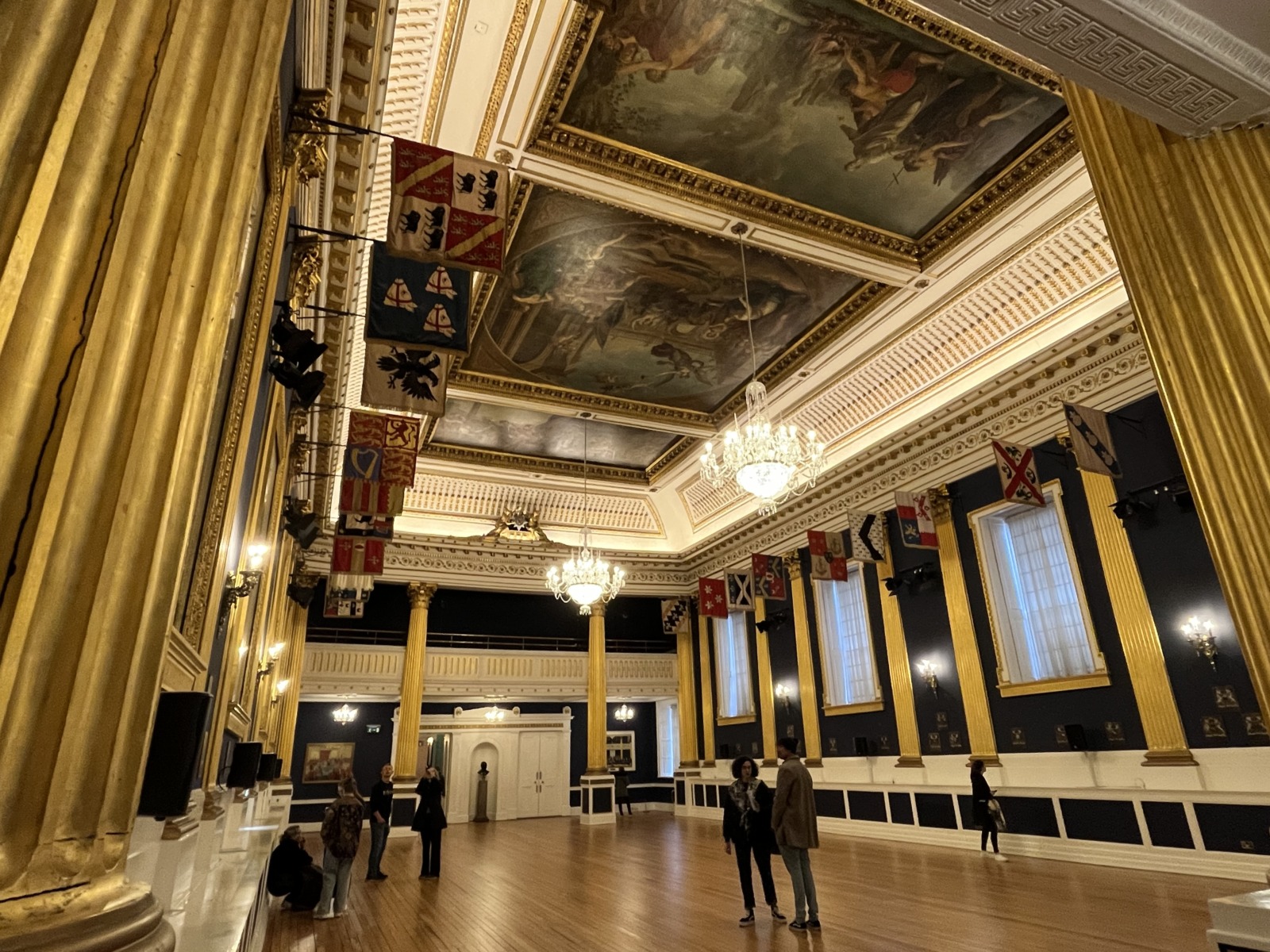
Dublin Castle is also a place where major events in Irish life take place: investiture ceremony of the President of the Republic, and therefore state visits by leaders and/or crowned heads.
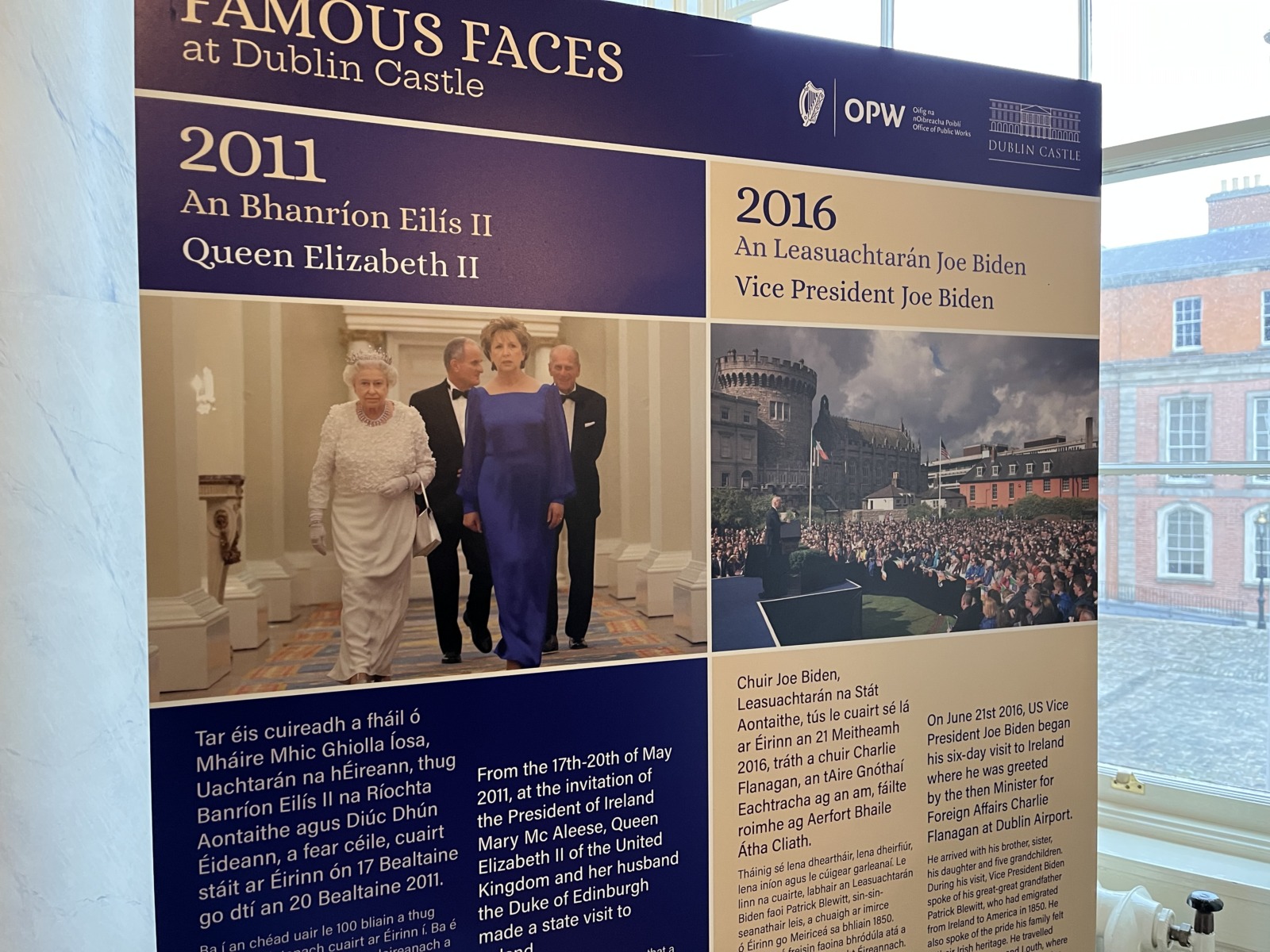
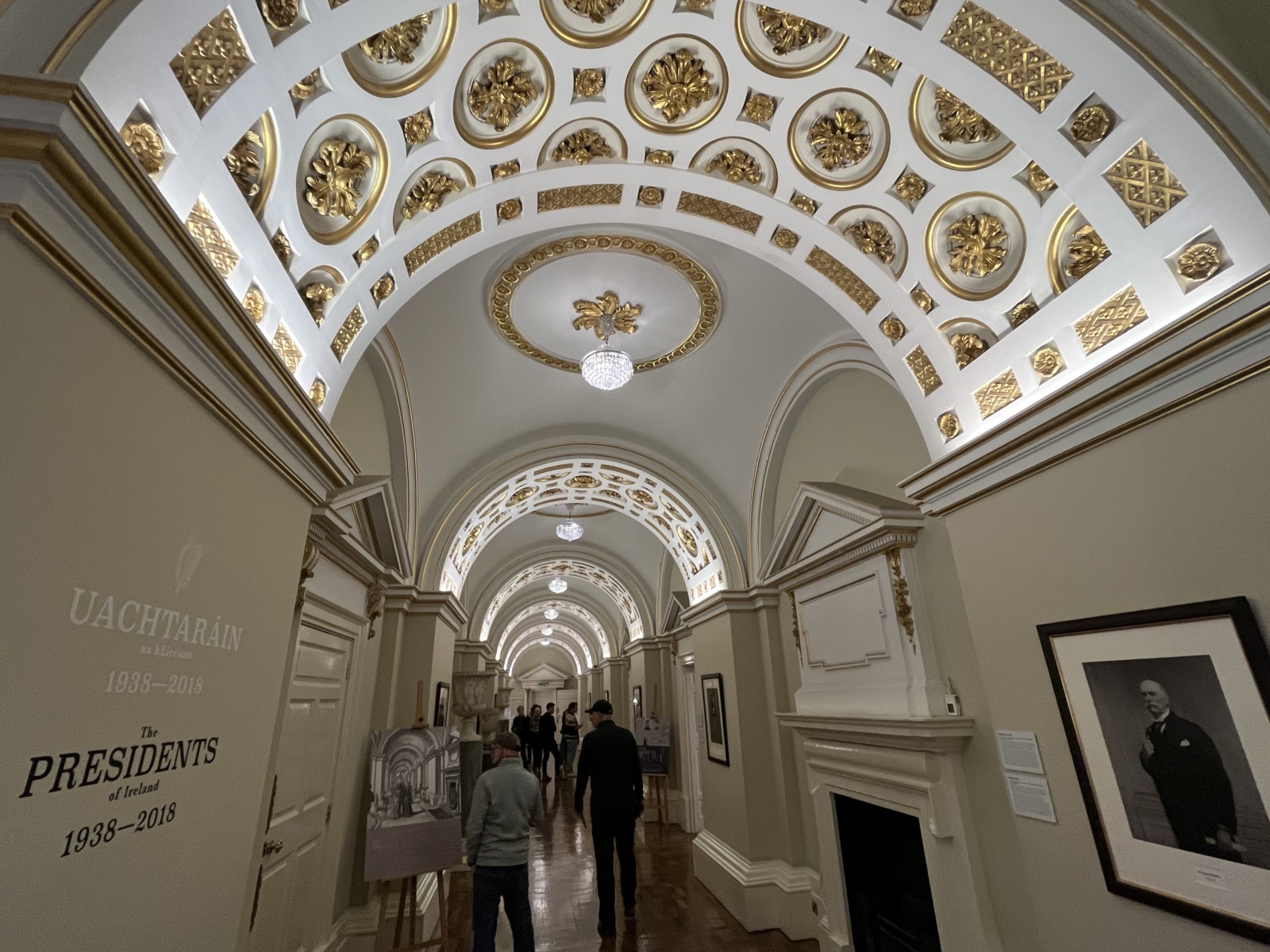
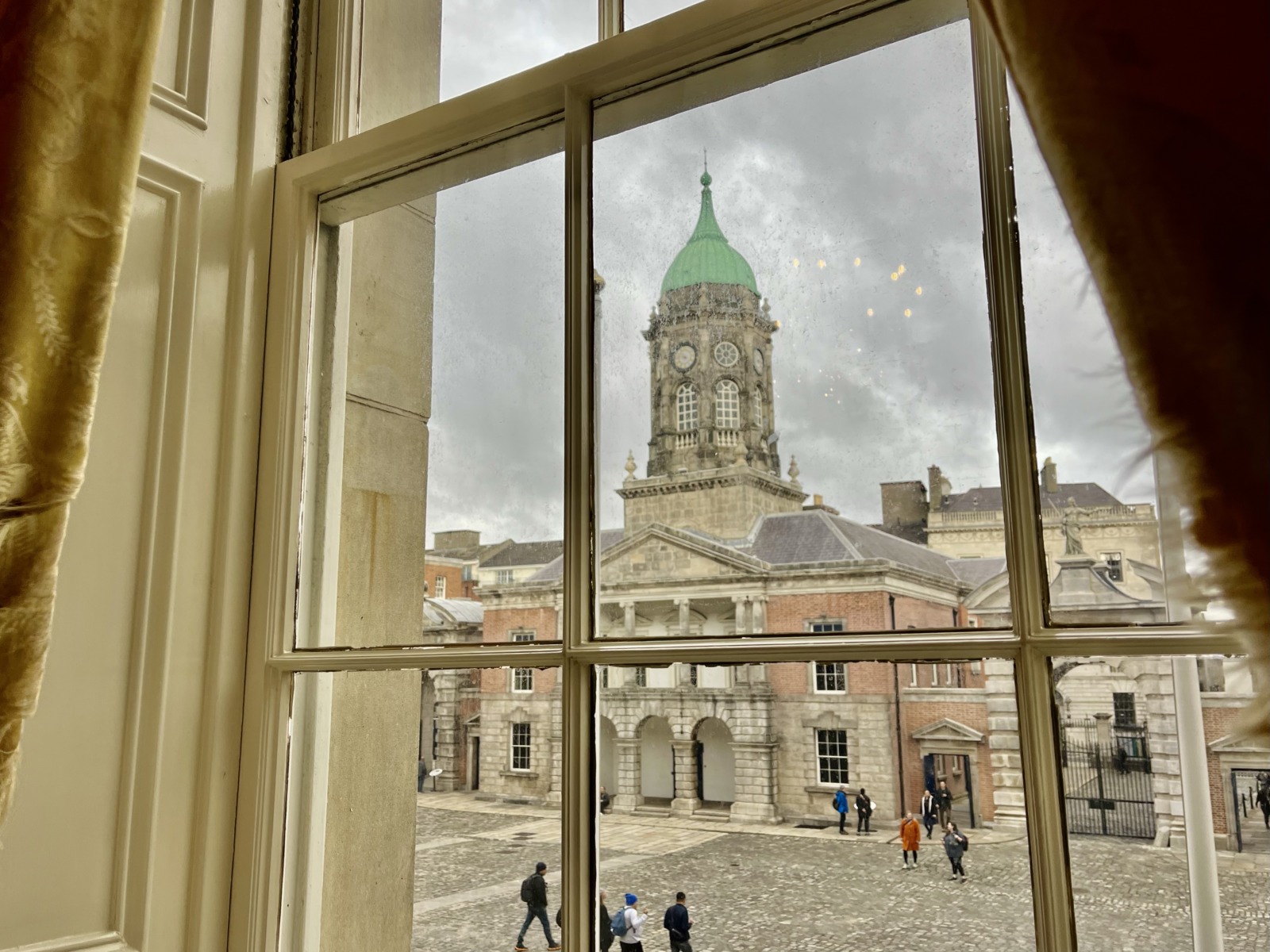
Note that right next to the castle stands the City Hall, built between 1769 and 1779 in a neoclassical style, with its Corinthian columns and its beautiful rotunda. Former stock exchange and today town hall.
It is an interesting building to see from the outside, even if it is difficult to appreciate it in its entirety given its size and the fact that it is very close to the neighboring streets.
Official website: https://www.dublincastle.ie/
Tickets: https://dublincastle.admit-one.eu/?p=calendar&ev=SELFGUIDE
Chester Beatty Library
Leaving Dublin Castle through the exit past the Chapel Royal, you can access the Dubh Linn Garden, a circular garden with a Celtic motif that also serves as the Parliament’s private helipad!
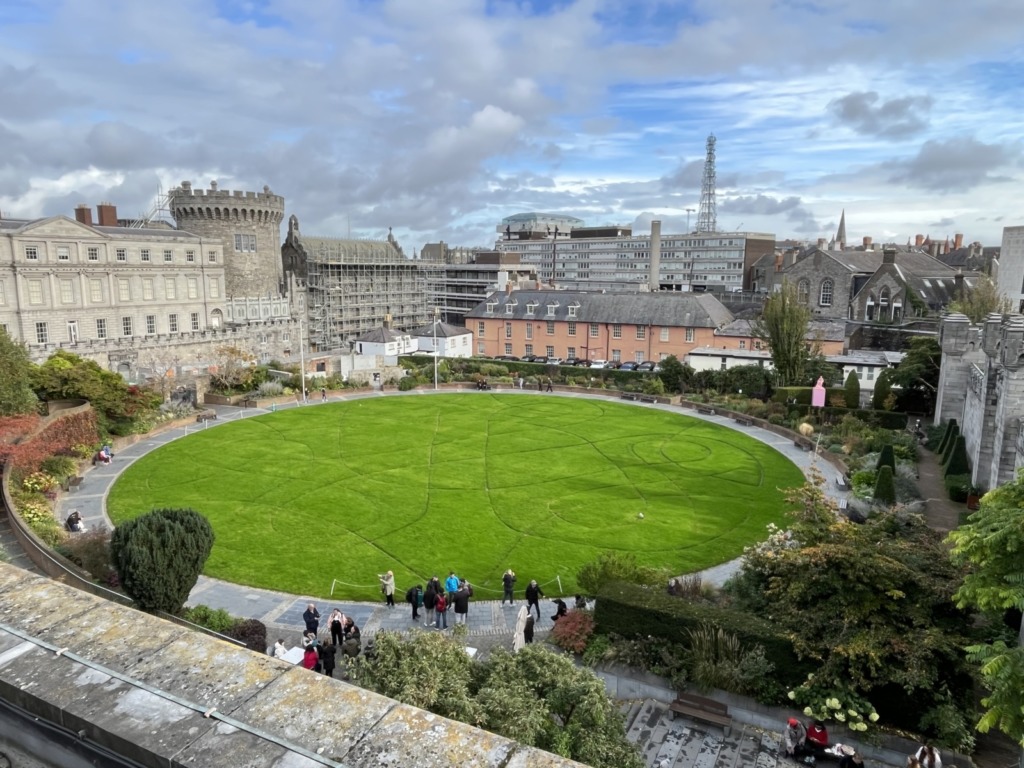
Inside this park hides a museum / bookstore that I discovered a little by chance, I had not planned to visit it: The Chester-Beatty Library.
The Chester-Beatty Library was founded in 1950 in Dublin, Ireland with the aim of preserving the collections of the magnate of the mining industry Sir Alfred Chester Beatty. It has been in the current building since 2000.
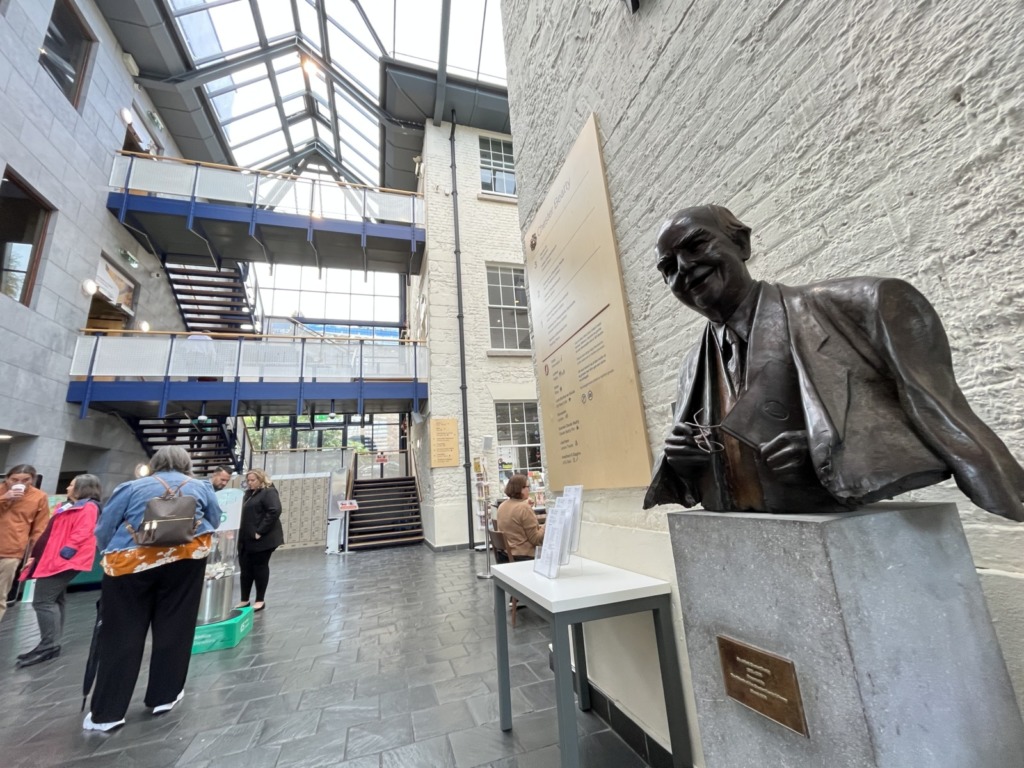
The visit begins on the ground floor with a short film on the life of Alfred Chester Beatty.
We then access the collections, divided into two sets:
The 1st floor: “Artistic traditions”. This part is interested in the techniques of manufacture and ornamentation of books, in a concrete way by presenting magnificent works from the West, the East or the Far East. There are Egyptian papyri, Japanese prints, medieval manuscripts, Persian books, Dürer engravings…
The 2nd floor “Sacred Traditions”. This section is entirely devoted to religions. Included are period books on the life of the Buddha in miniature, a biography of the prophet of 600 Sufis written by a 14th-century Persian poet, a 17th-century Hindu cosmographic painting, an Egyptian Quran from 1366, and The Poem of Inner Meaning from the 19th century, a masterpiece of illumination. Christianity is also represented, with bibles in Ethiopian, Arabic, Chinese, or even papyri from the 2nd century containing fragments of the Gospels.
Here is a very small overview of the wonders that you can discover in this museum:
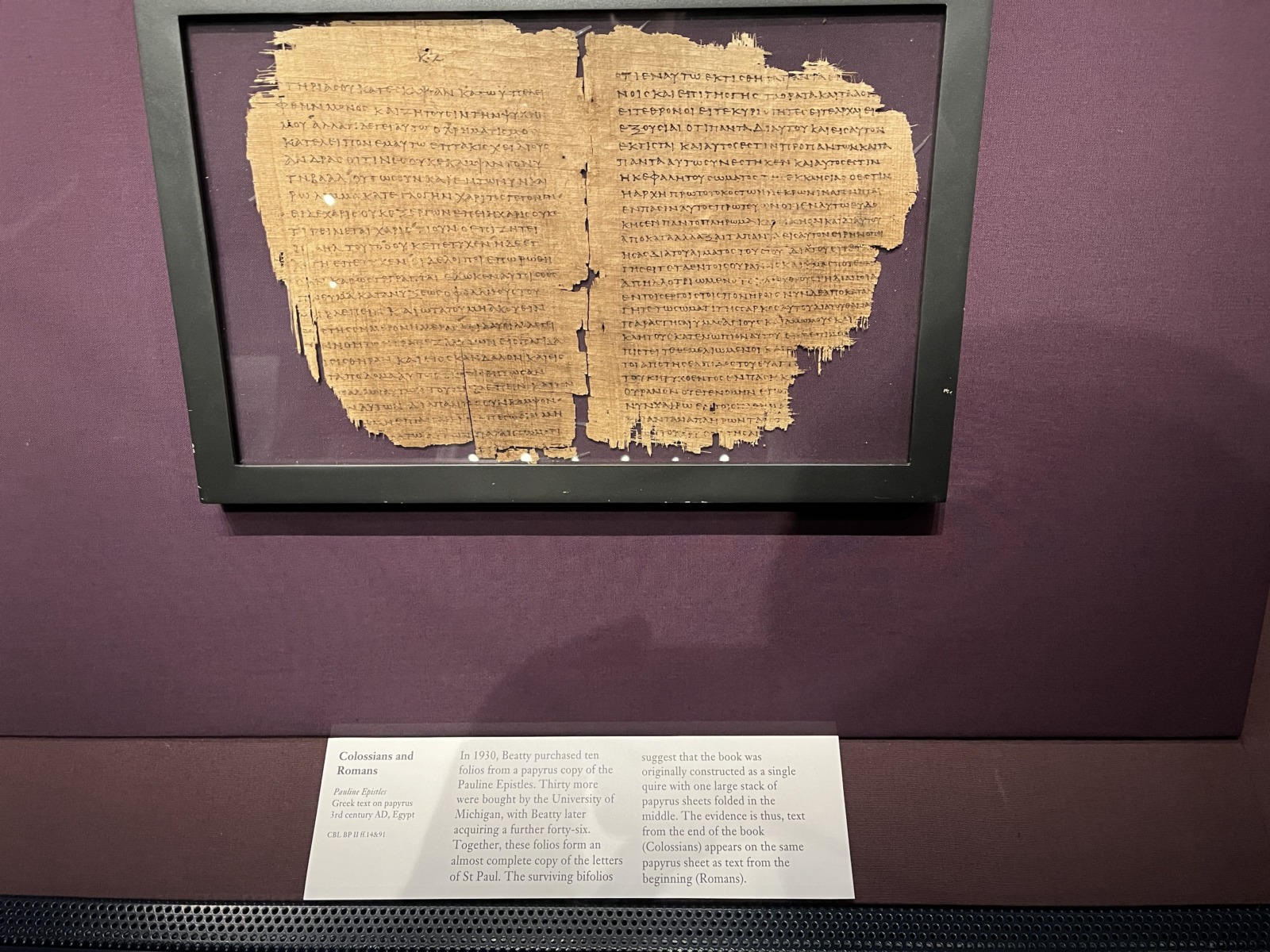
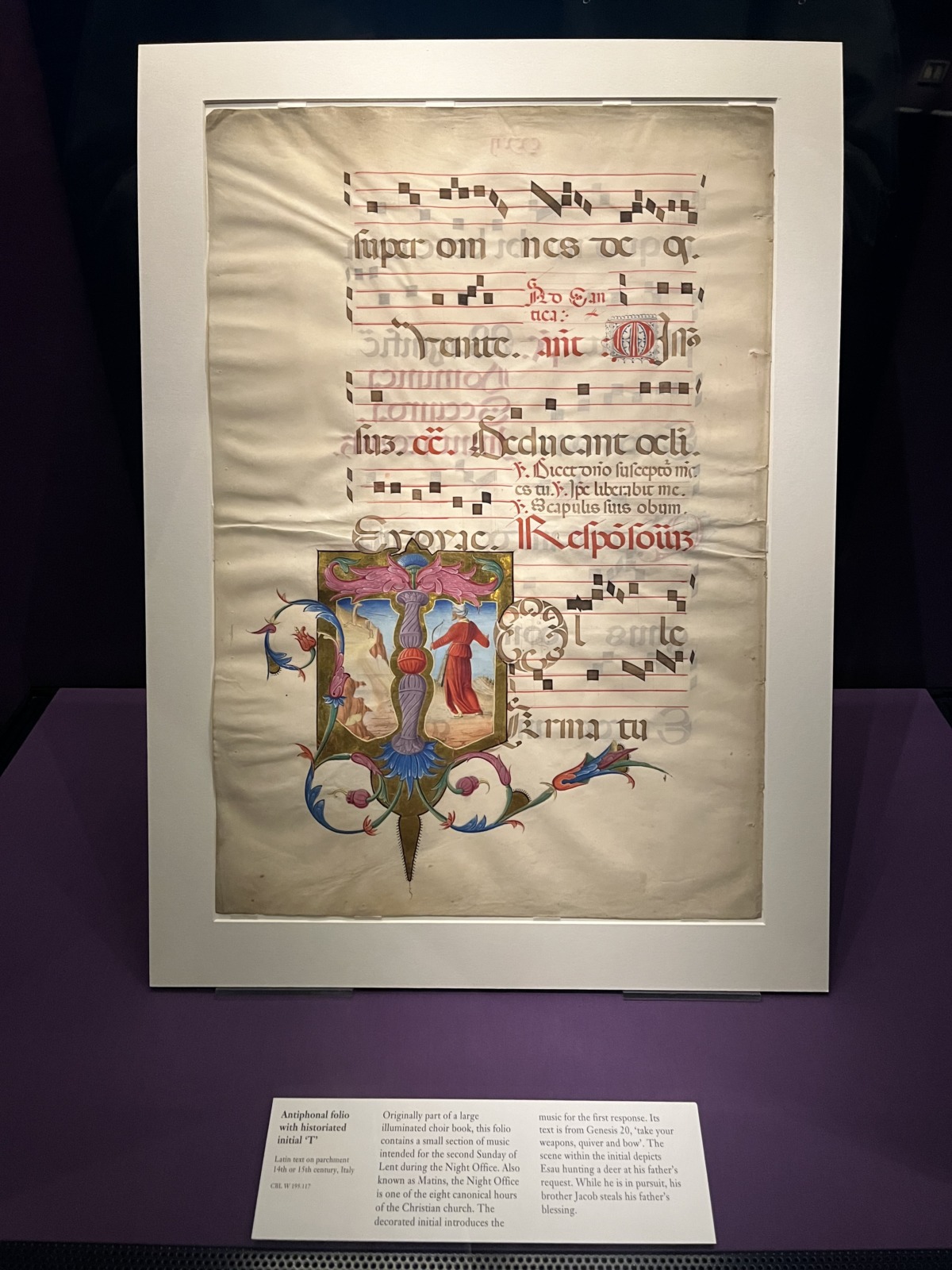
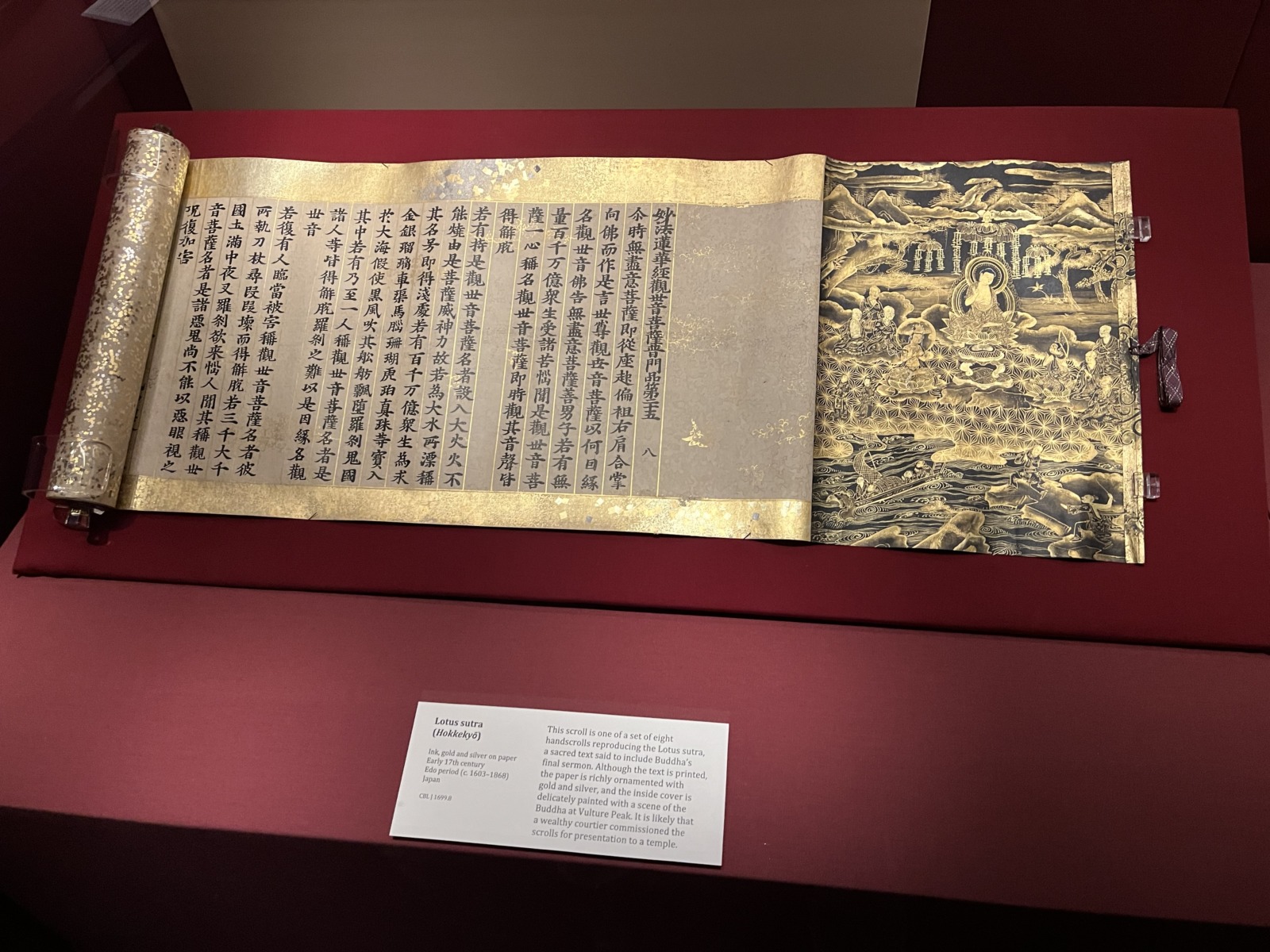
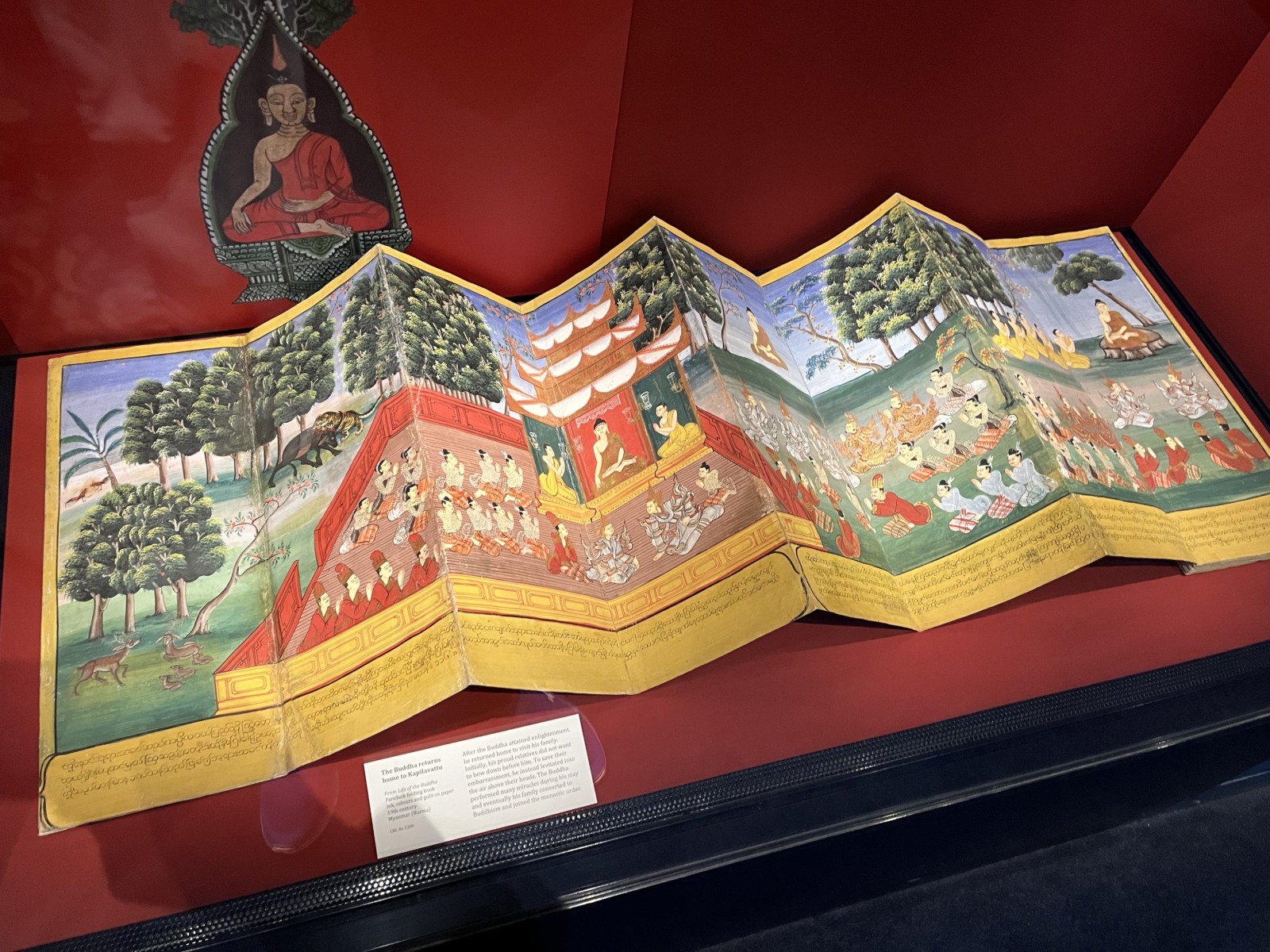
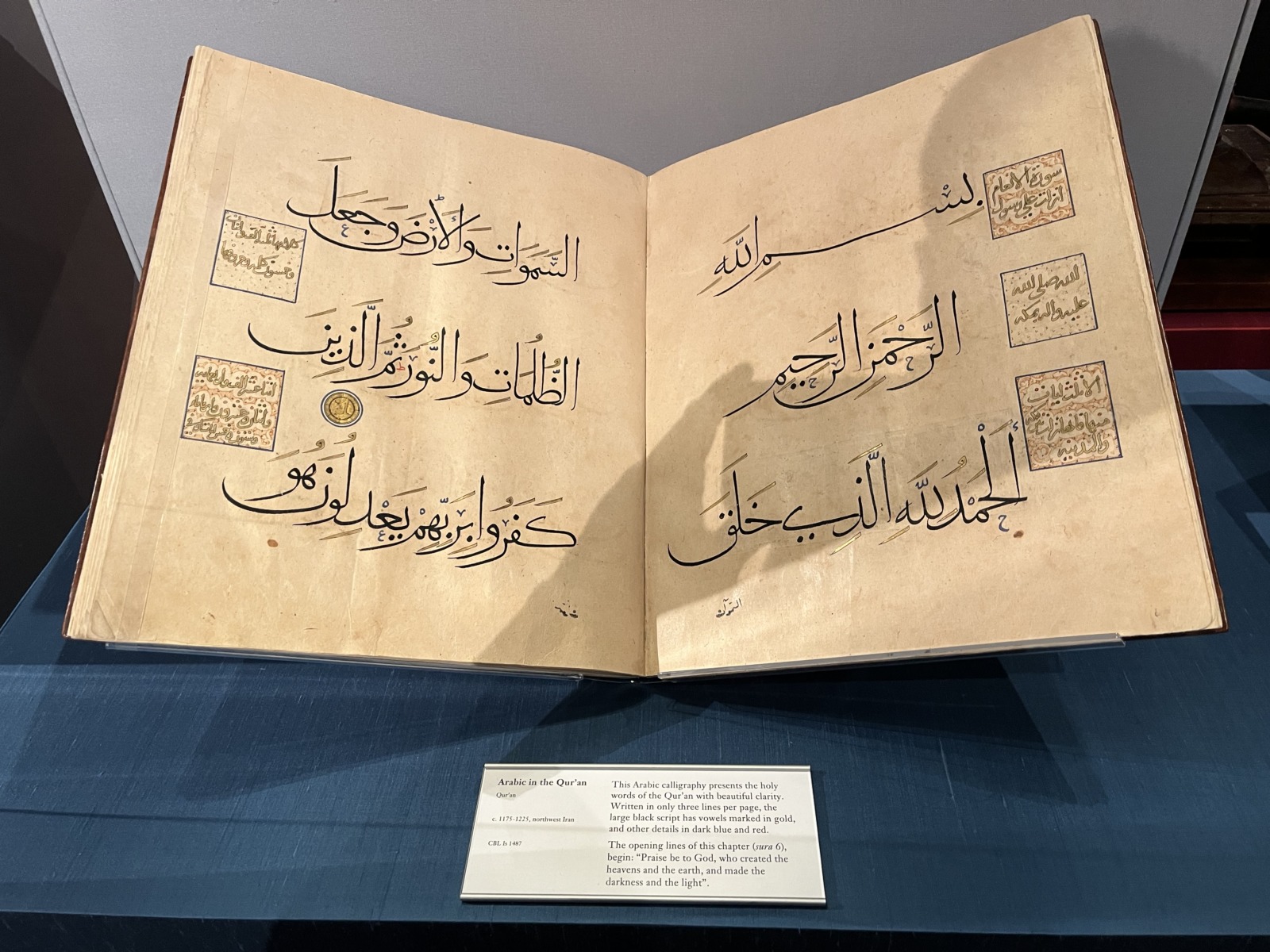
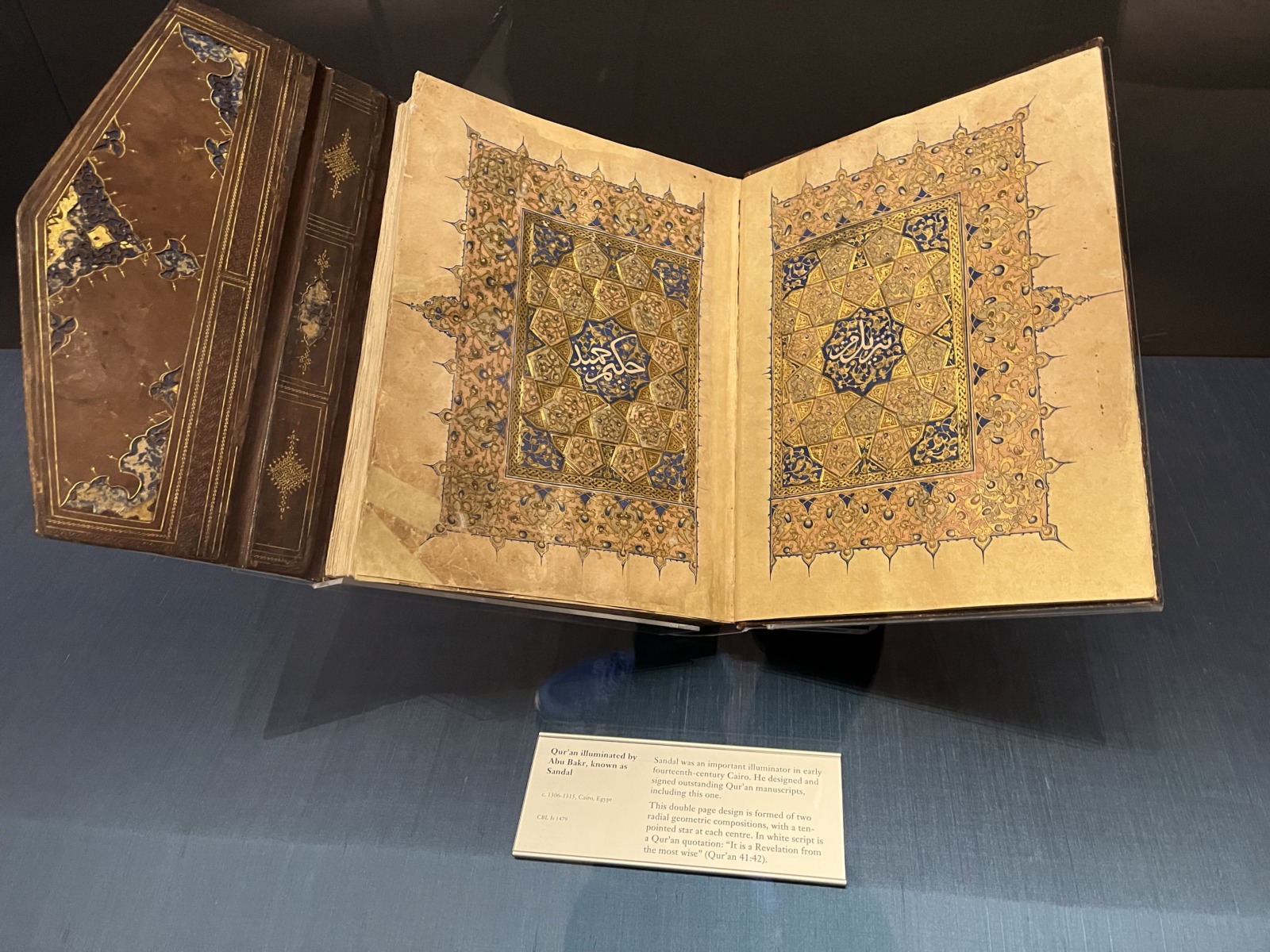
Official website: https://chesterbeatty.ie/
Free admission (donation recommended)
National Museum of Archaeology
4,000,000 objects and artifacts are stored in this museum! But it is of course the most precious which are exhibited to the public, with archaeological objects from the Prehistoric period, the Vikings, the Middle Ages… A fascinating, free museum, and located in an exceptional building as these show Pictures.
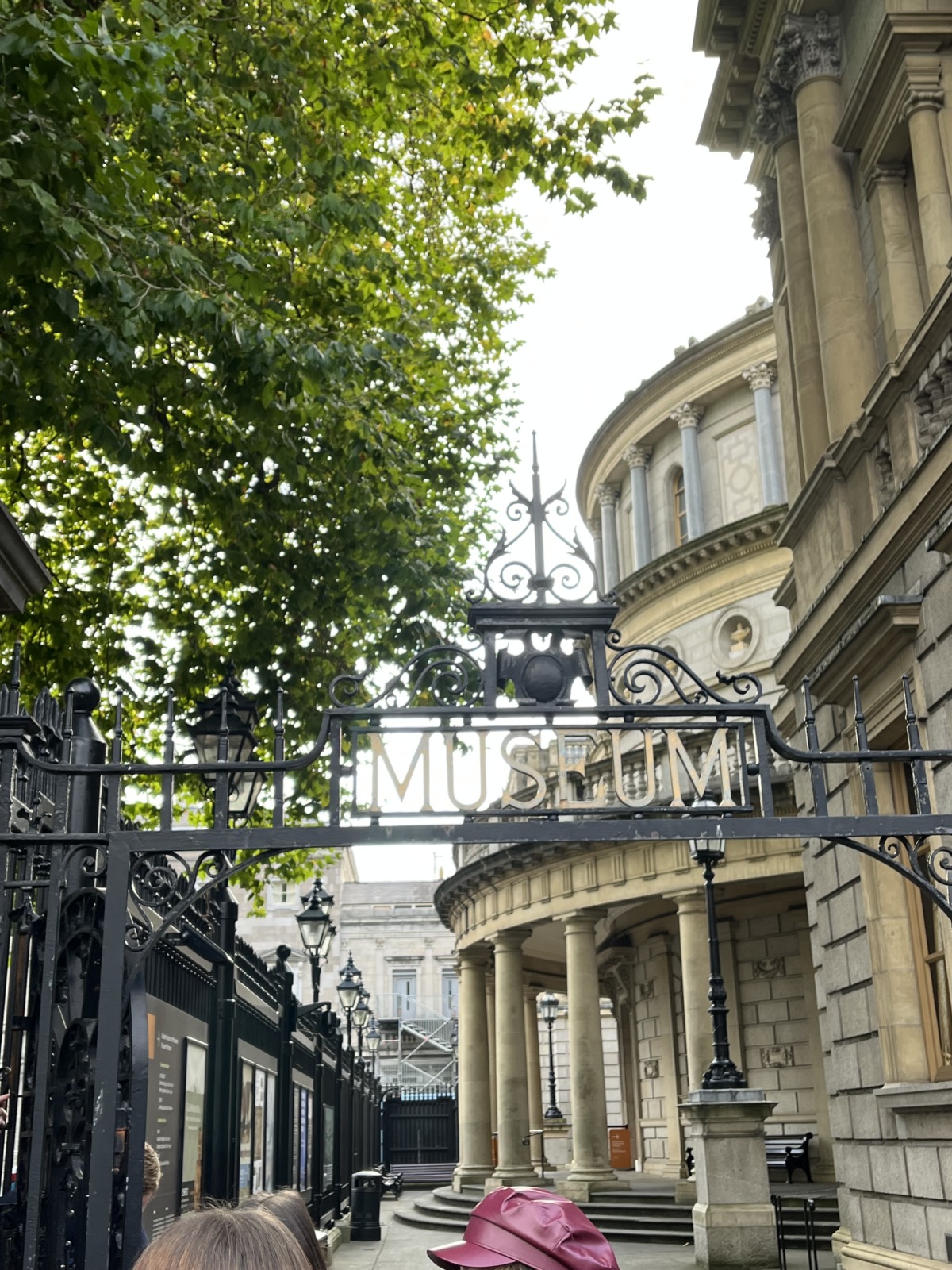
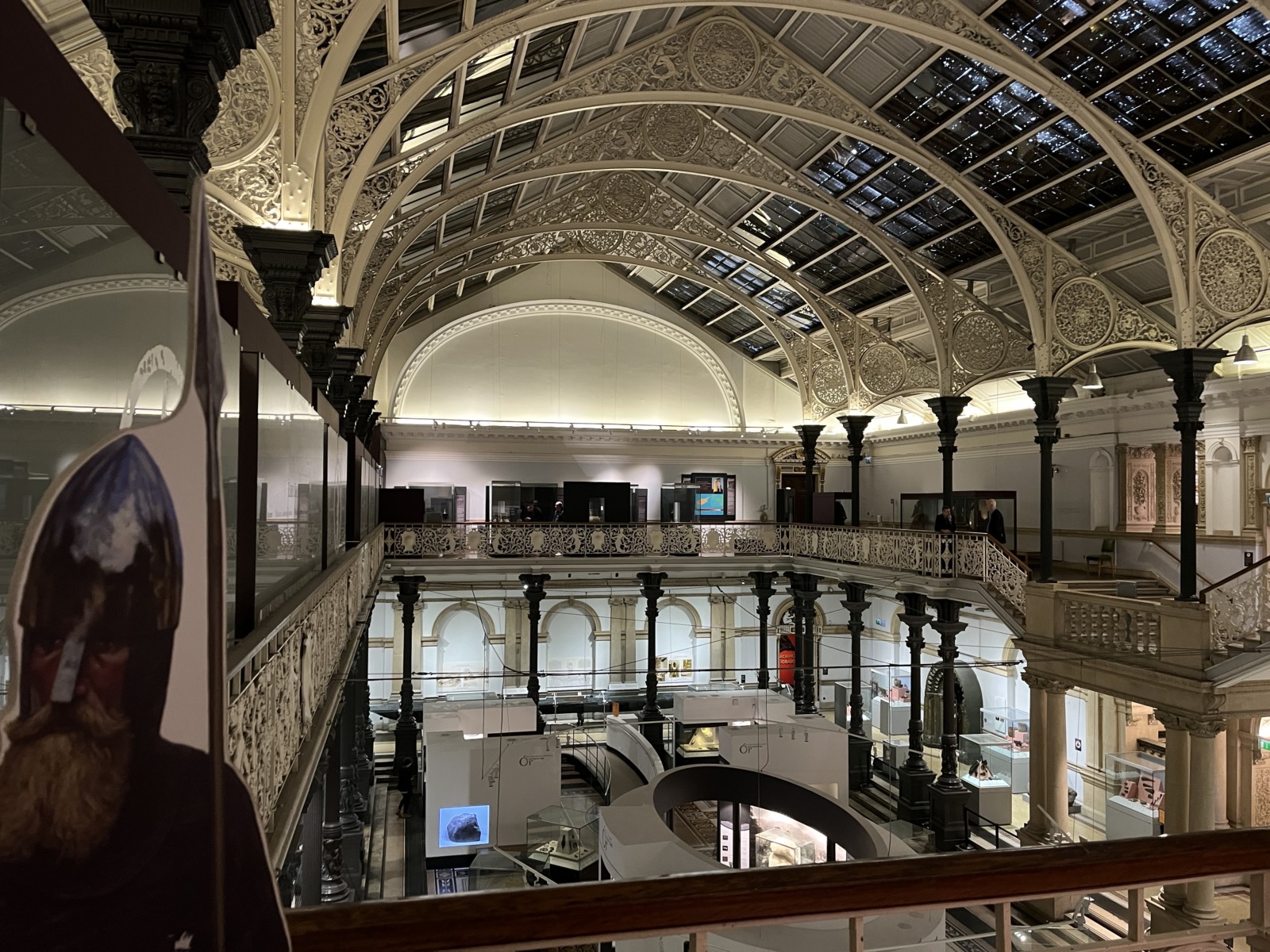
On the program for visiting this museum :
On the ground floor are exhibits from the Prehistoric Age in Ireland: weapons and tools in stone, bronze and steel. There are objects from the Bronze Age already borrowed from Celtic Art motifs, which shows that this form of art has its roots in a very distant time.
In the room of “treasures” as it is indicated, do not miss the Brooch of Tara, symbol of what is called the Golden Art of Ireland (7th – 9th century).
I let you discover the other incredible objects that you can discover in this place, where the progress is made in a chronological way, with a voluntarily restricted selection but which really allows to highlight these real treasures…
On the upper floor, we focus on the Vikings, who arrived in Ireland in 795 A.D. Several Viking weapons and objects of Viking Art are present, as well as the skeleton of a great Viking warrior who had been buried with his sword .
You can admire a beautiful model representing Dublin at that time! It has changed a lot since then 🙂
You will also find an exhibition on a battle between the Vikings and the Normans which was decisive for the future of the island of Ireland…
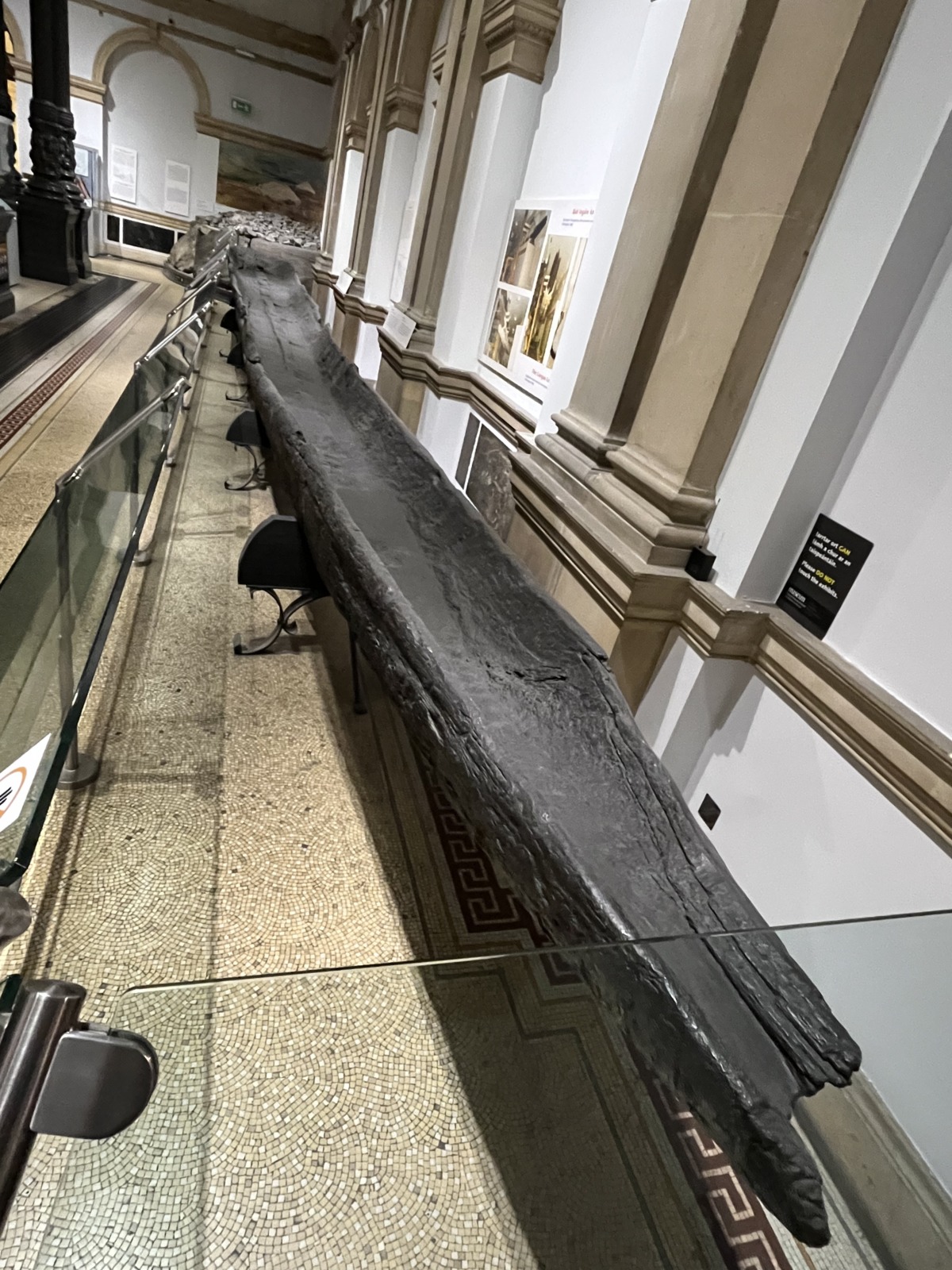
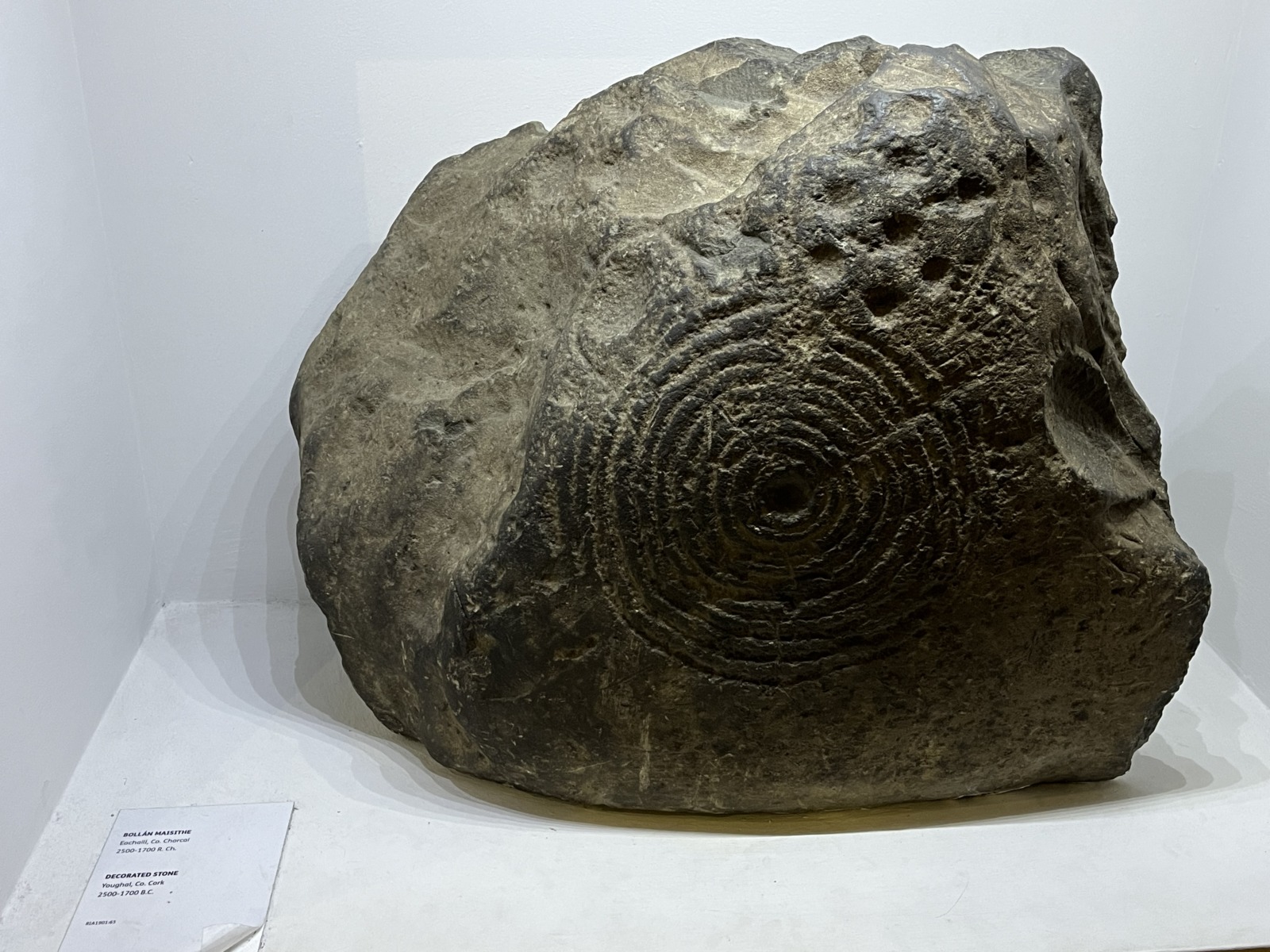
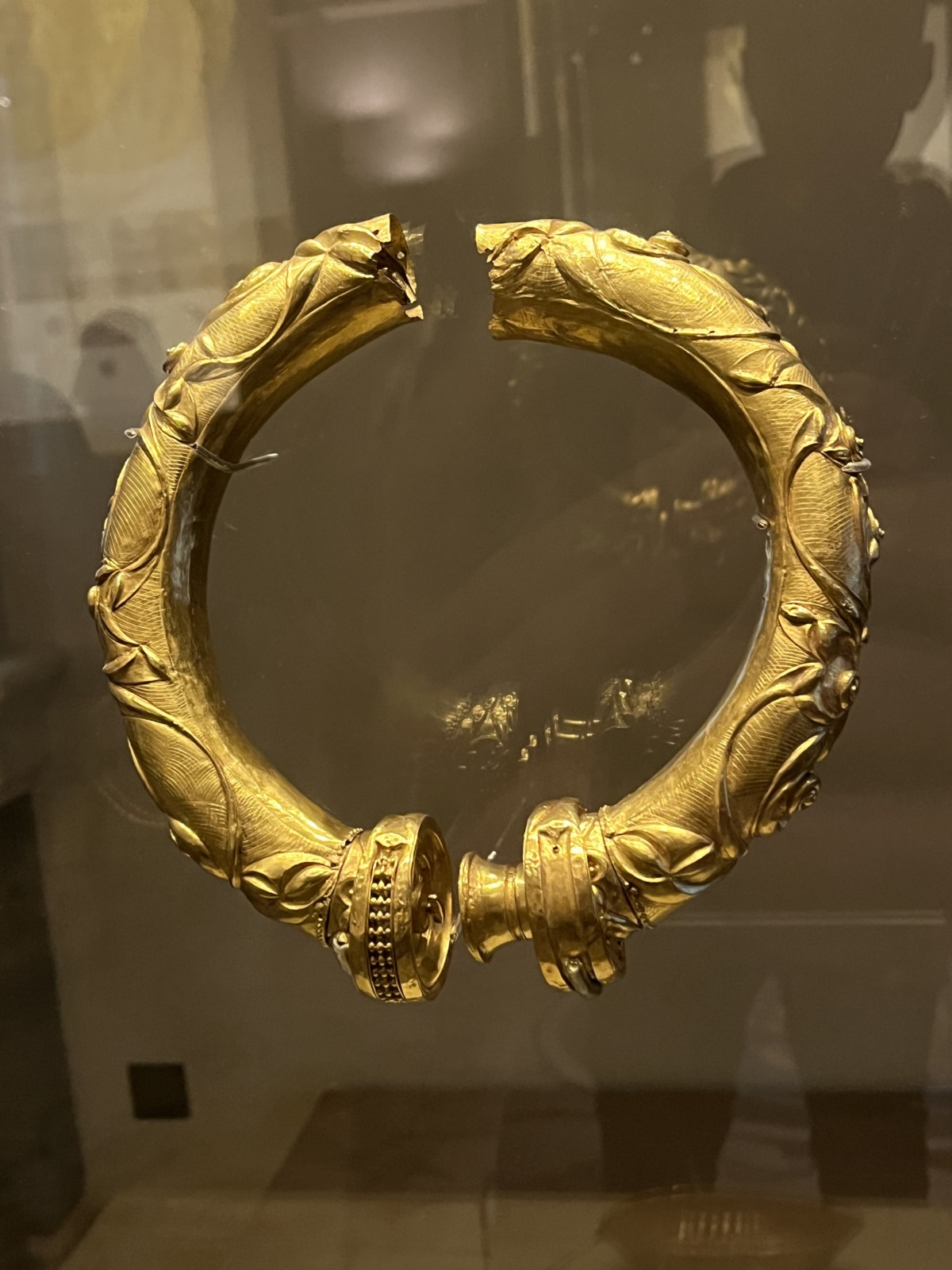
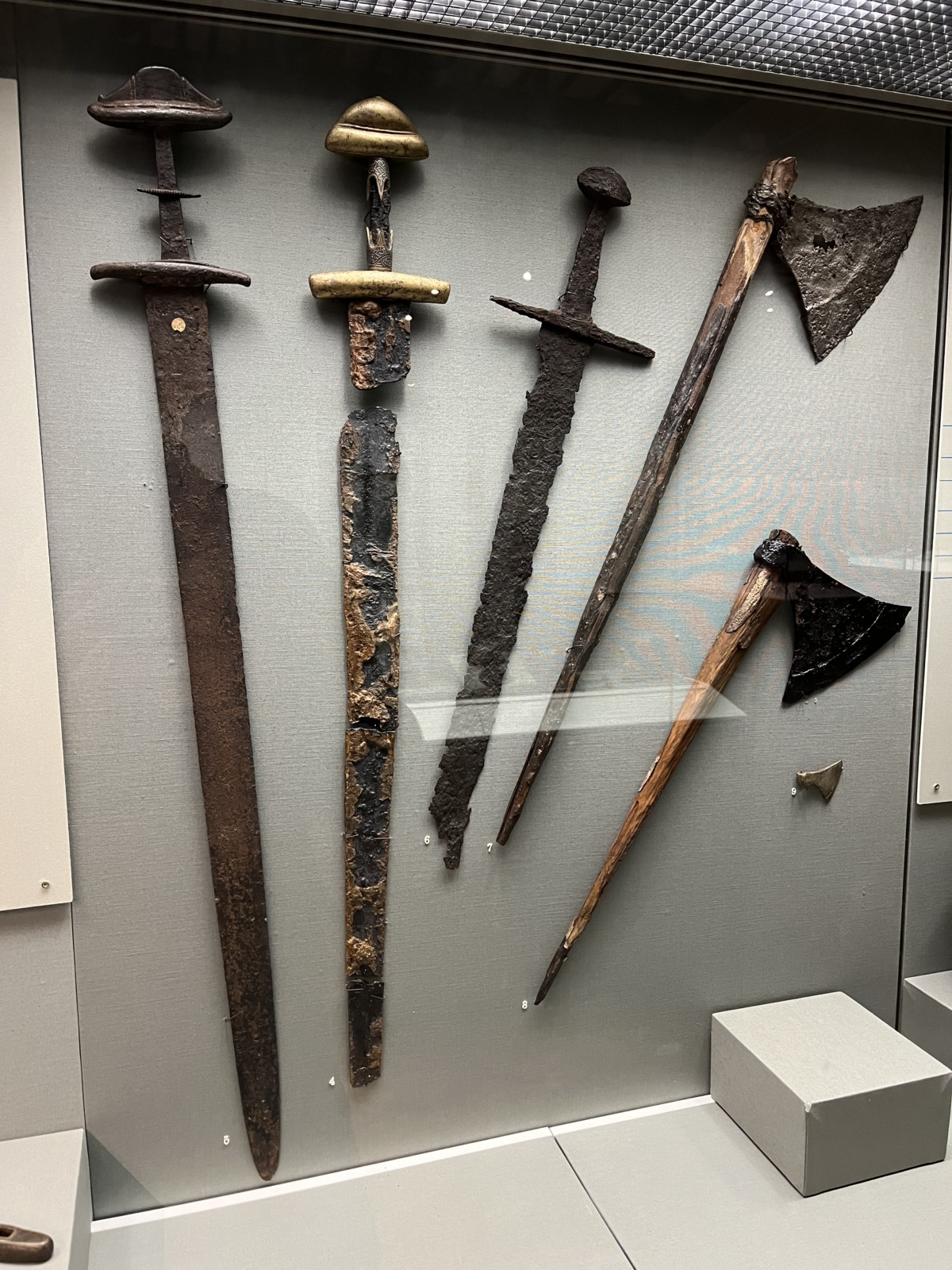
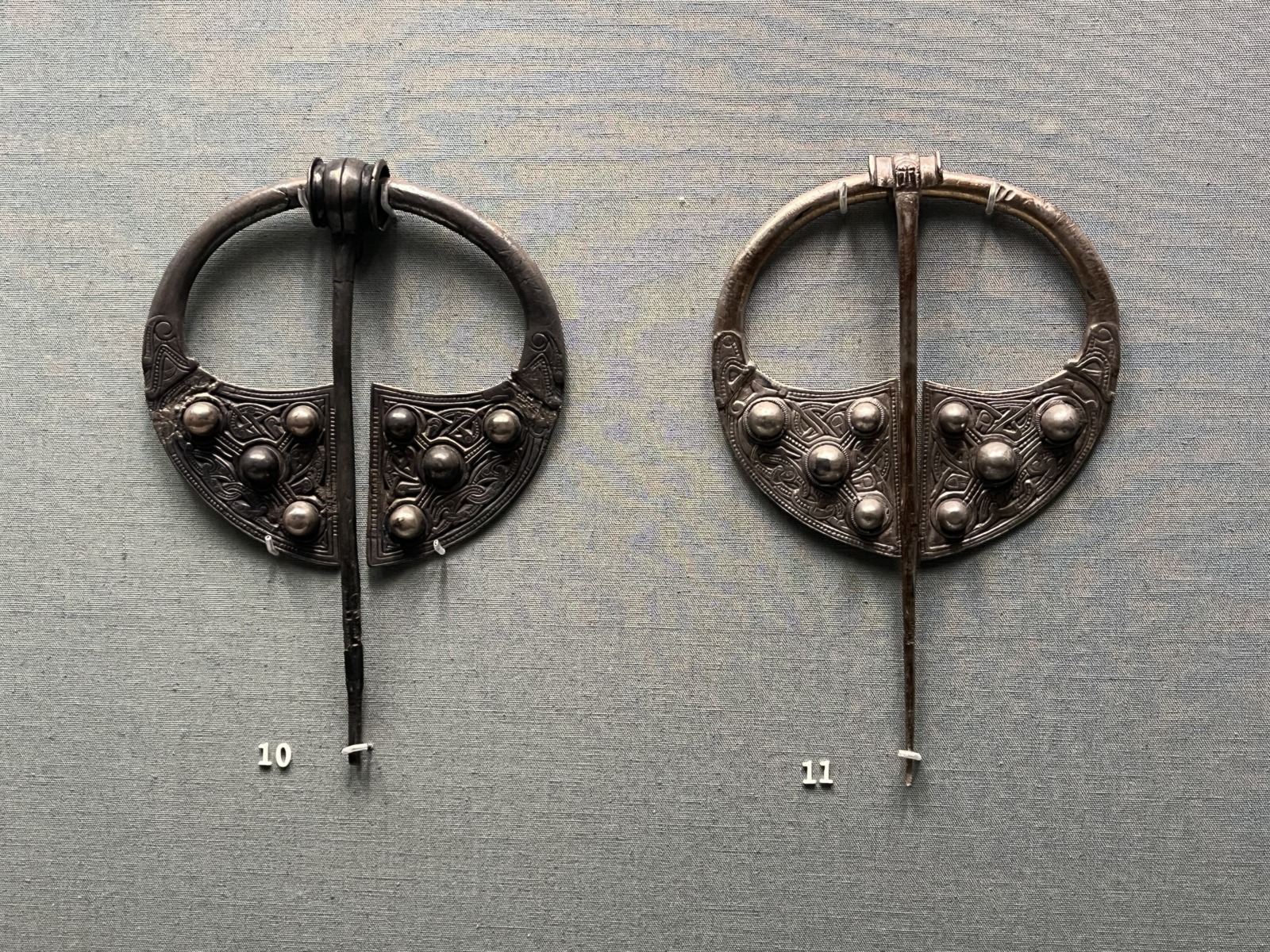
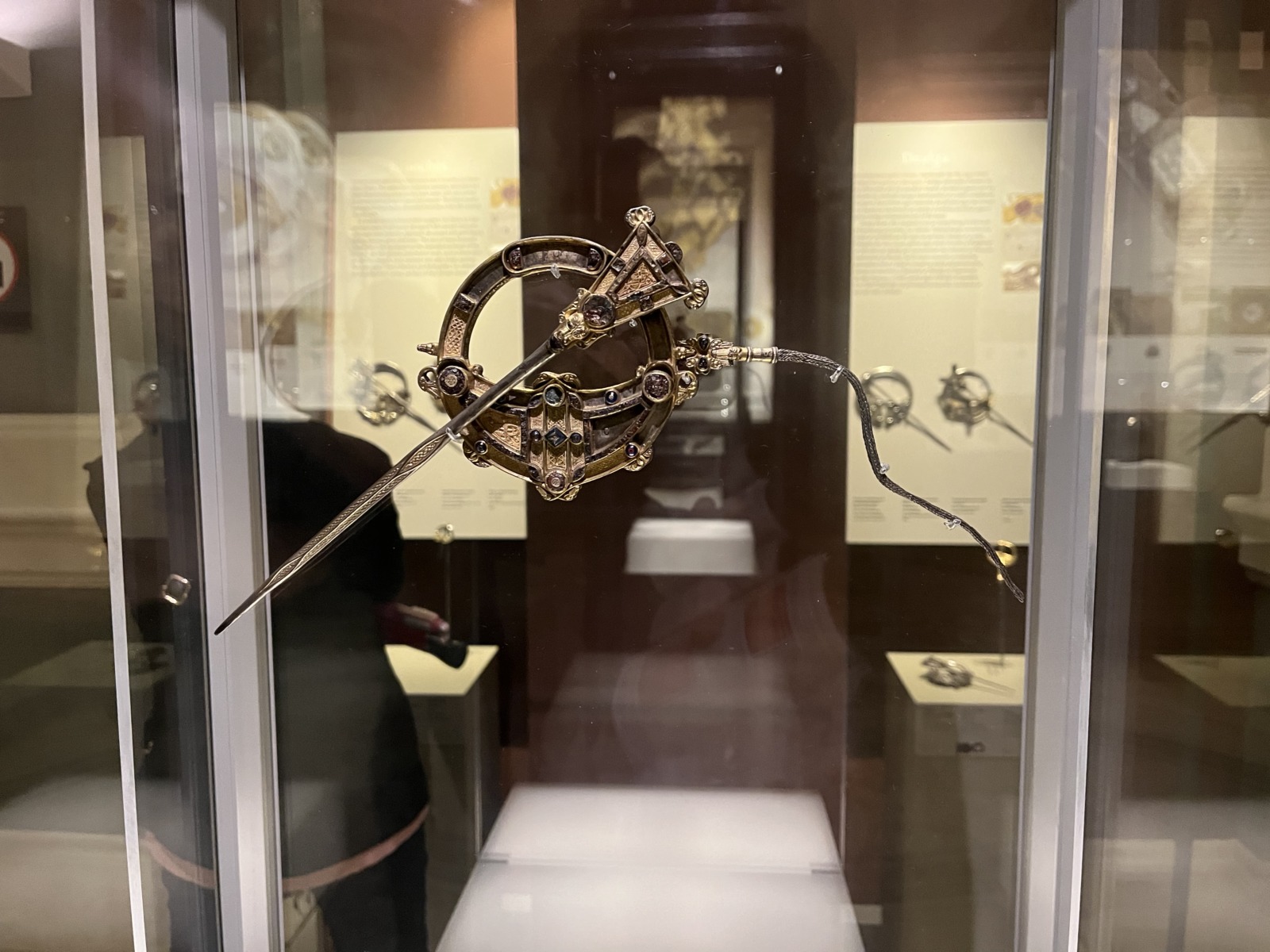
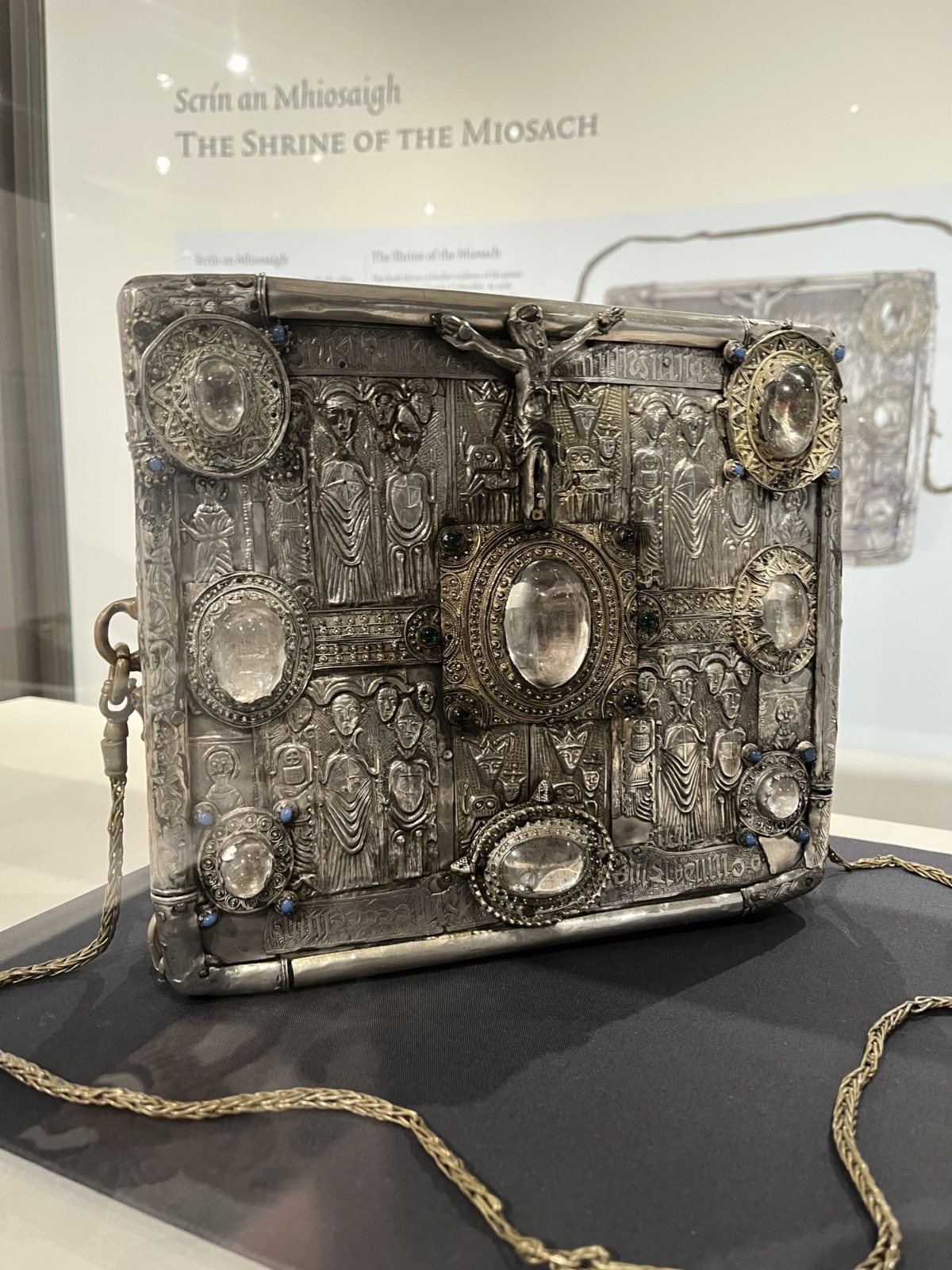
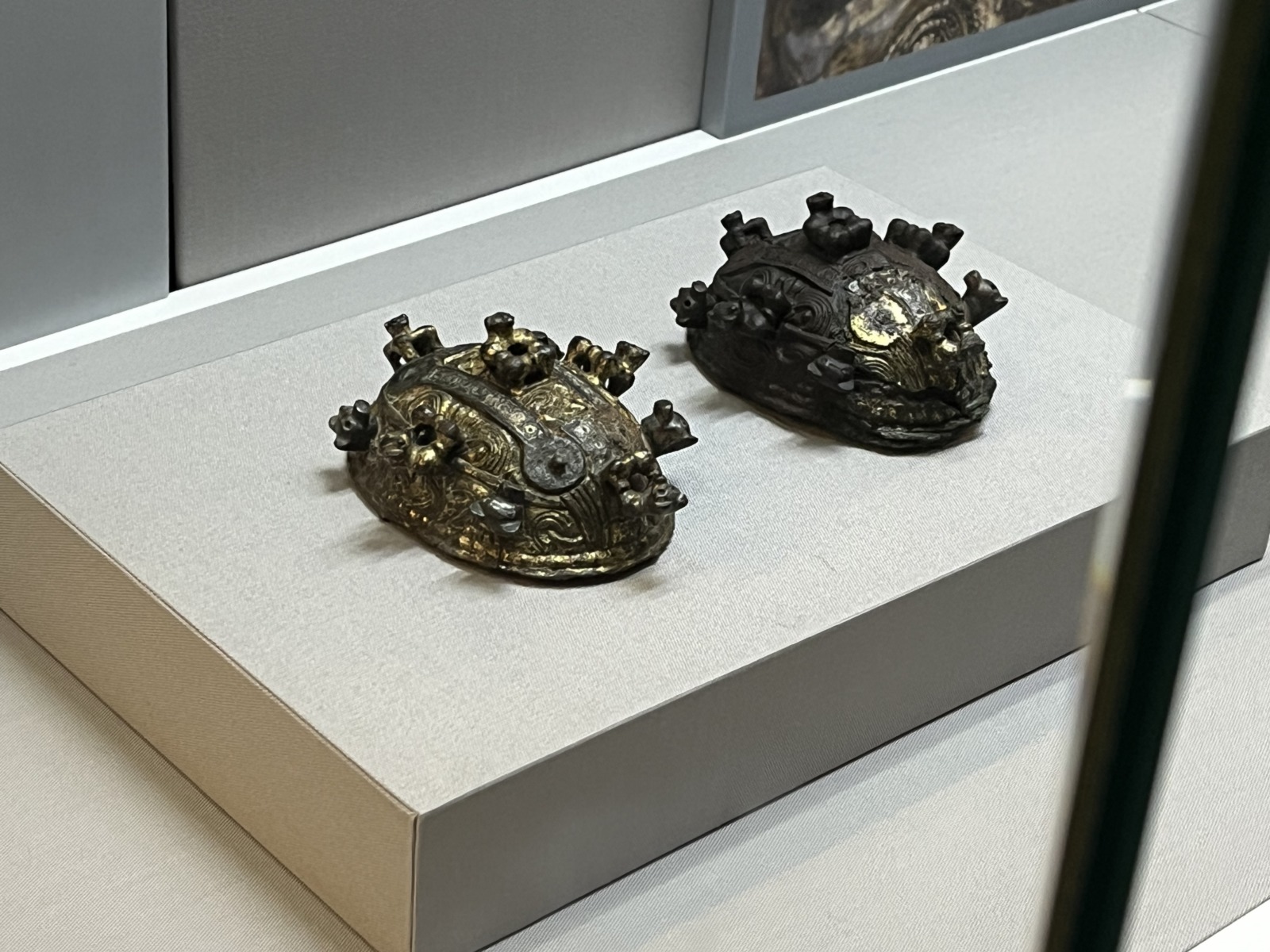
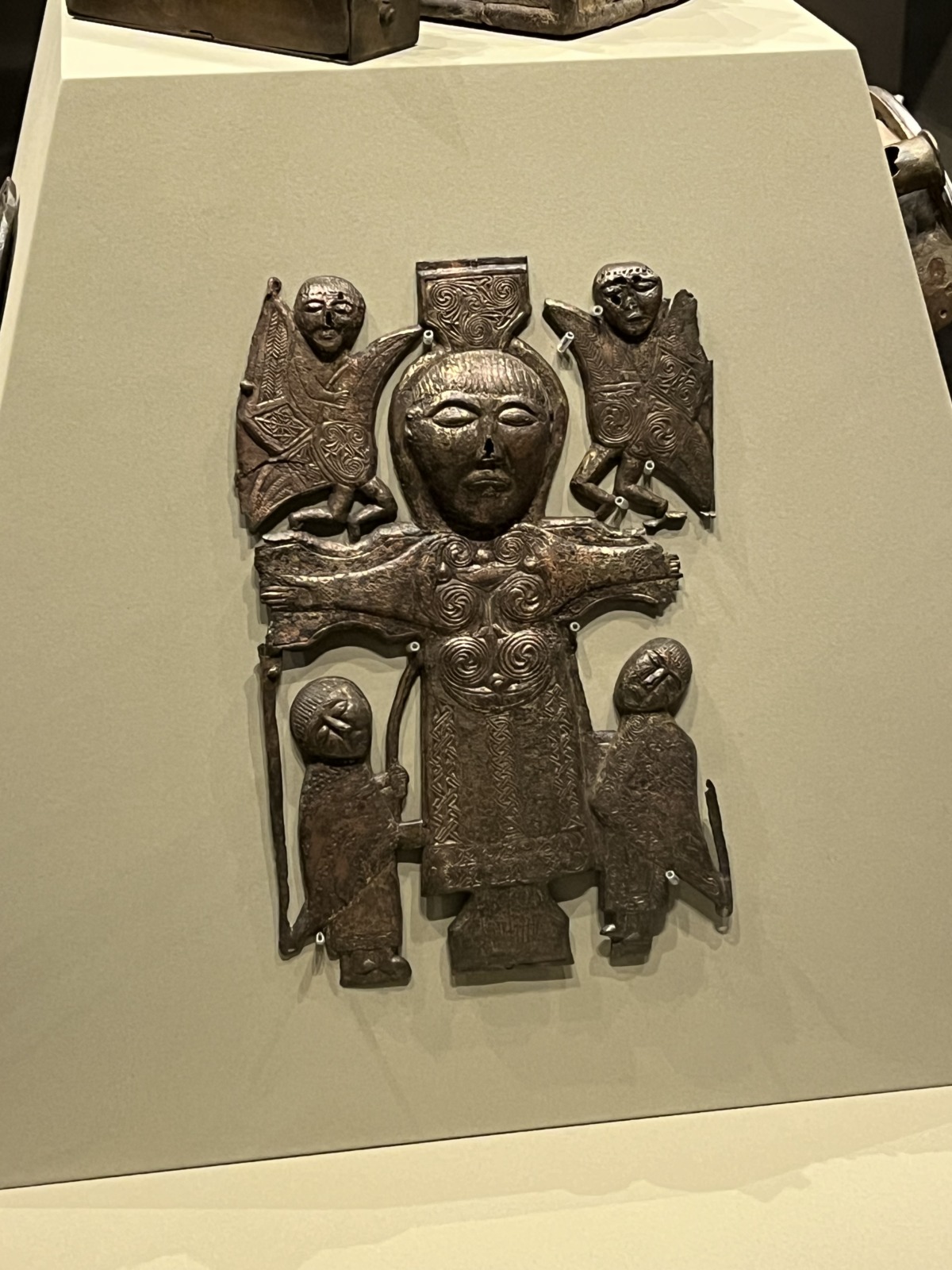
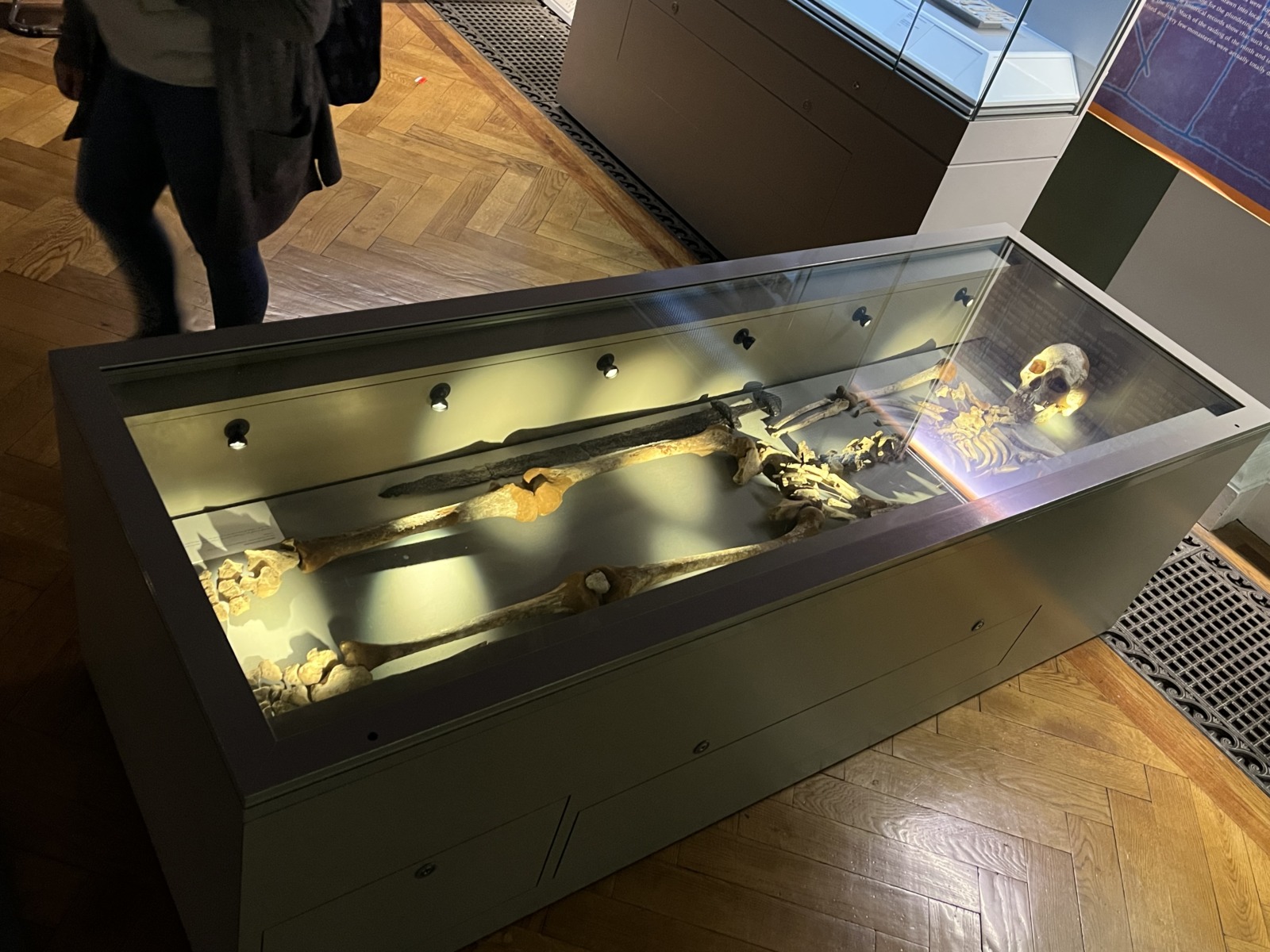
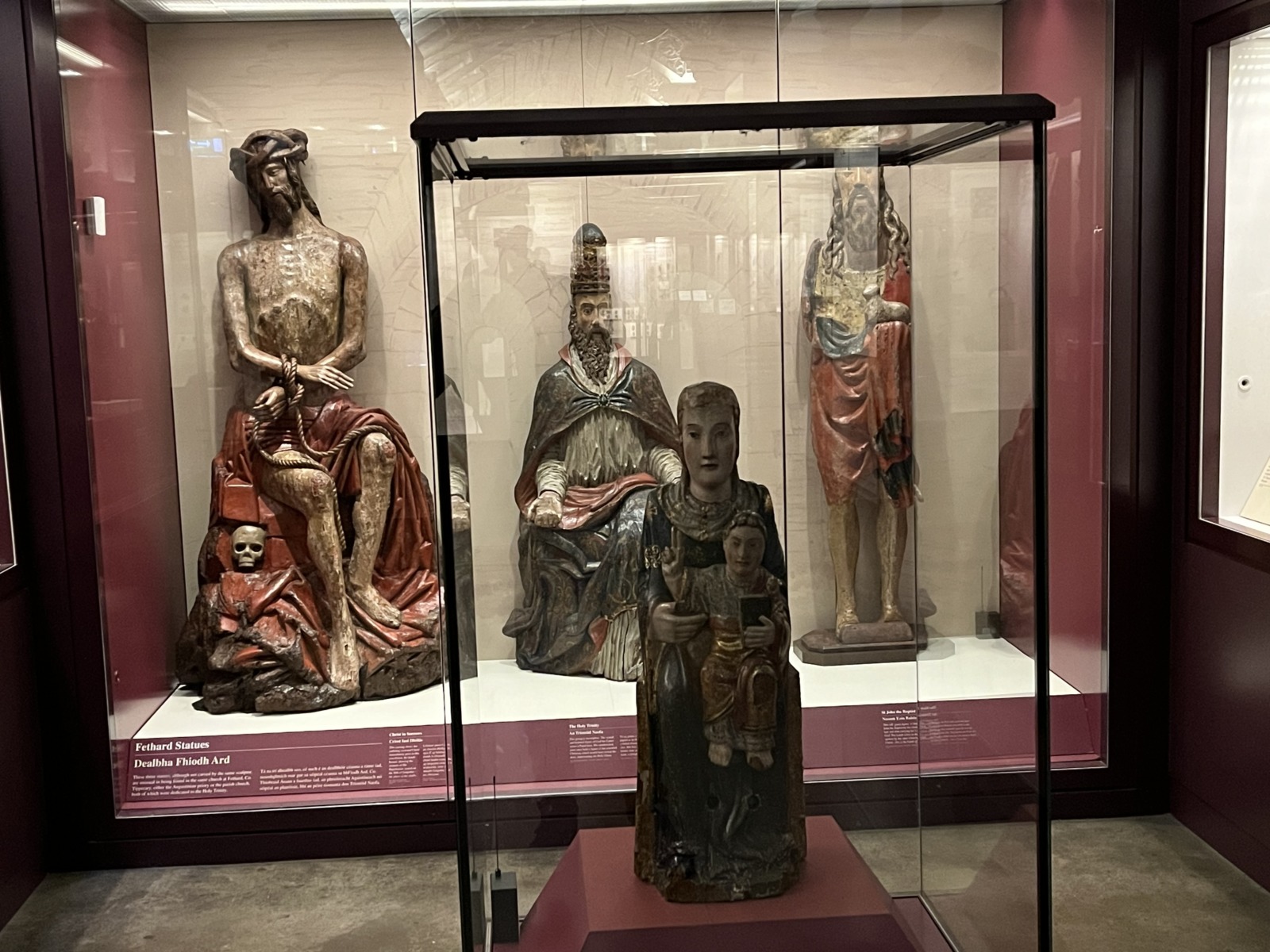
You will also find in the museum a room dedicated to the exhibition on Ancient Egypt in which one can discover objects used during religious ceremonies and burials as well as some mummies.
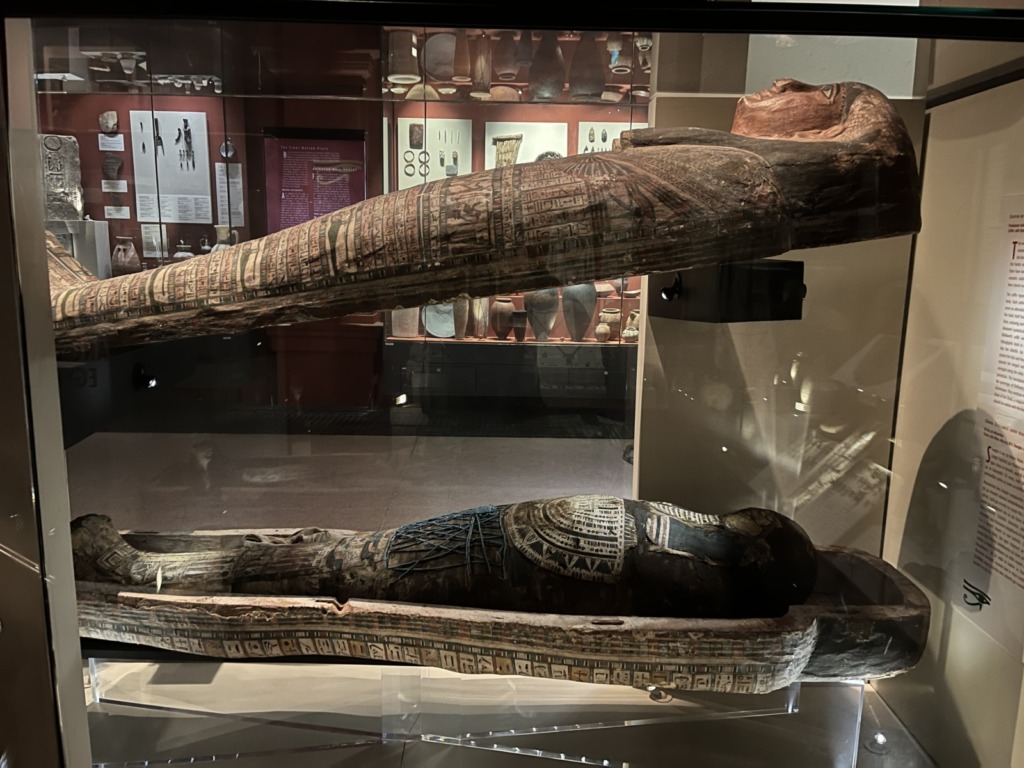
A little more “morbid”, the permanent exhibition “Kingship and Sacrifice” will present remains of bodies dating from the Bronze Age, some of which are very well preserved by mummification in peat , having suffered abuse related to sacrifices! Do not take the children there, it is a piece of advice…
You will find information more here.
Official website: https://www.museum.ie/en-IE/Museums/Archaeology
Free admission (donation recommended)
Liberties district
The Liberties is an area that was once renowned for its thriving textile industry, and for its production of Irish whiskey. It is also a former very popular and working-class district: the majority of the inhabitants of the district were employed in the Guinness brewery, located nearby.
I was impressed by the architectural contrast with the rest of the city with its imposing and sometimes luxurious buildings. When I inquired, I discovered that it was in this neighborhood that the Catholics took refuge. Hence the contrast with the districts of the city center, reserved for Anglo-Protestants.
Today, it is still a fairly popular area, but you can feel that the city is trying to breathe new life into it: technological and digital companies, “trendy” cafes and restaurants, Street Art.
To do some shopping, there is a market in the center of the district: the Liberty Market. Unfortunately, it’s only open a few days a week, and that wasn’t the case when I visited.
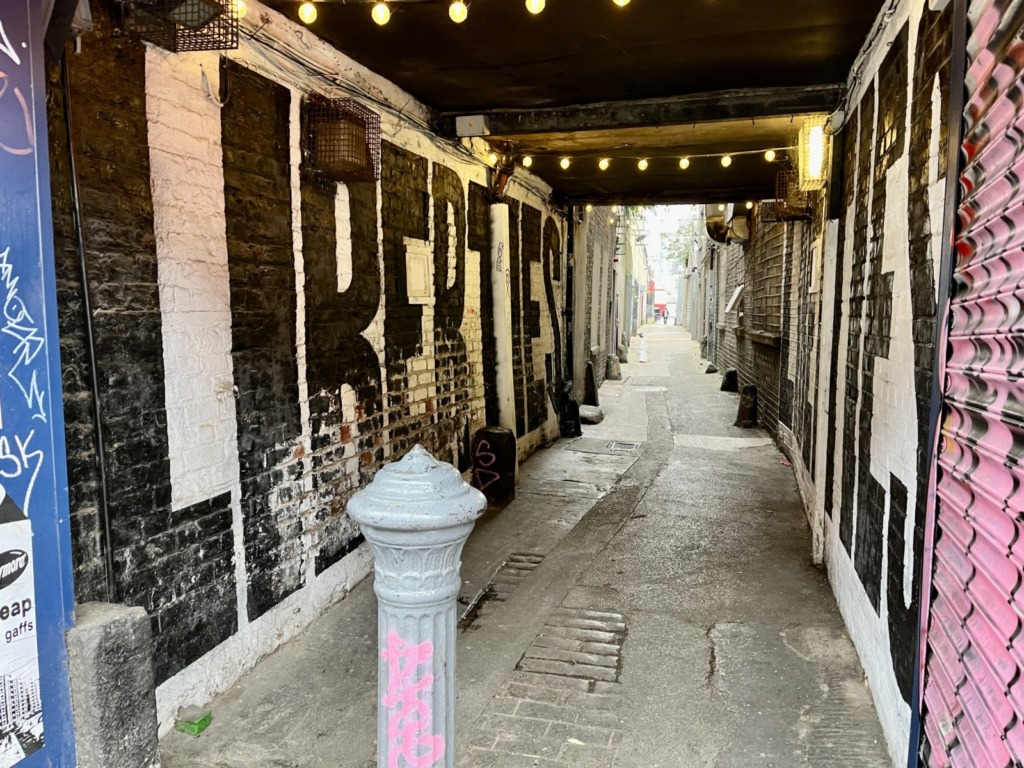
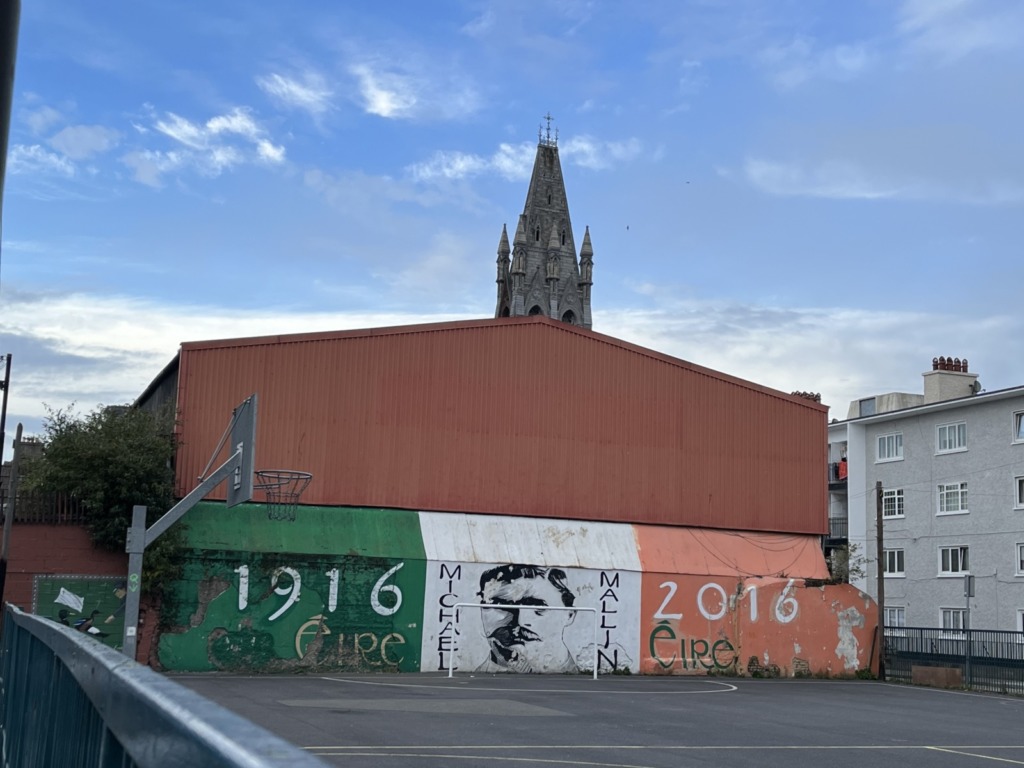
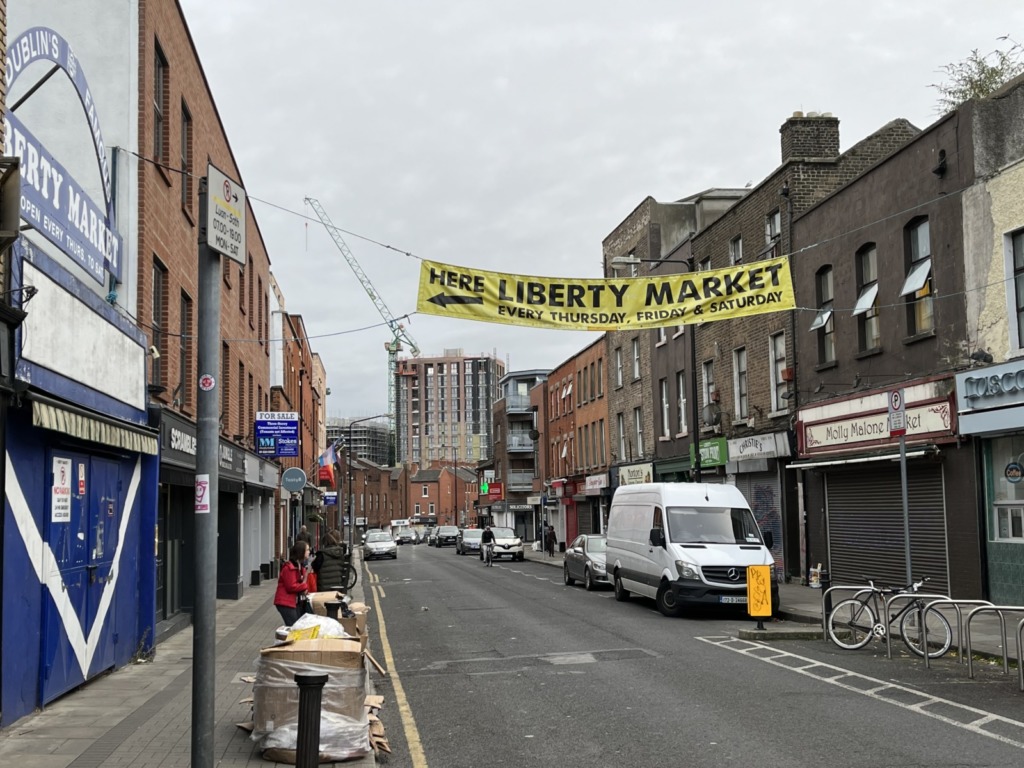
Guinness Storehouse
On the edge of the Liberties district, St James’s Gate marks the site of the Guinness Brewery, one of Dublin’s emblematic places , and also one of the most visited. I don’t like beer, but I couldn’t miss this tour, listed in the TOP 10 of the main tourist guides.
Guinness beer is one of the symbols of Ireland, and you can see its logo on the front of many pubs. Besides, this logo represents a harp, like the emblem of Ireland!
The Guinness Storehouse is the public part of the site. It offers a visit to part of the historic production site (Saint James Gate) of the famous Irish dark beer.
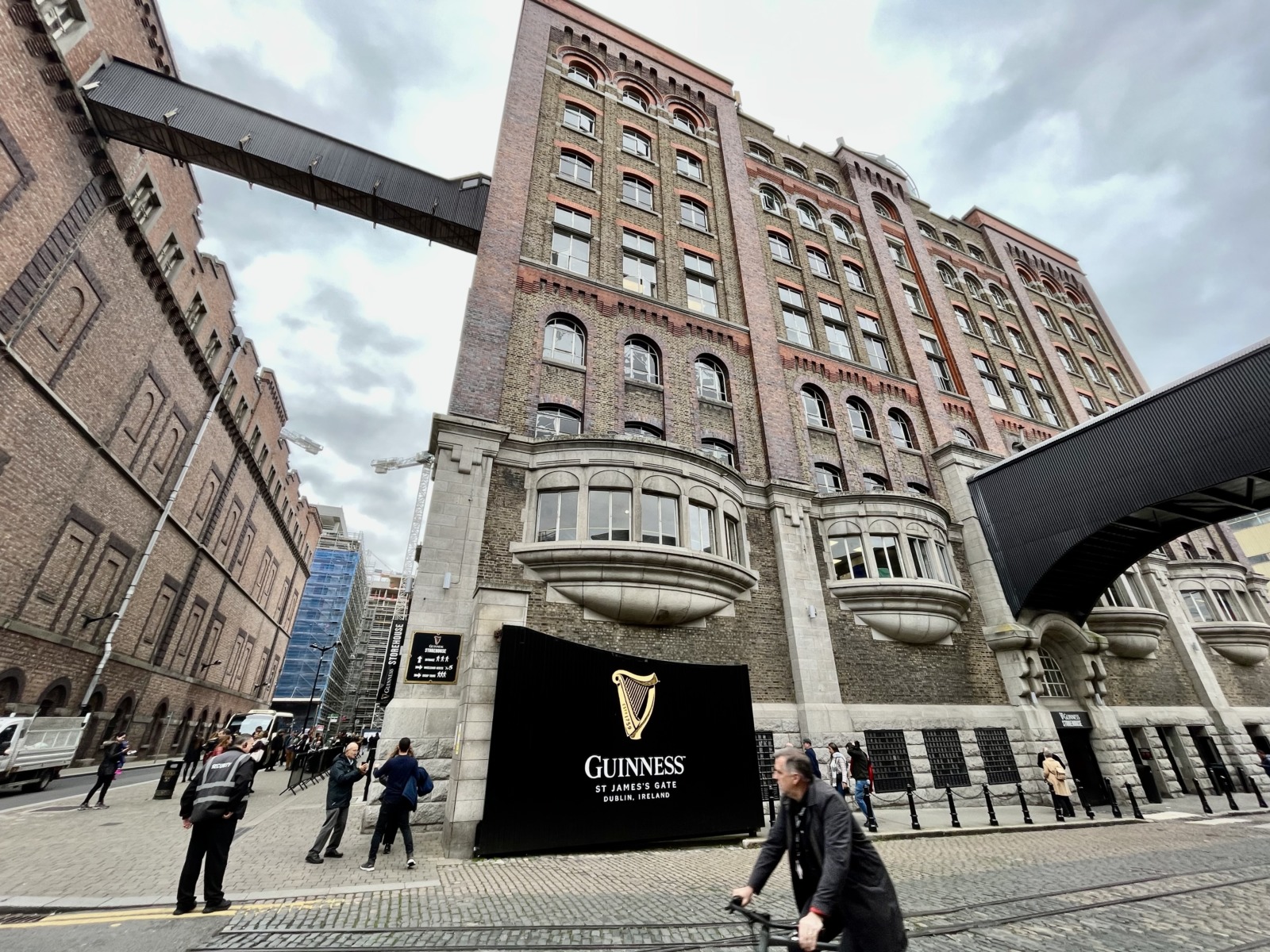
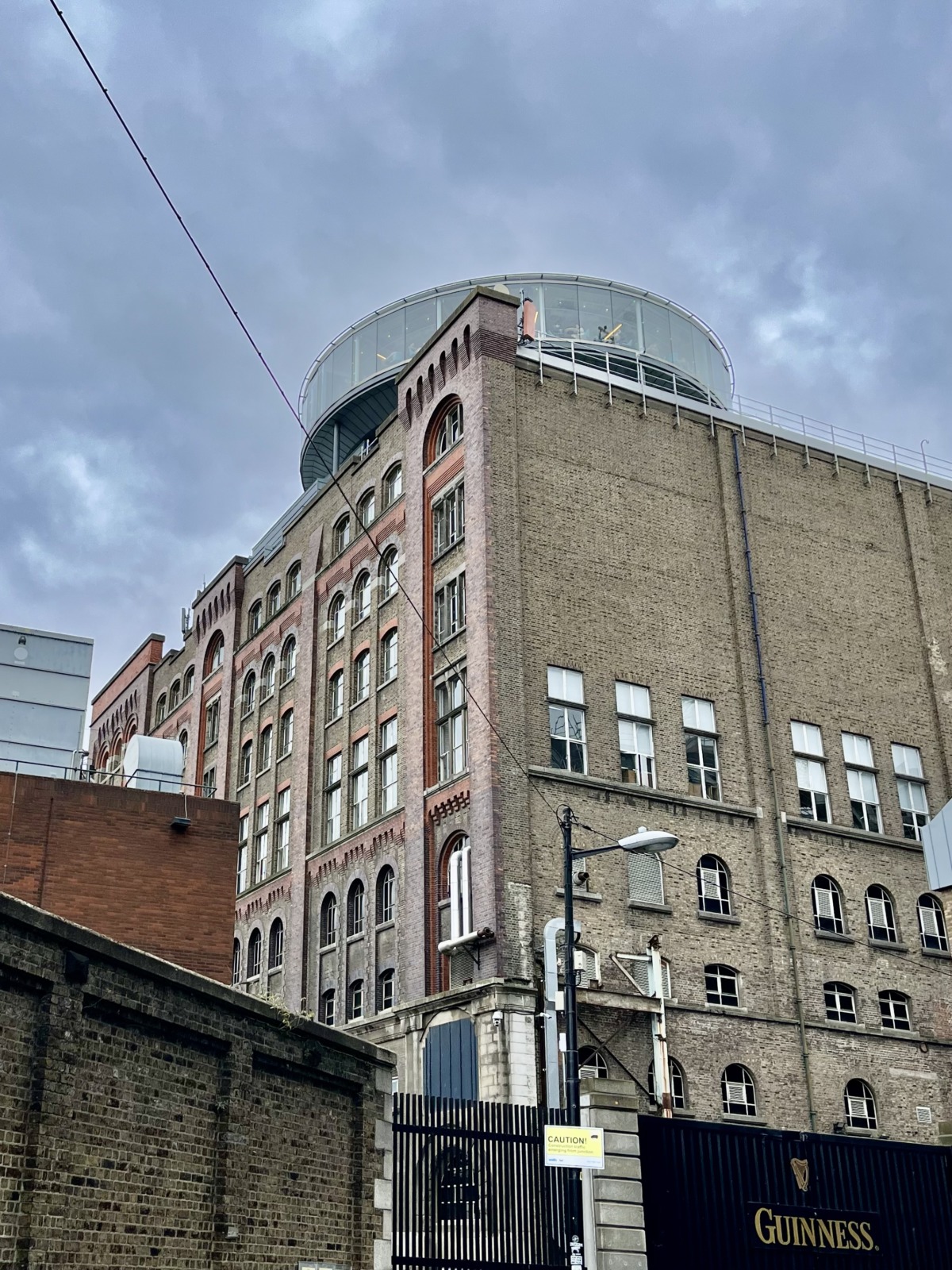
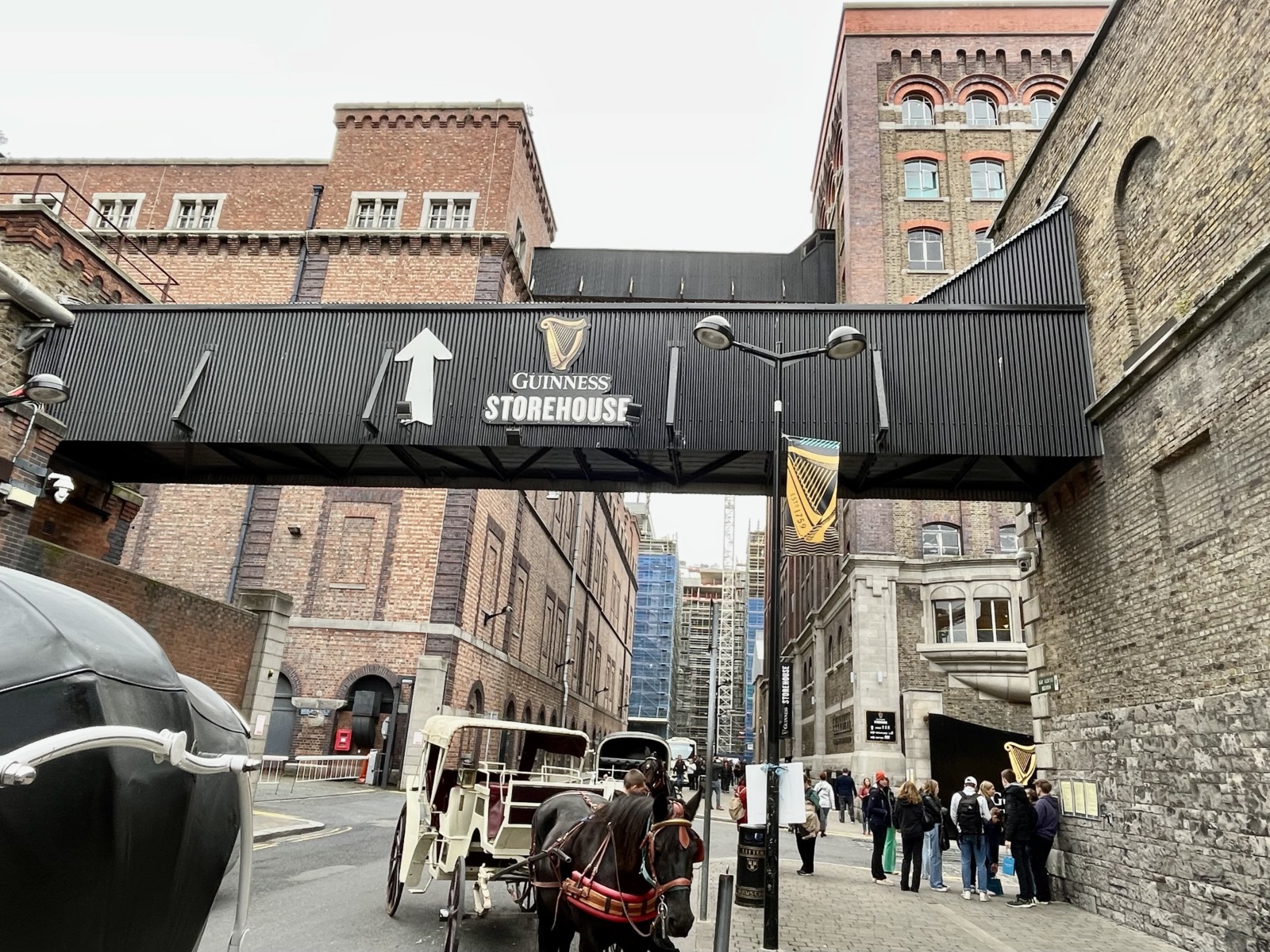
Even if you are not a beer lover, the place is very interesting to visit, very interactive, modern, and soliciting the five senses. As you progress through the six floors of the building, you reach the panoramic bar, where you can enjoy a free “pint”, or a “soft” drink for those who prefer.
The view of Dublin and its bay is truly breathtaking, and for that alone the visit of Guinness storehouse is worth it.
There is no need to go there on the same day to take the visit, you risk only being able to see the outside… so it is best to book your visit in advance.
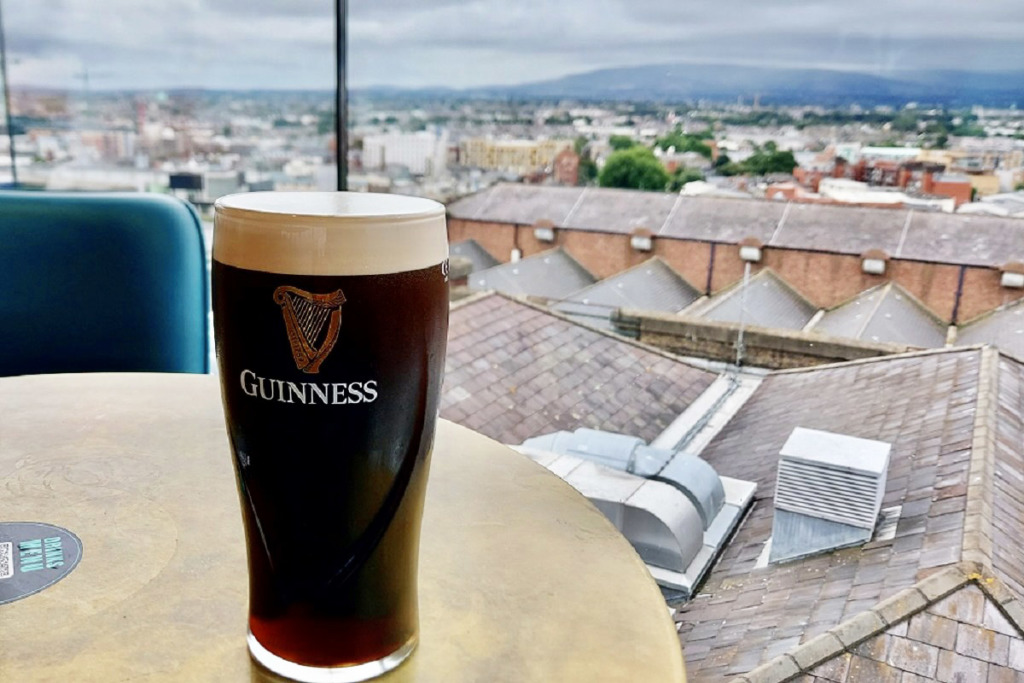
Official website: https: //www.guinness-storehouse.com
Entry fee, different formulas. It is better to book in advance.
Cathedral Christ church
The Christ Church Cathedral, or Cathedral of the Holy Trinity, is located in the old medieval heart of Dublin.
Founded in 1028 by the Vikings, it is the oldest cathedral in the city!
Unfortunately, there is not much left of this period: a few stones in the garden, the Romanesque-style transept, and the crypt.
In fact, at the end of the 19th century, the cathedral of Christ Church underwent a very important neo-Gothic type restoration, with in particular a large arch that crosses the street!
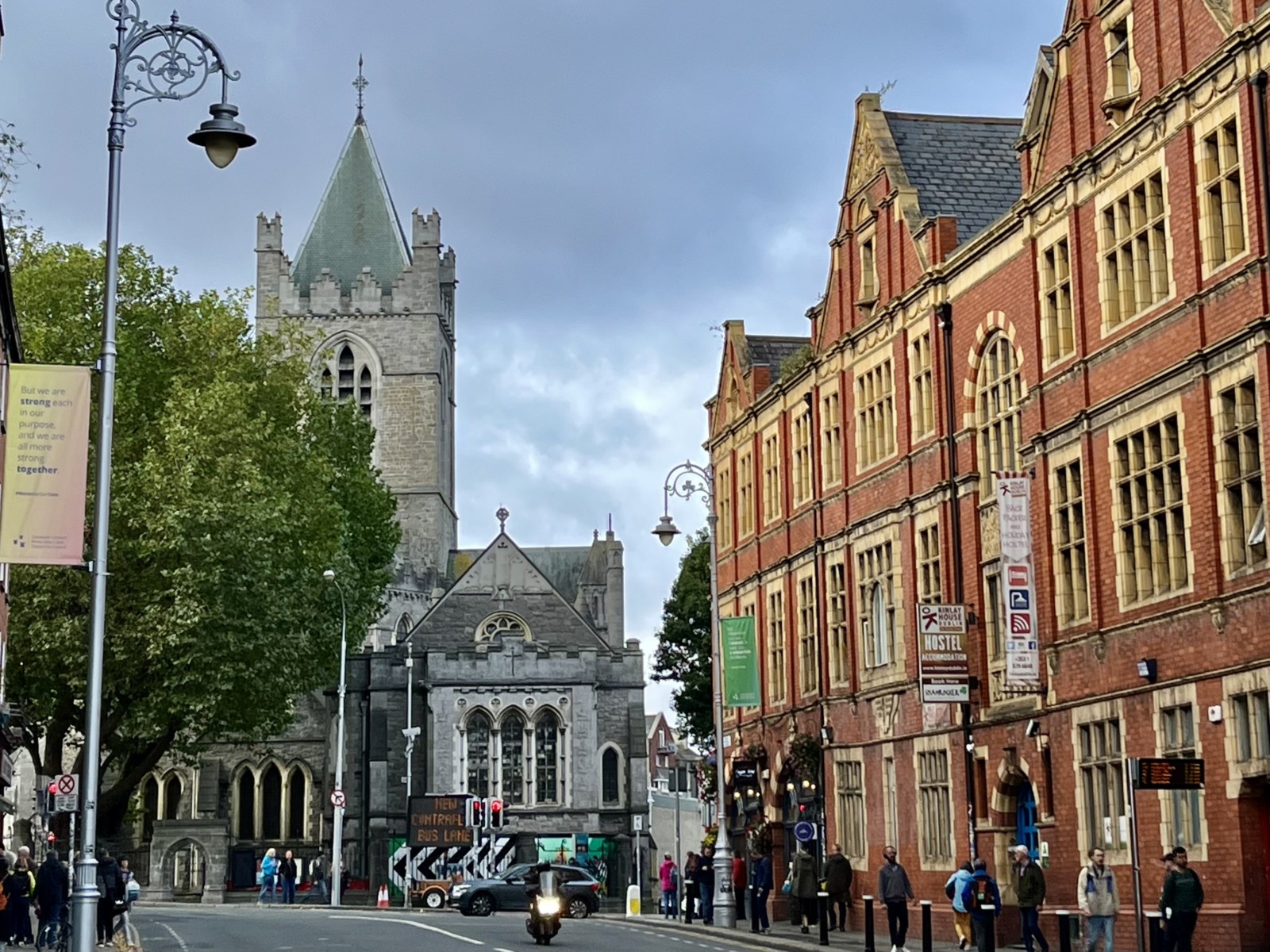
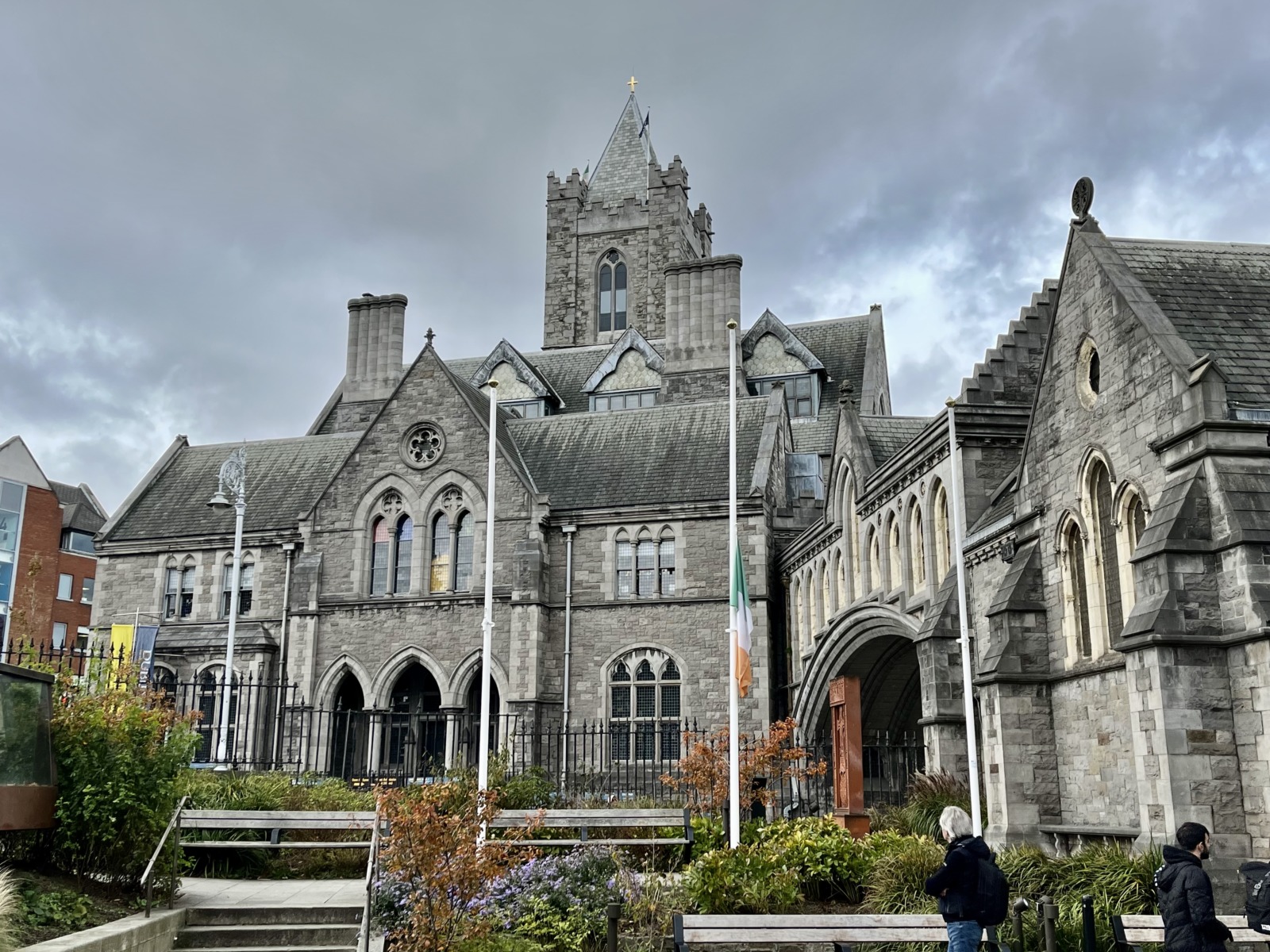
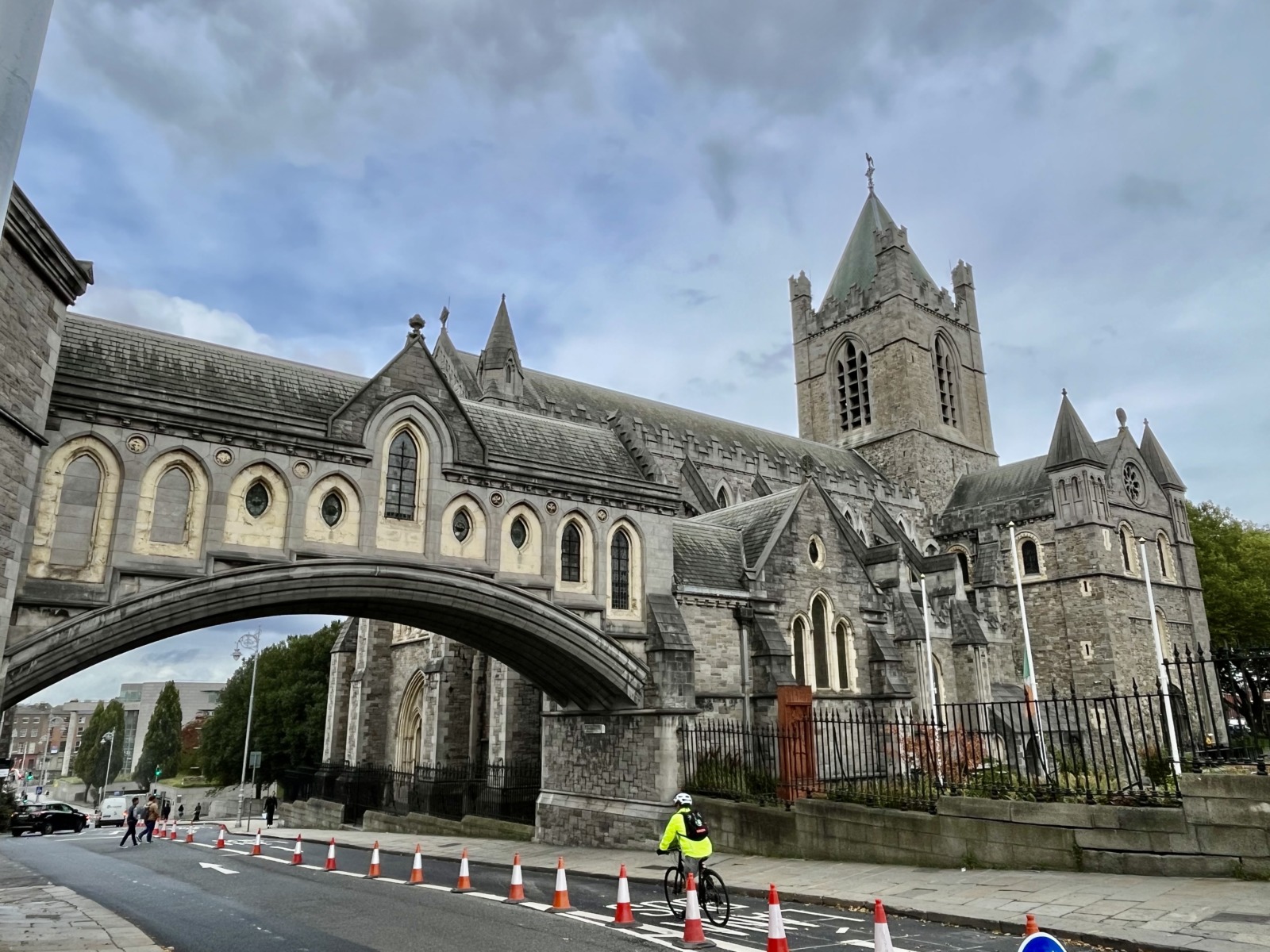
The visit is chargeable, it gives access to the visit of the cathedral and the crypt. An audioguide on mobile is accessible after connecting to the cathedral’s Wifi, and scanning a QR code (it’s a website).
The explanations are very clear and pleasant to listen to. On the other hand, as it’s a site and not an application, it’s not very practical, you waste a lot of time coming back to the reception, finding your room, etc. ..
We start by visiting the cathedral itself, with many explanations, especially on the patterned tiled floor, which is undoubtedly the most beautiful floor of a religious building that I have seen! The colors of the tile slabs are beautiful and large “mandalas” are present, all different.
Only a small part of the original tiling is still visible, at the level of the Saint-Laud chapel at the bottom right of the cathedral.
We also learn from this audio guide that the tomb at the entrance is that of “Strongbow”, or Richard de Clare, who conquered Dublin in the 11th century.
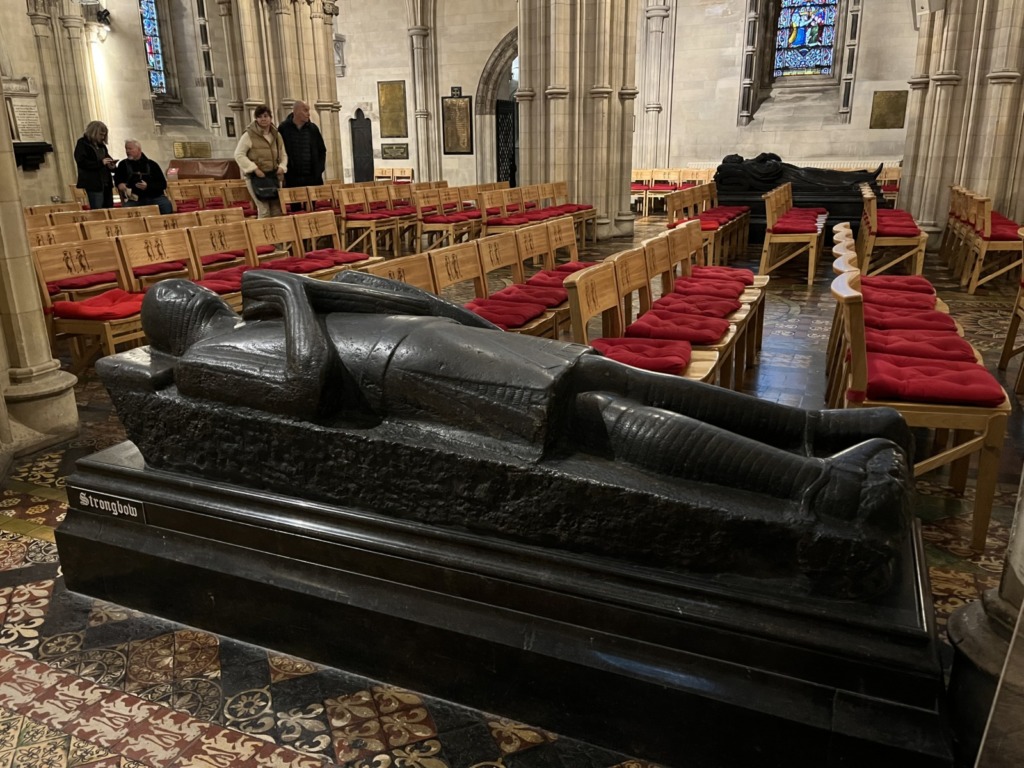
There is also an impressive relic in this cathedral: the heart of Saint Laurence O’Toole, former Archbishop of Dublin.
In 2012, this object of great religious value was stolen. Legend has it that as several of the thief’s relatives died of heart attacks, he decided to return the heart. It was found intact in Phoenix Park in 2018.
Since then, he has been protected in a secure glass cage, and no longer in a simple iron cage (this remains visible, hanging on the wall).
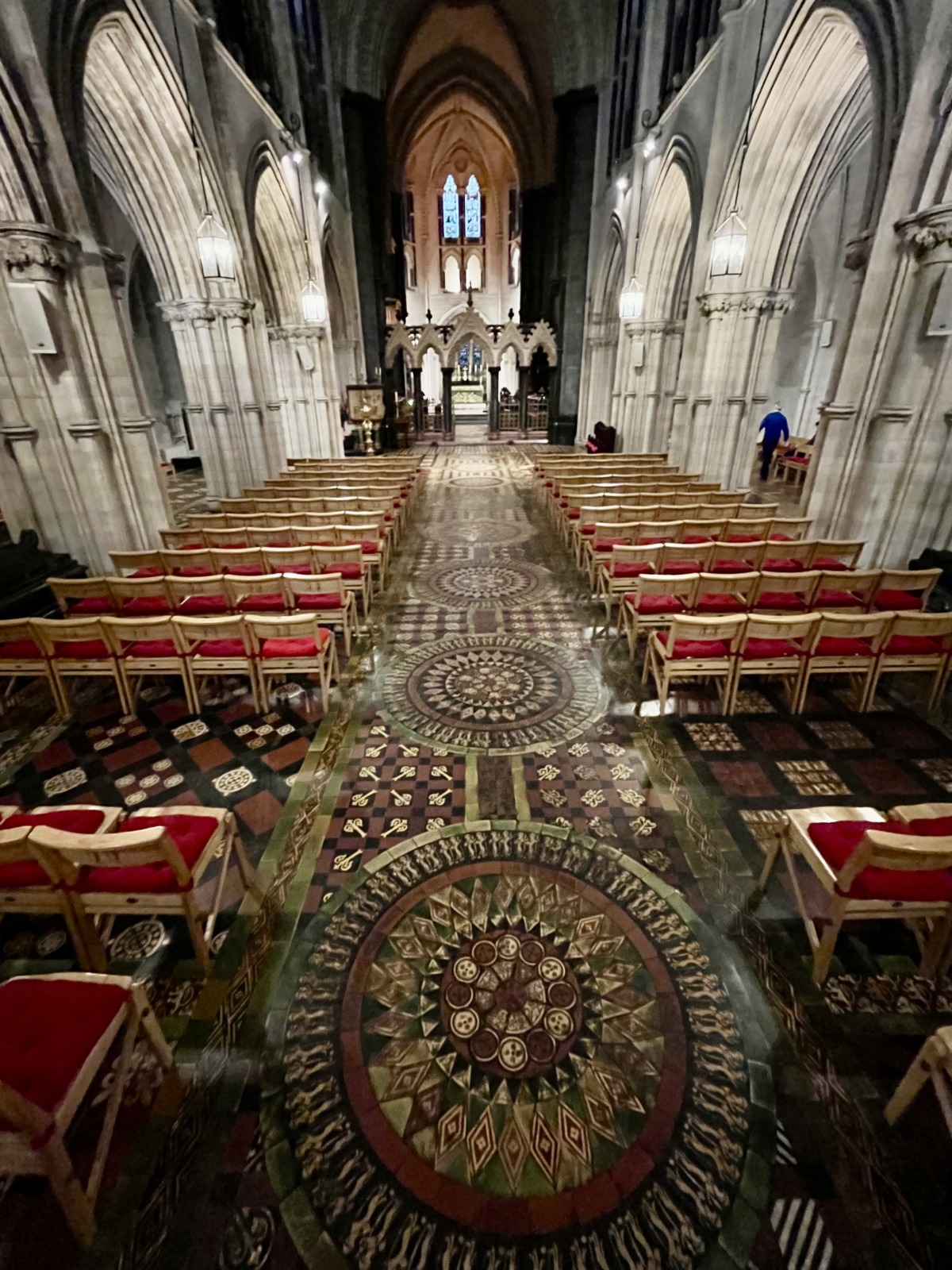
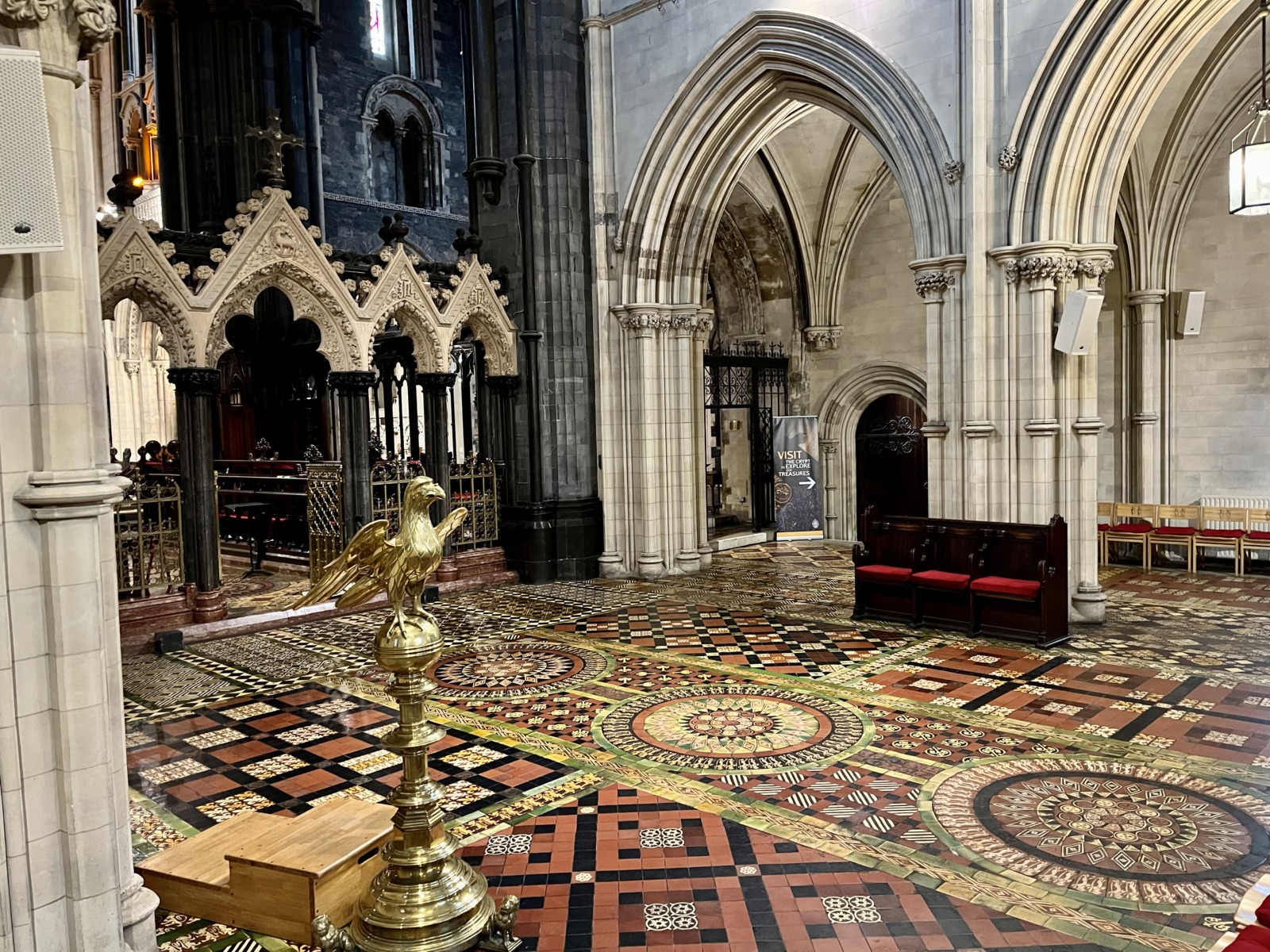
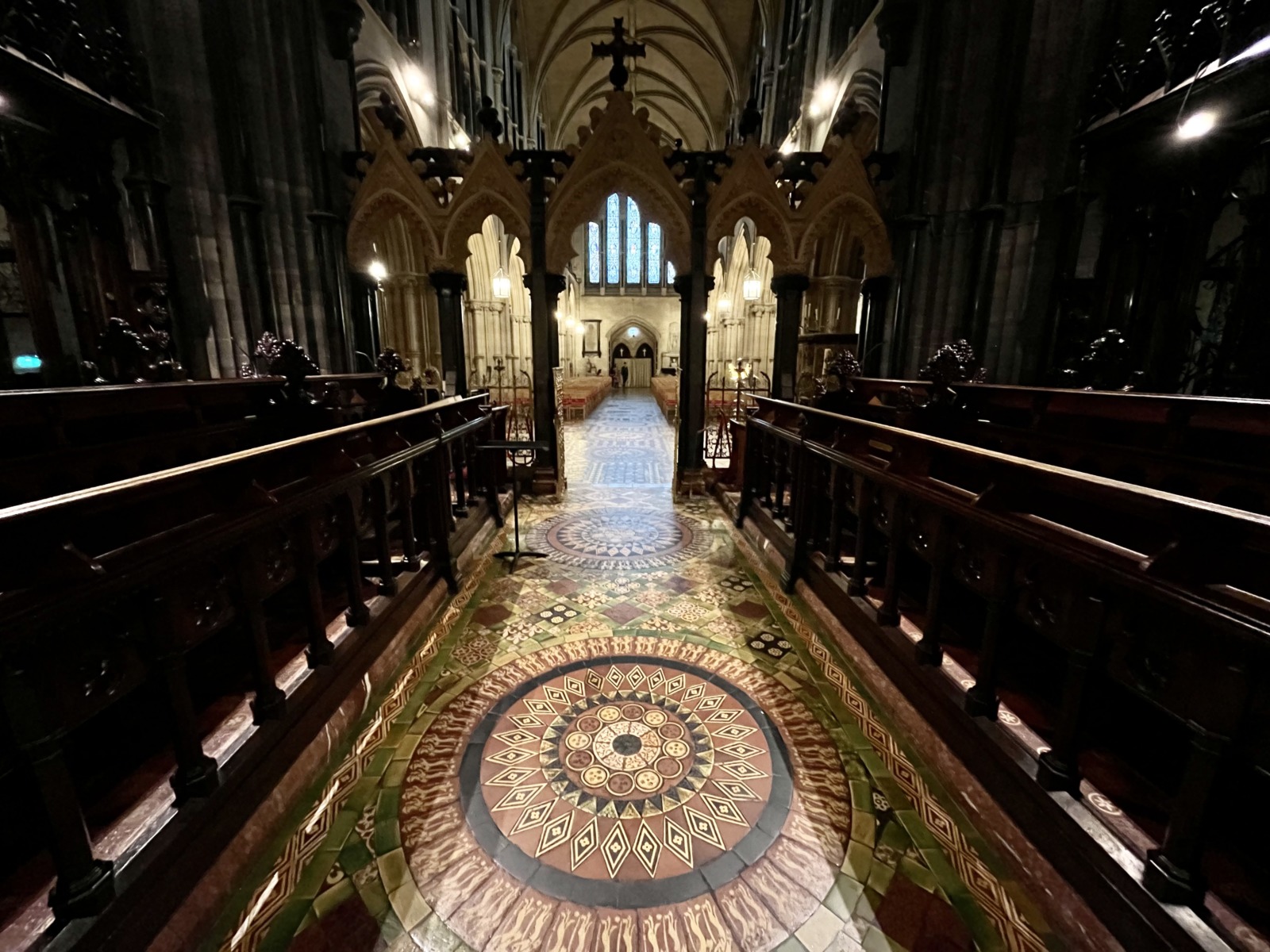
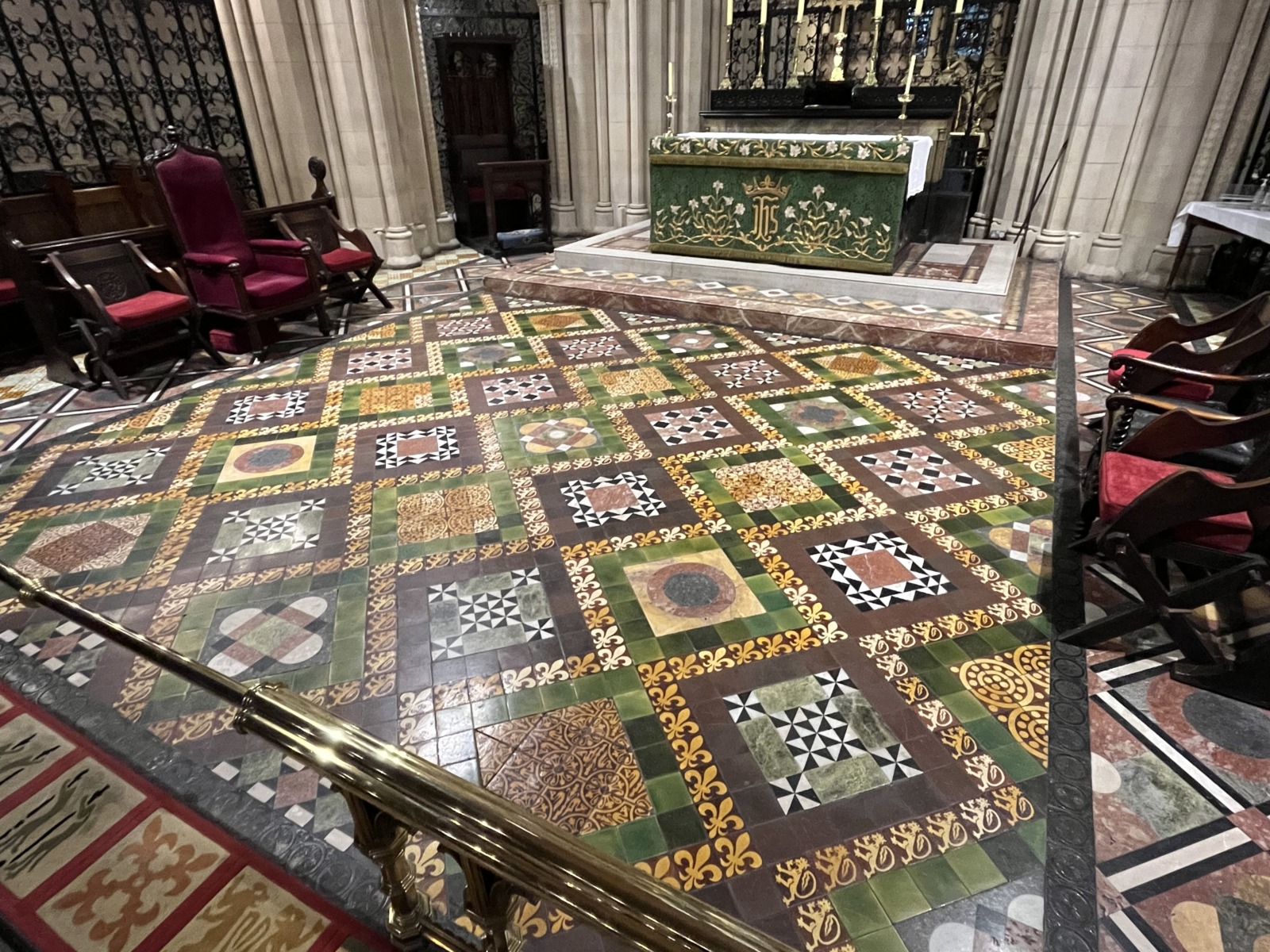
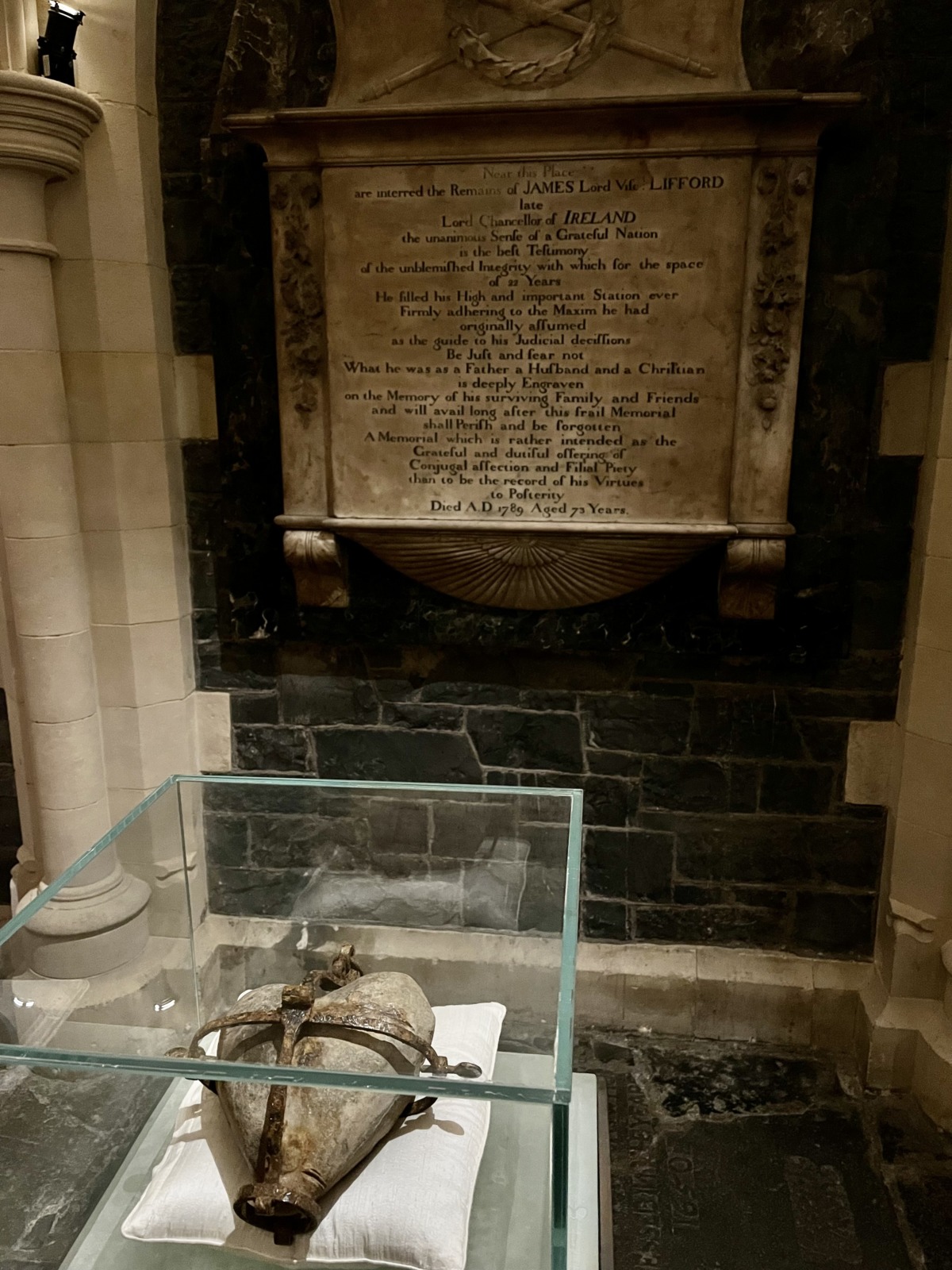
We then access the crypt, which is the largest in Ireland!
The brightness is very well worked, and gives the place an atmosphere that is both soothing and intriguing.
Several objects are exhibited and explained: a medieval manuscript, a pillory (the “thugs” were placed there so that the population could throw rotten fruits and vegetables at them ), and the mascots of the place: a mummified cat and rat found in the great organ of the cathedral during its restoration.
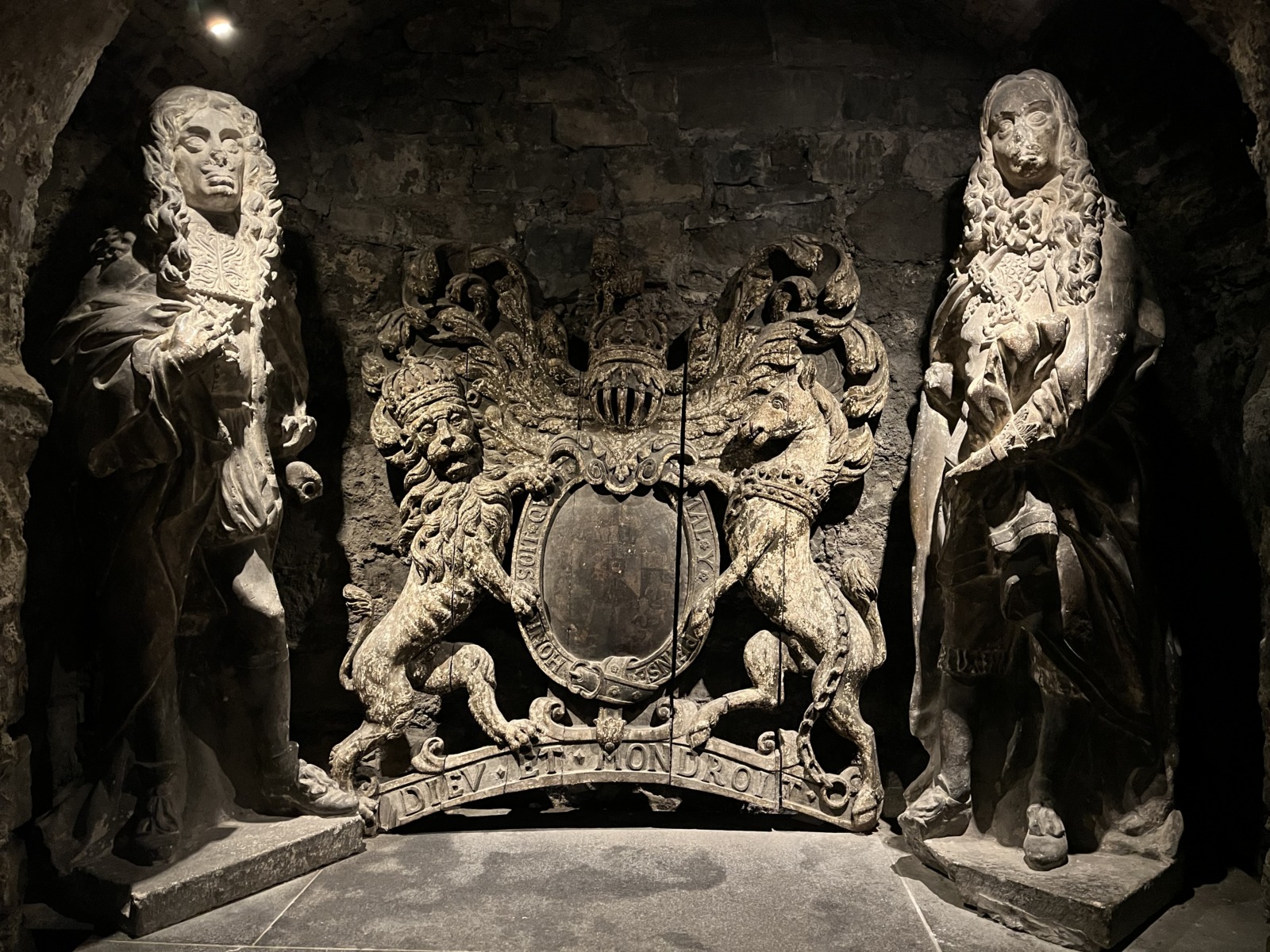
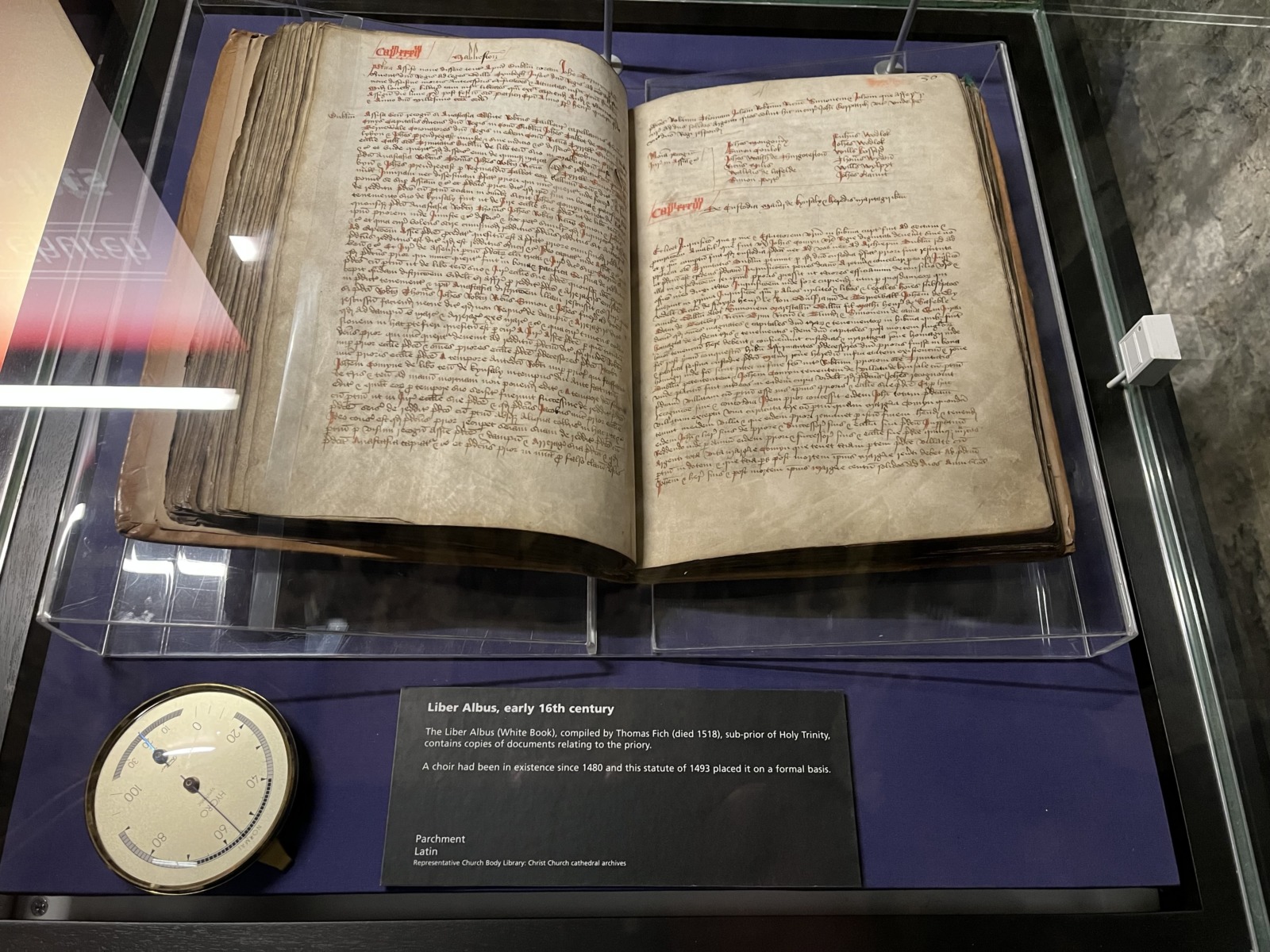
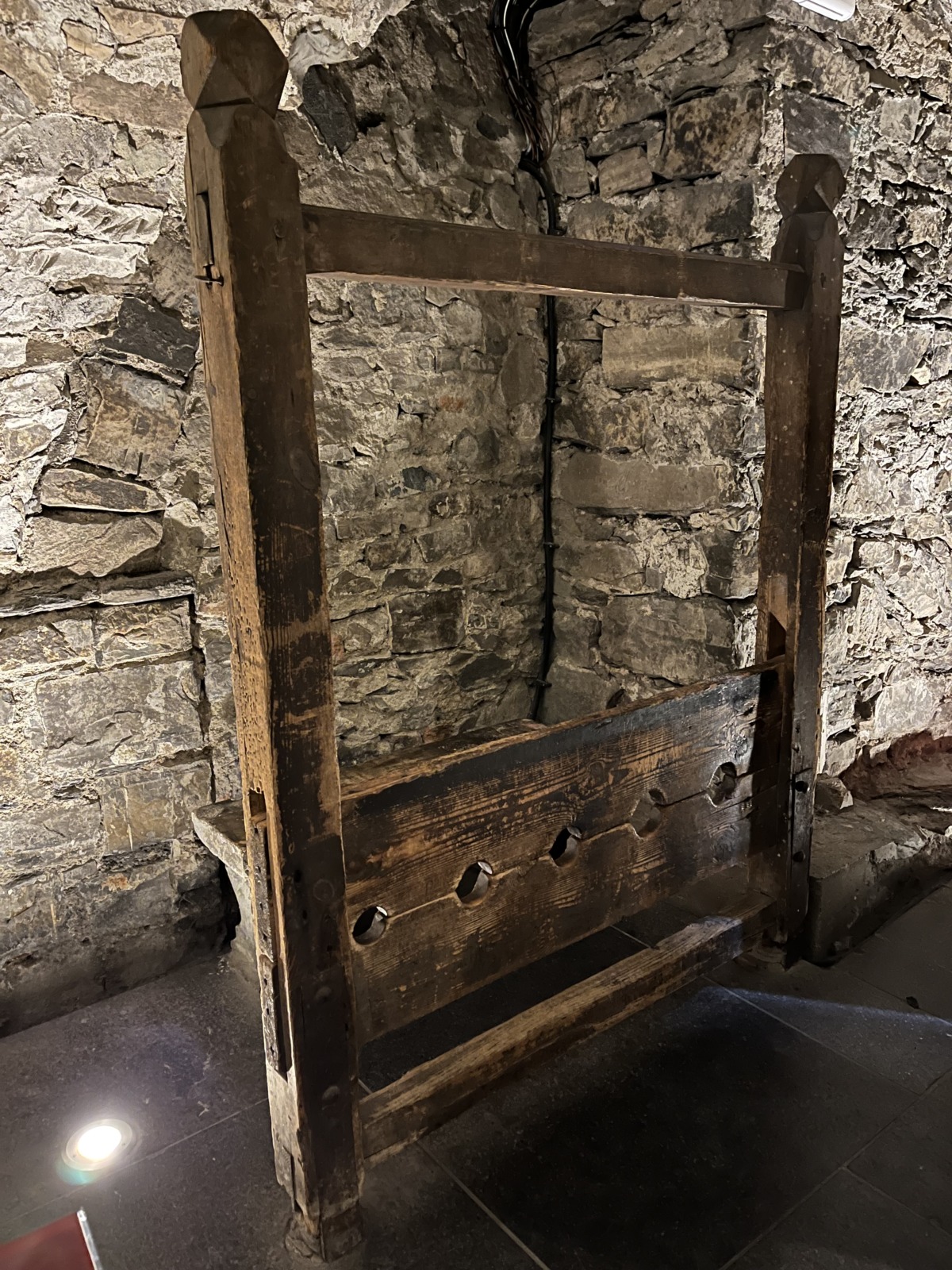
At the end of the visit, the inevitable shop awaits you! You can find most of the souvenir items found in the city’s shops here.
Official website: https://christchurchcathedral .ie/
Admission fee (no online booking)
Irish Rock’n Roll Experience museum
The Irish Rock ‘N’ Roll Museum Experience is a museum entirely devoted to Irish pop music and to such renowned stars as U2, Van Morrison, Rory Gallagher.
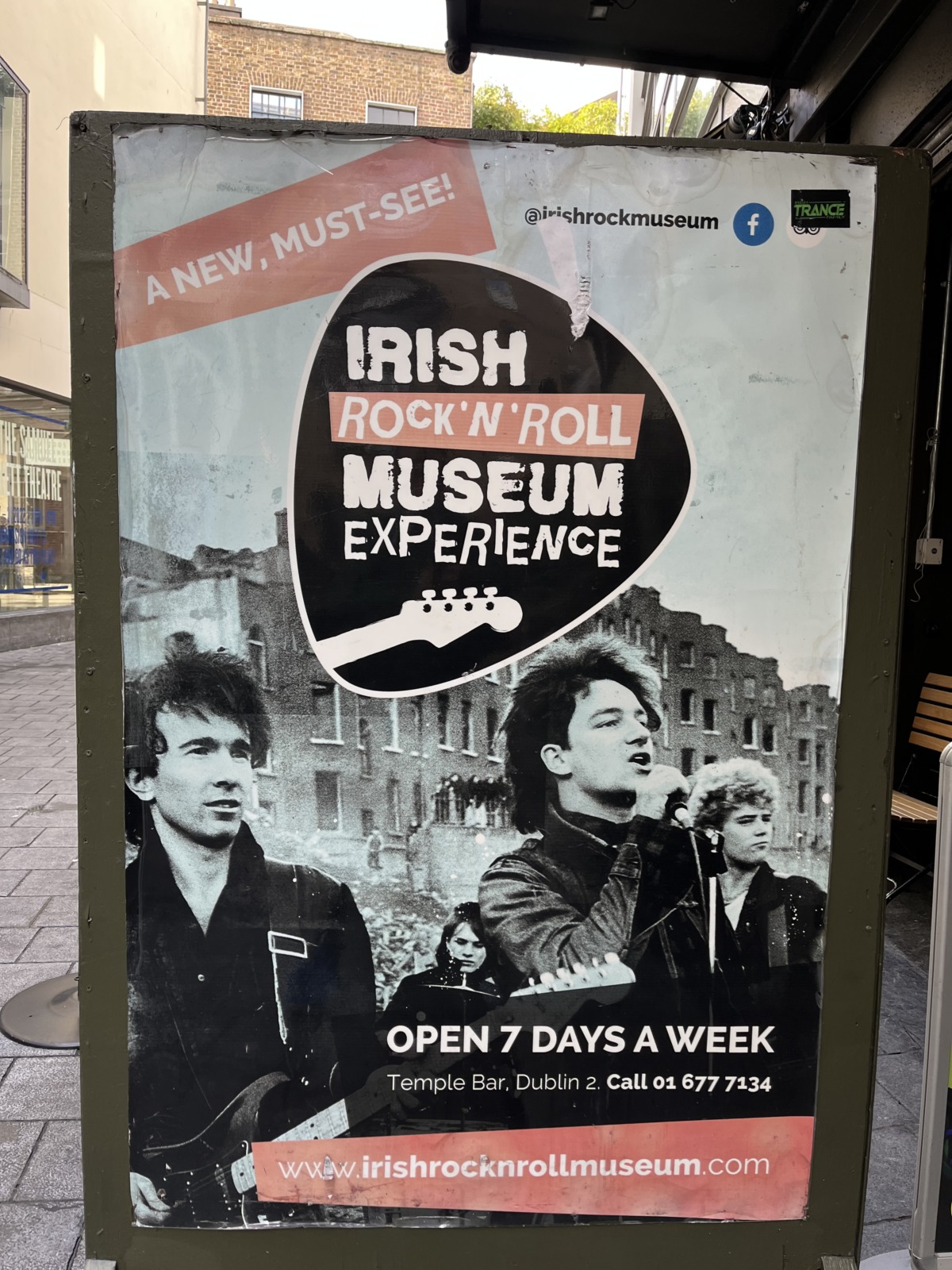
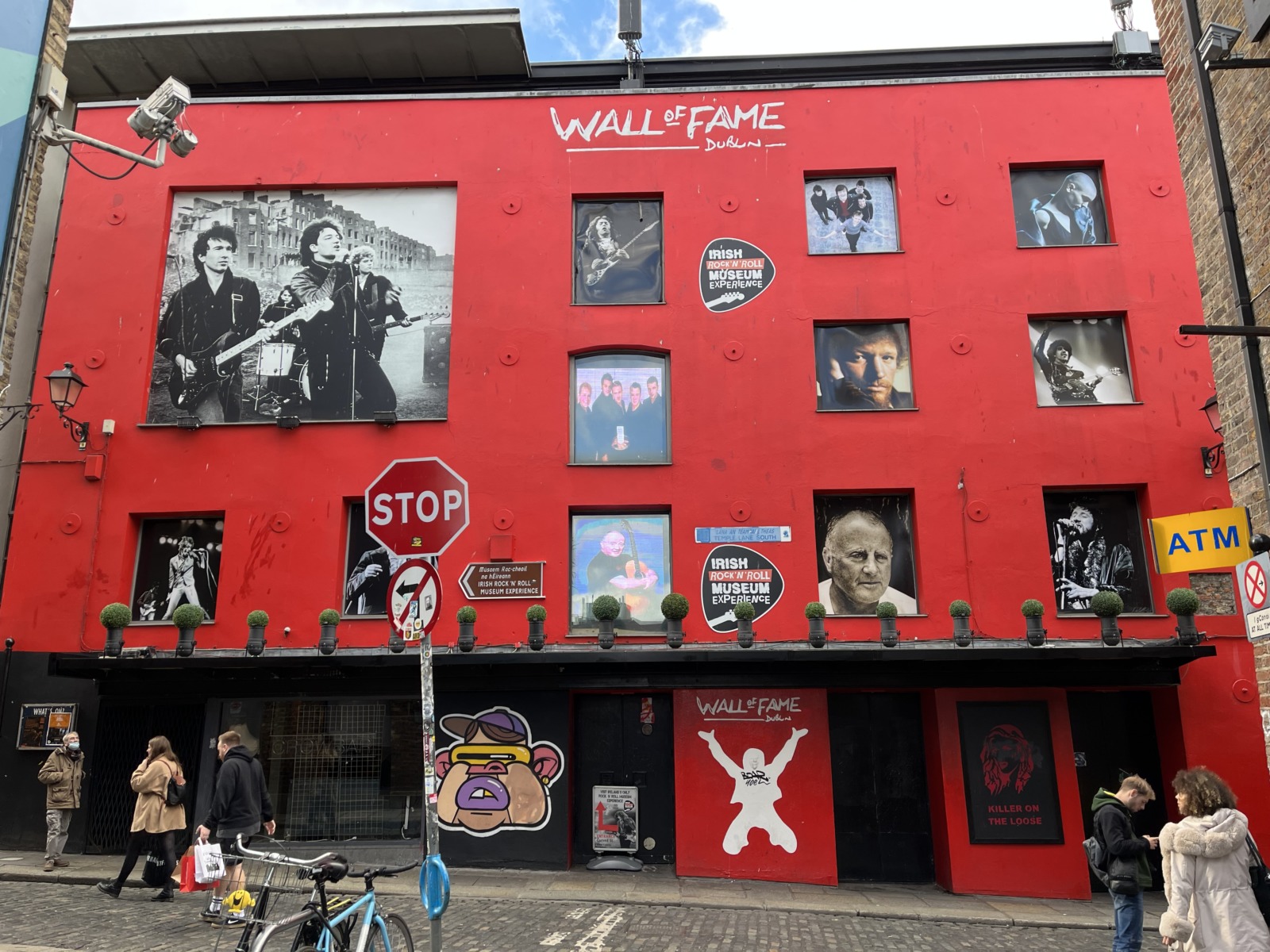
The visit I was able to make lasted almost two hours, thanks to a guide who has always worked in the music industry and in particular in the Temple Lane recording studio .
He gave us a lot of information on Irish pop music, the studio recording process, and told many anecdotes about the illustrious singers who have passed through the studio.
On U2: He told us that Bono was kicked out of college at the age of 14 for hitting … a teacher! He was constantly making fun of an albino student, and Bono didn’t like it. It’s rather a good thing because barely arrived in his new establishment, he met the 3 other members of the future group U2 and even his future wife! The name U2 even comes from the name of a classroom in this college…
The band started rehearsing at Temple Studio in Dublin, a room dedicated to them with a lot of objects donated by the band and by Bono’s father.
As the guide showed us on video, the leader of U2 often returns to these places, he was there the week before my visit.
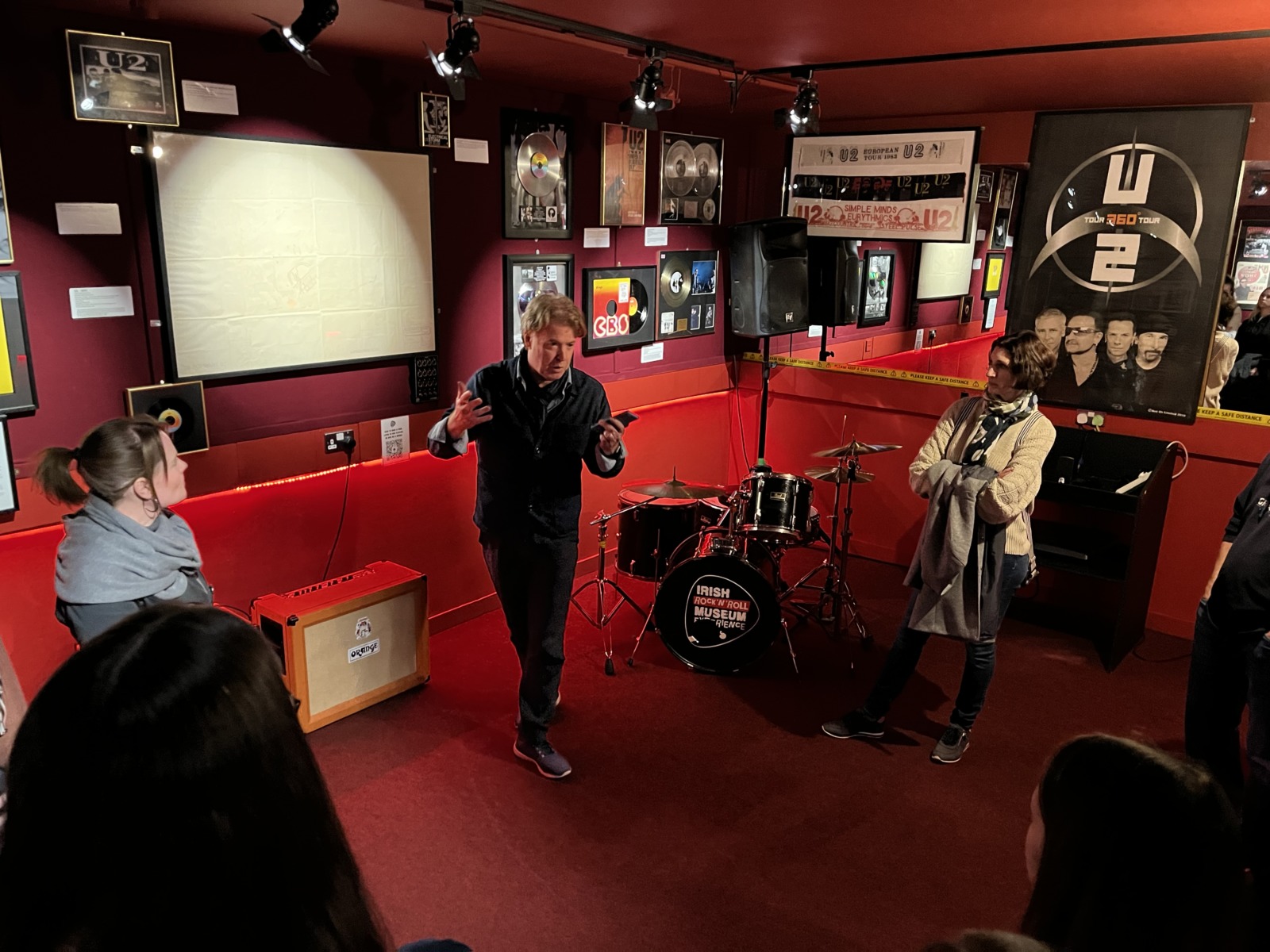
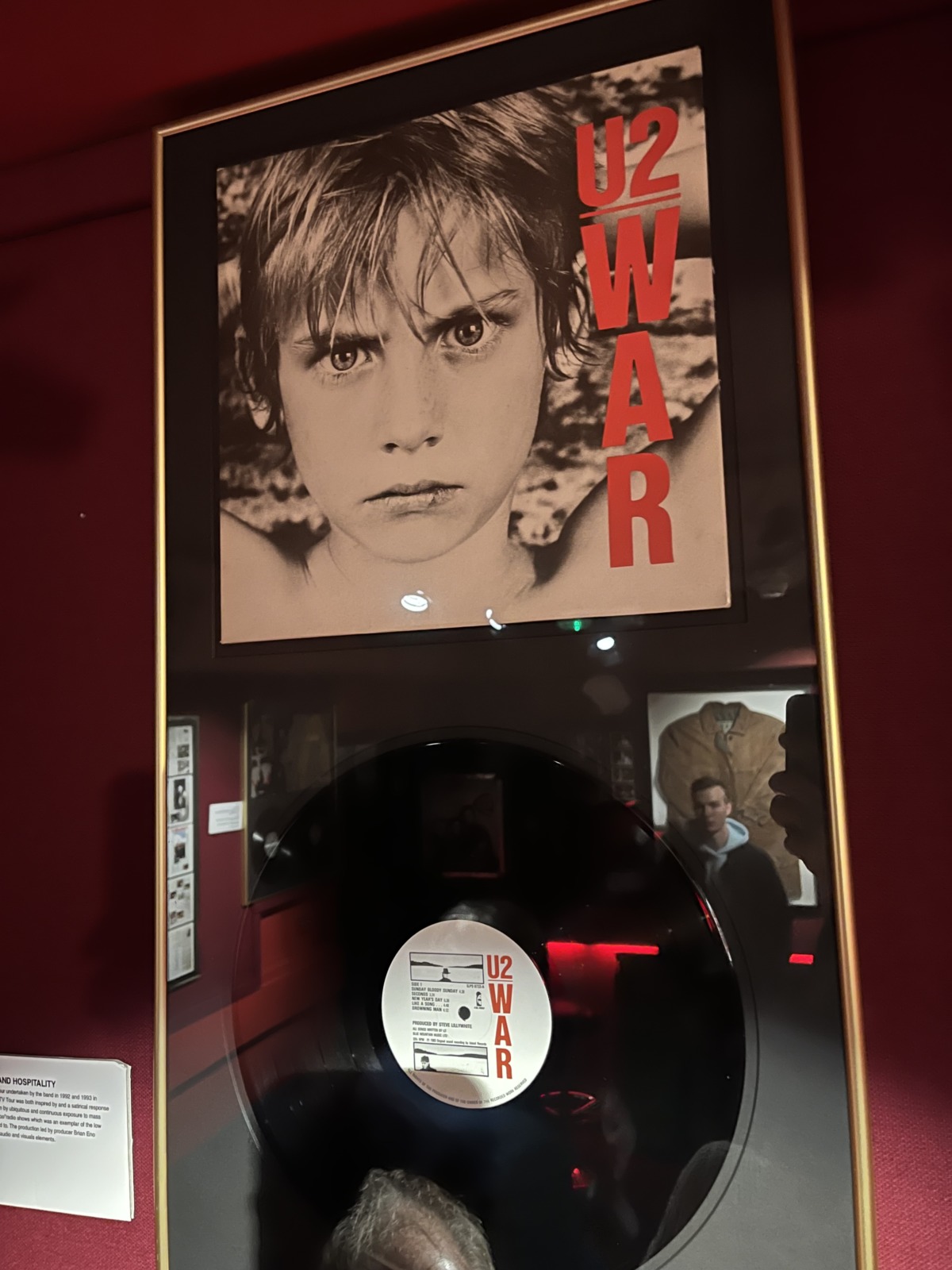
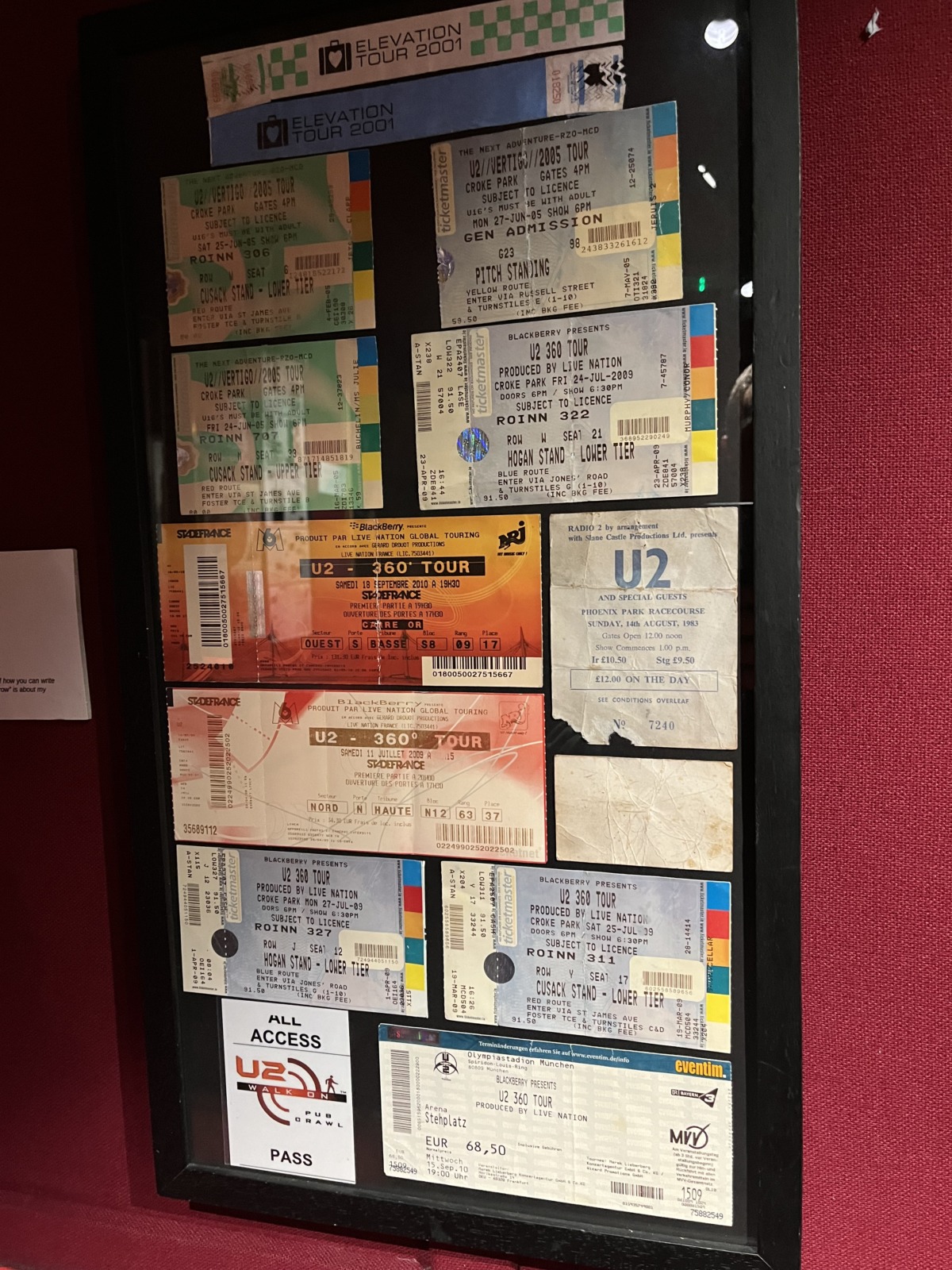
Rihanna recorded “Love The Way You Lie” there, and Michael Jackson spent several weeks there in the studio with Black Eyed Peas singer Will I Am, for recordings related to the reissue of the Thriller album (Thriller 25) and for an album that never saw the light of day… It was in 2008, a year before Michael’s death.
At the end of the recordings, the director of the studio asked Michael Jackson if he could offer the studio a souvenir object… Michael went to his rest room which is located in the studio to offer him: his pajama jacket!
This one hangs on a wall, as you can see in my photos!
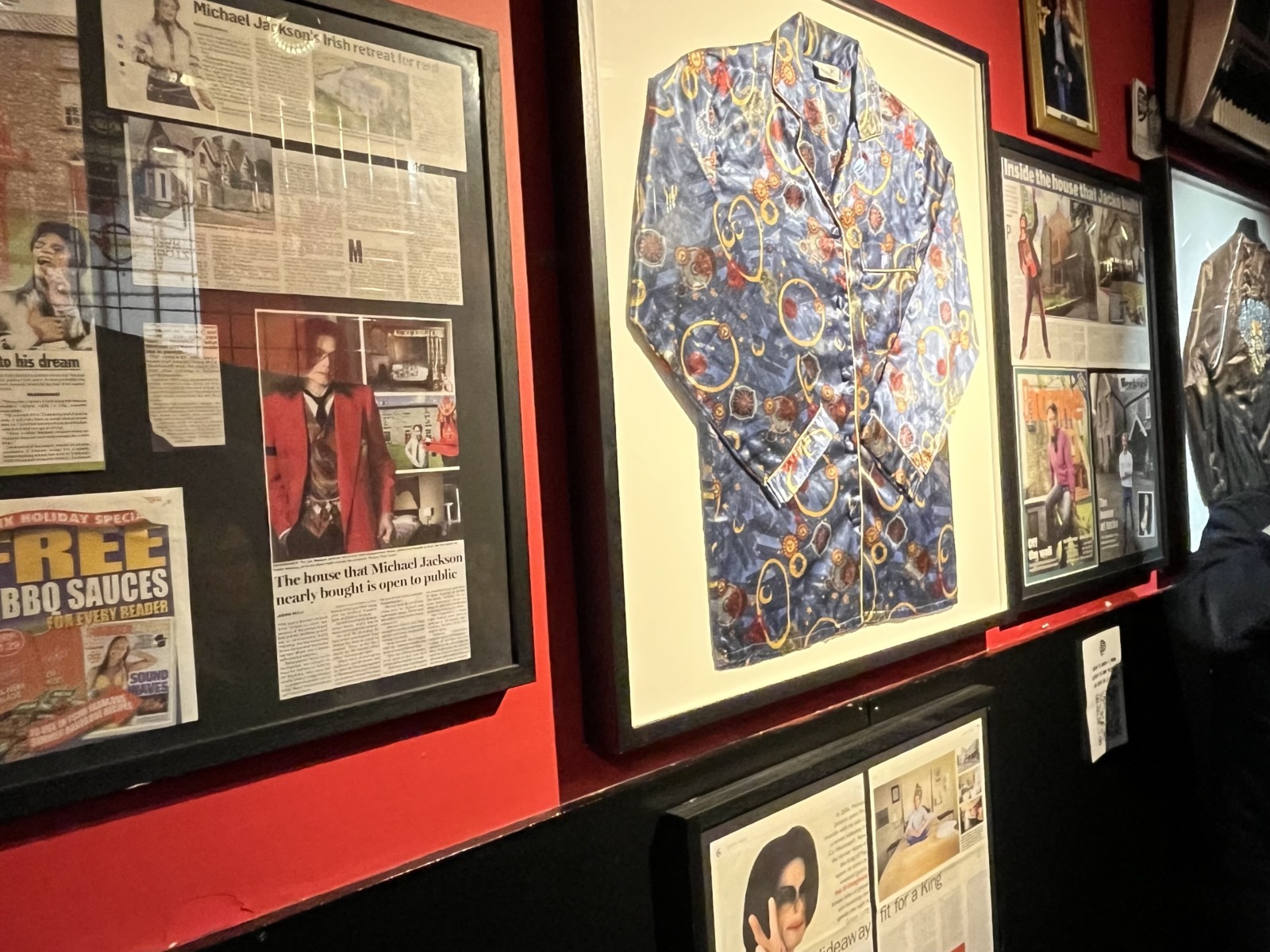
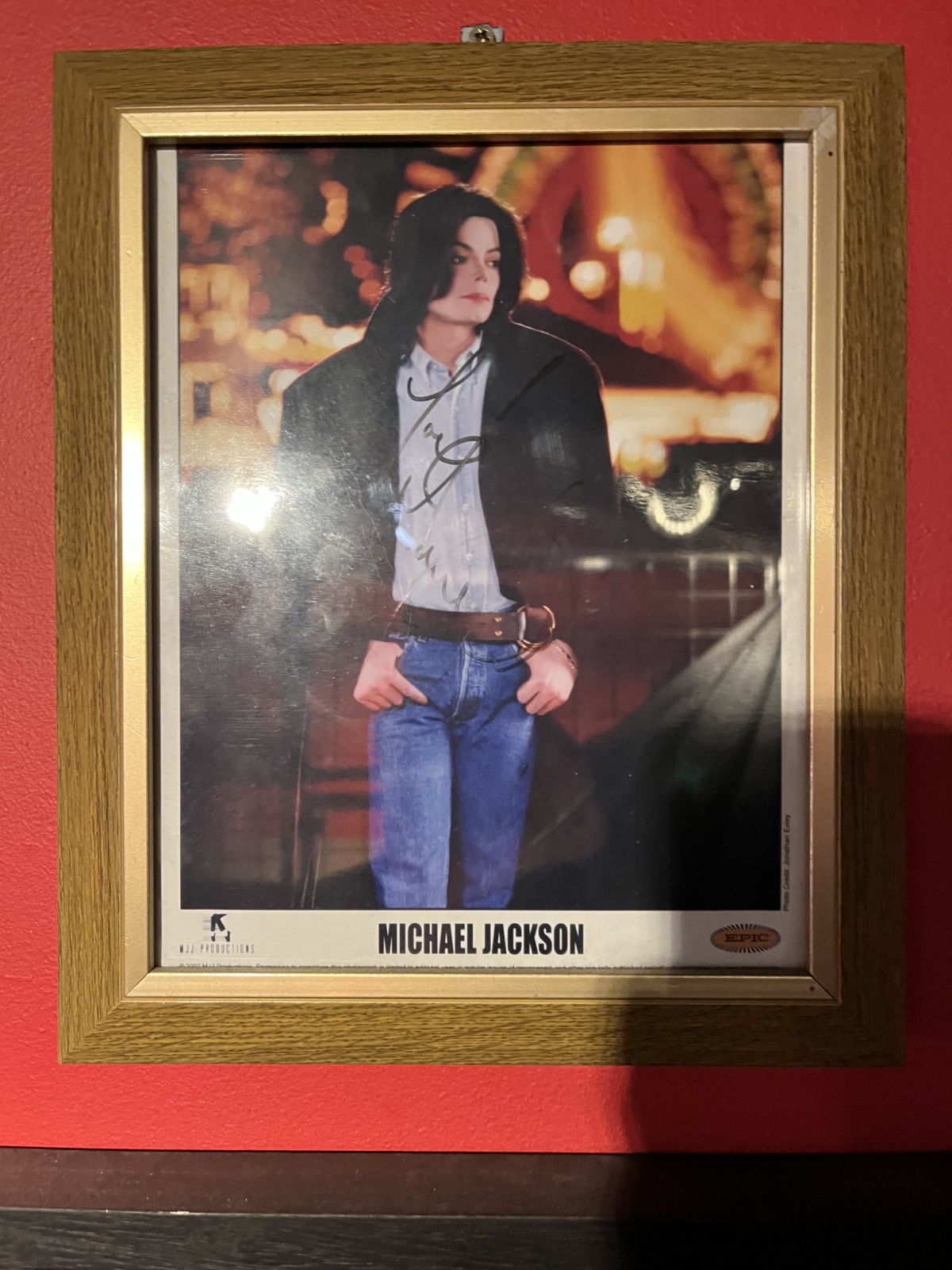
At the end of the visit we had the right to a little musical improvisation by the guide and a guitarist who was not passing there…
The place being a museum but above all a studio, it is really teeming with musicians and technicians, walking around with their equipment, instruments, cables…
Maybe you’ll meet stars if you visit this place!
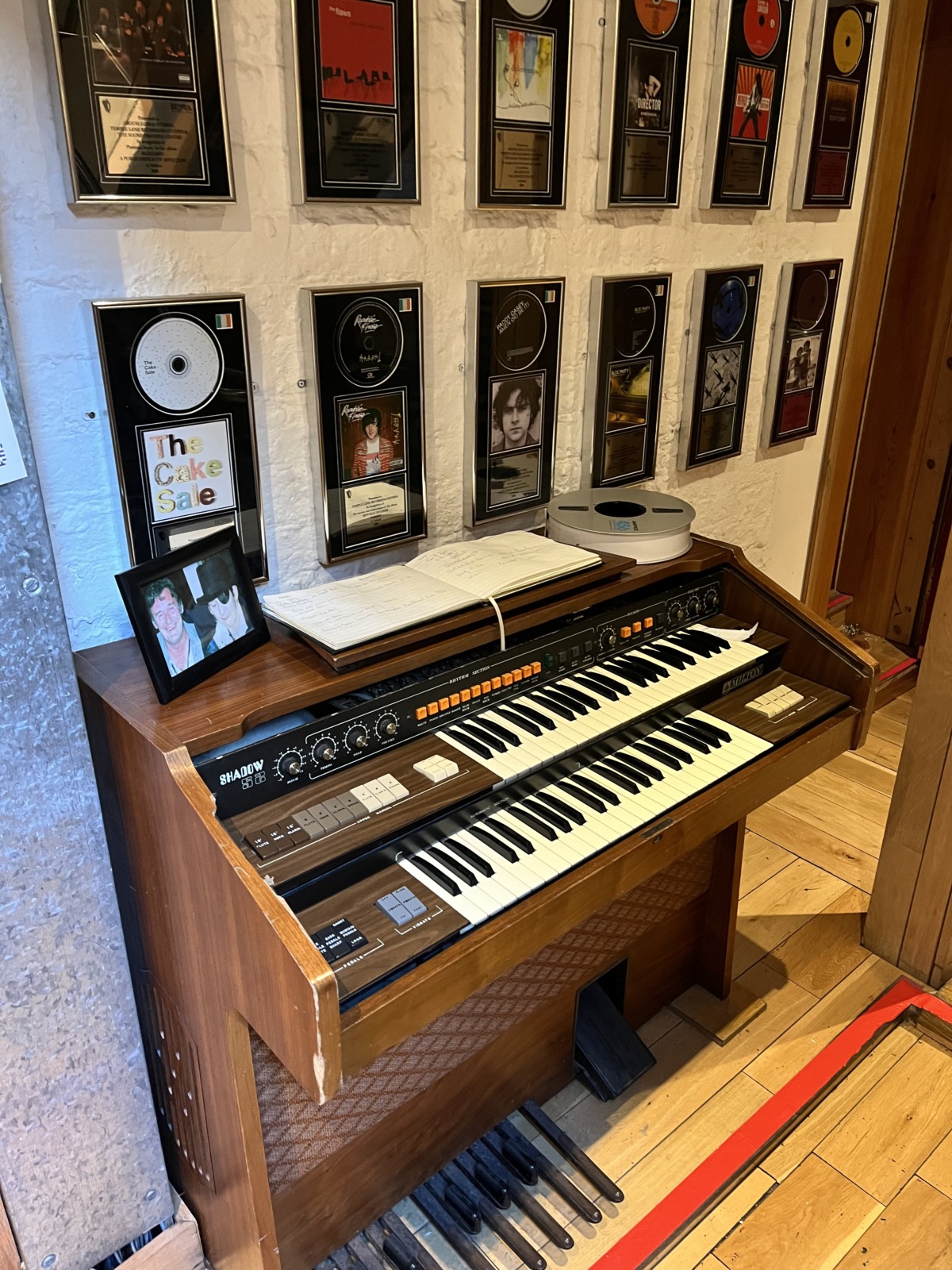
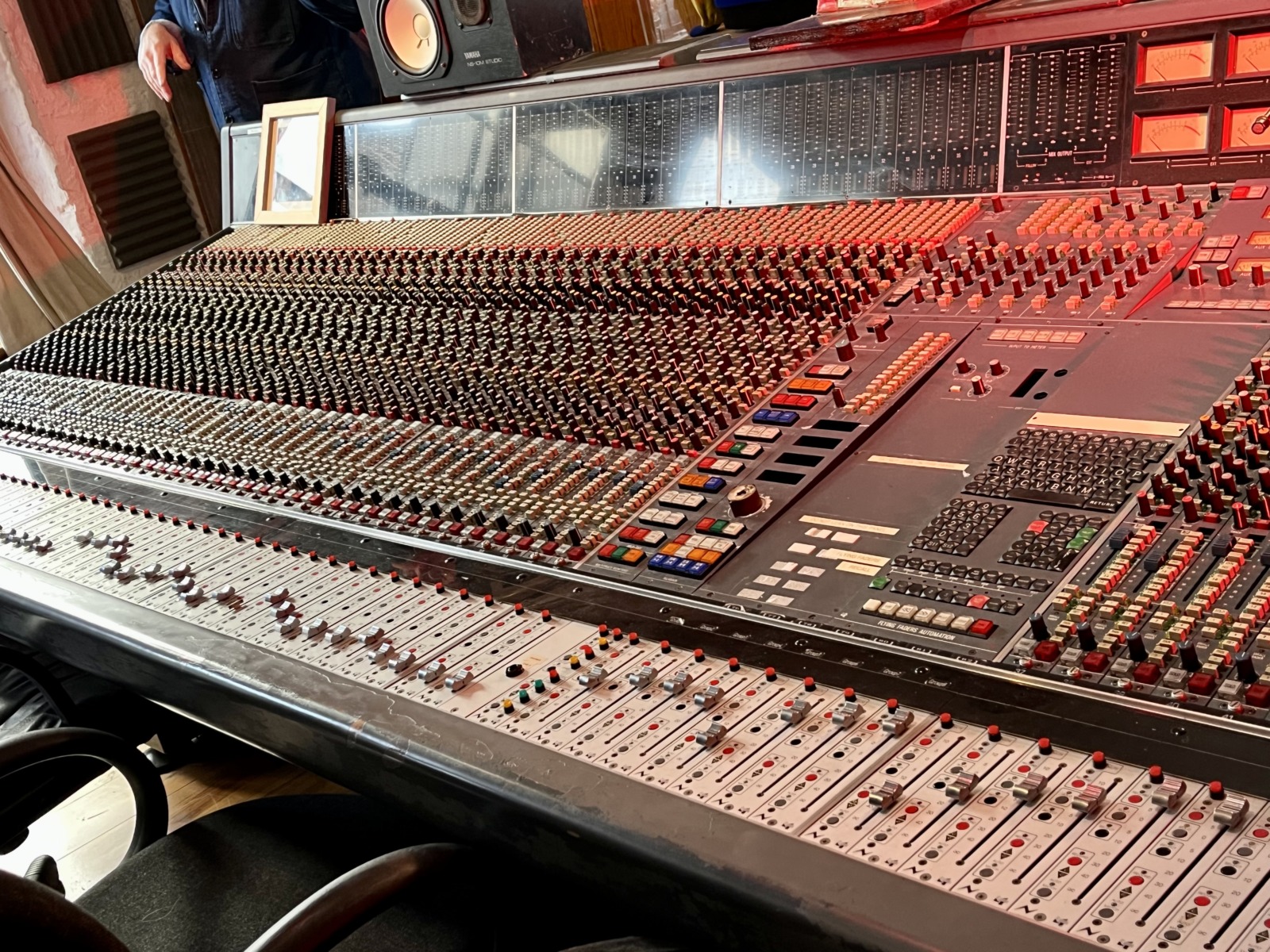
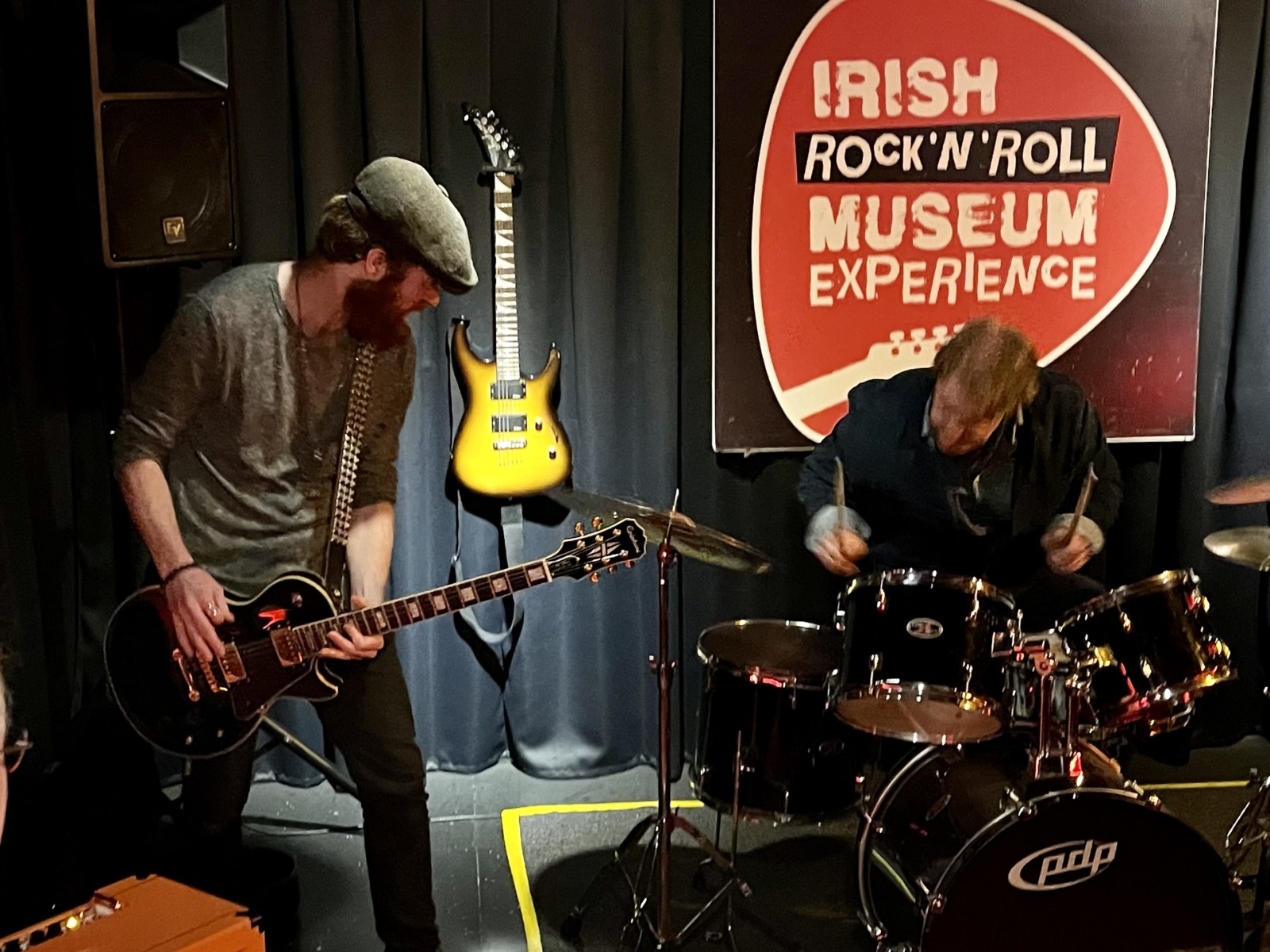
Attention: as the visit is essentially based on the information given by the guide, more than on the observation of objects as in a traditional museum, a very good level of English is required to make the most of this visit.
Official website: https://irishrocknrollmuseum .com/
Admission fee
National Gallery of Ireland
The National Gallery of Ireland houses the national collection of Irish and European art. Founded in 1854 in Dublin, it opened its doors ten years later. Admission to the permanent collection is free.
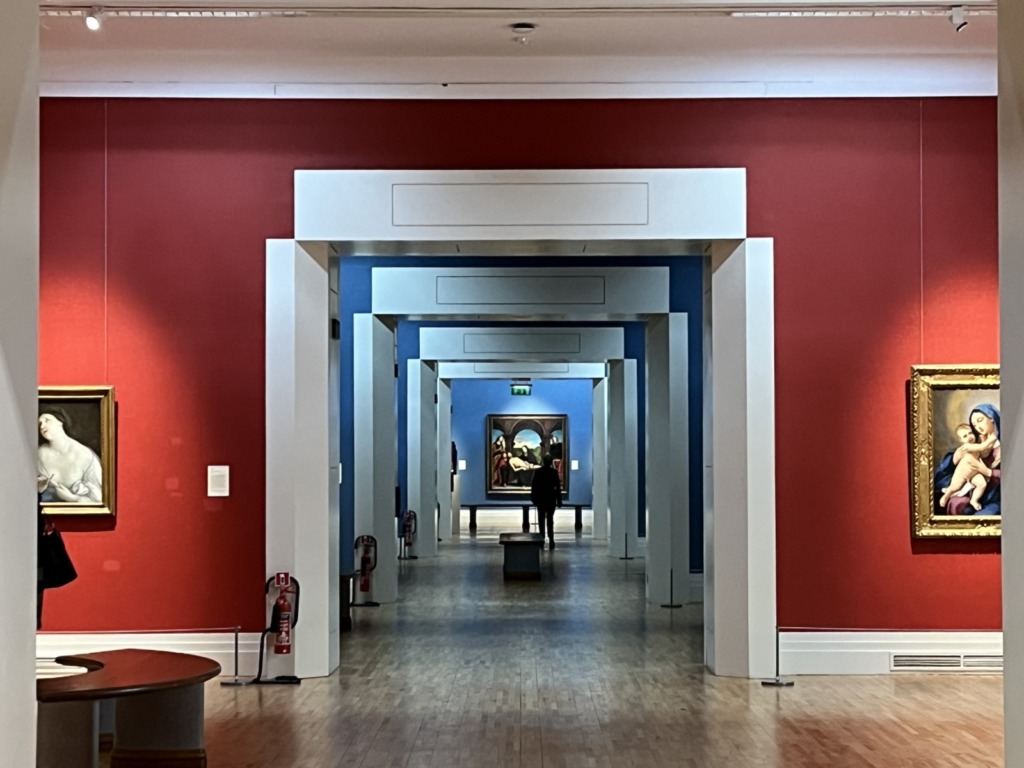
Some temporary exhibitions are too, others are not (one of the two at the time of my visit).
The museum has 54 rooms for around 14,000 works divided by eras and themes.
- Ground floor: French painting: Monet, Signac, Renoir, Poussin, Fragonard, Braque… But also paintings by foreign artists who painted in France, such as Van Gogh or Picasso.
- 1st floor: Irish and English painters: J.B. Yeats, Sean Keating, etc…
- 2nd floor: the works of the great European masters. At the top of the stairs are hung paintings by Spanish artists: Greco, Goya, Vélasquez… then Italian painting is honored through masterpieces including Caravaggio, Ecce Homo by Titian, works by Bellini, Mazzolini, Perugino, Becafumi…
- Milletown wing: Flemish and Dutch painting is illustrated through the works of Jordaens, Rubens, Rembrandt, Bruegel…
I advise you to consult this plan before your visit! I did it without and I realized that I had missed a few rooms and works…
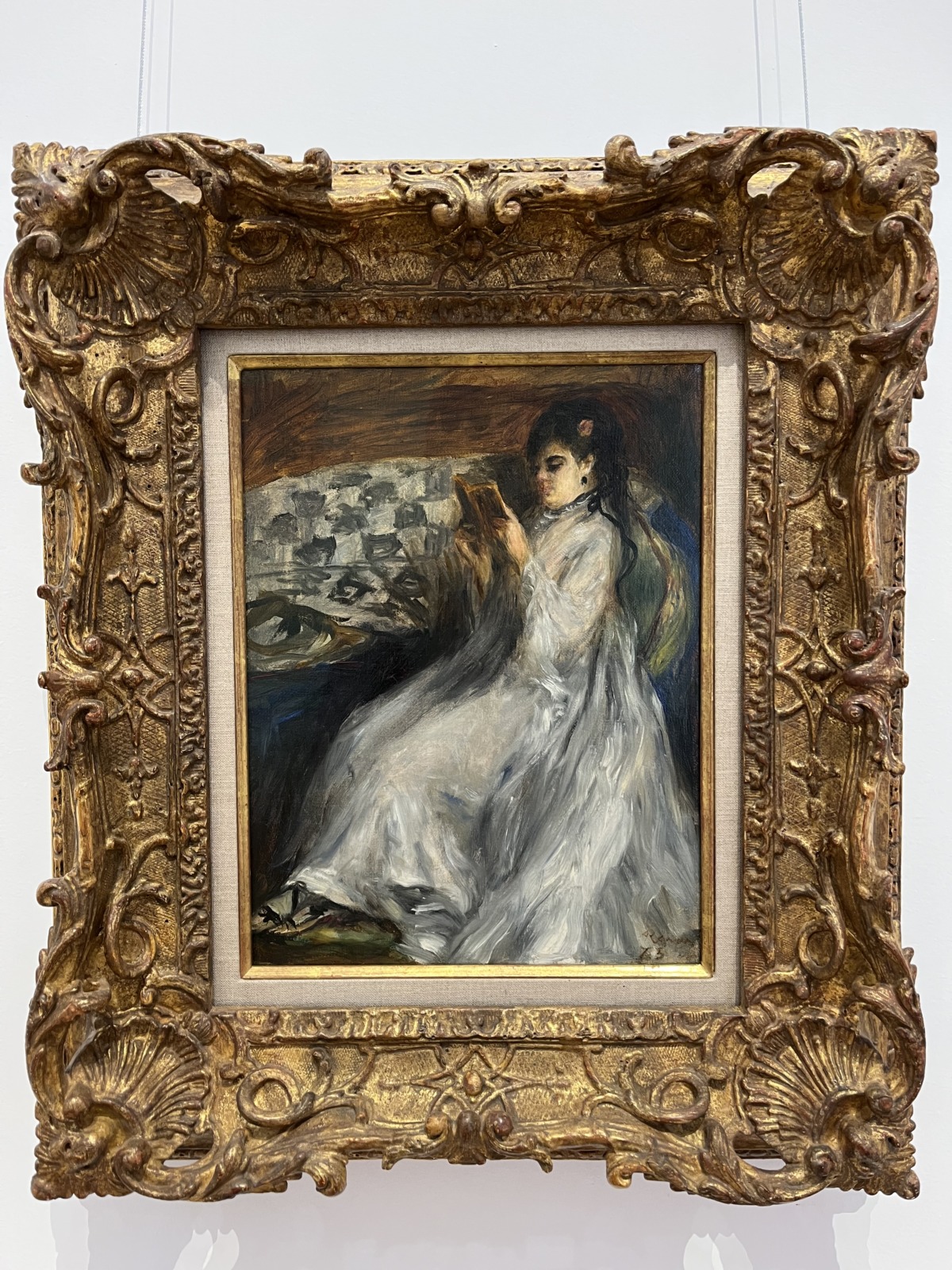
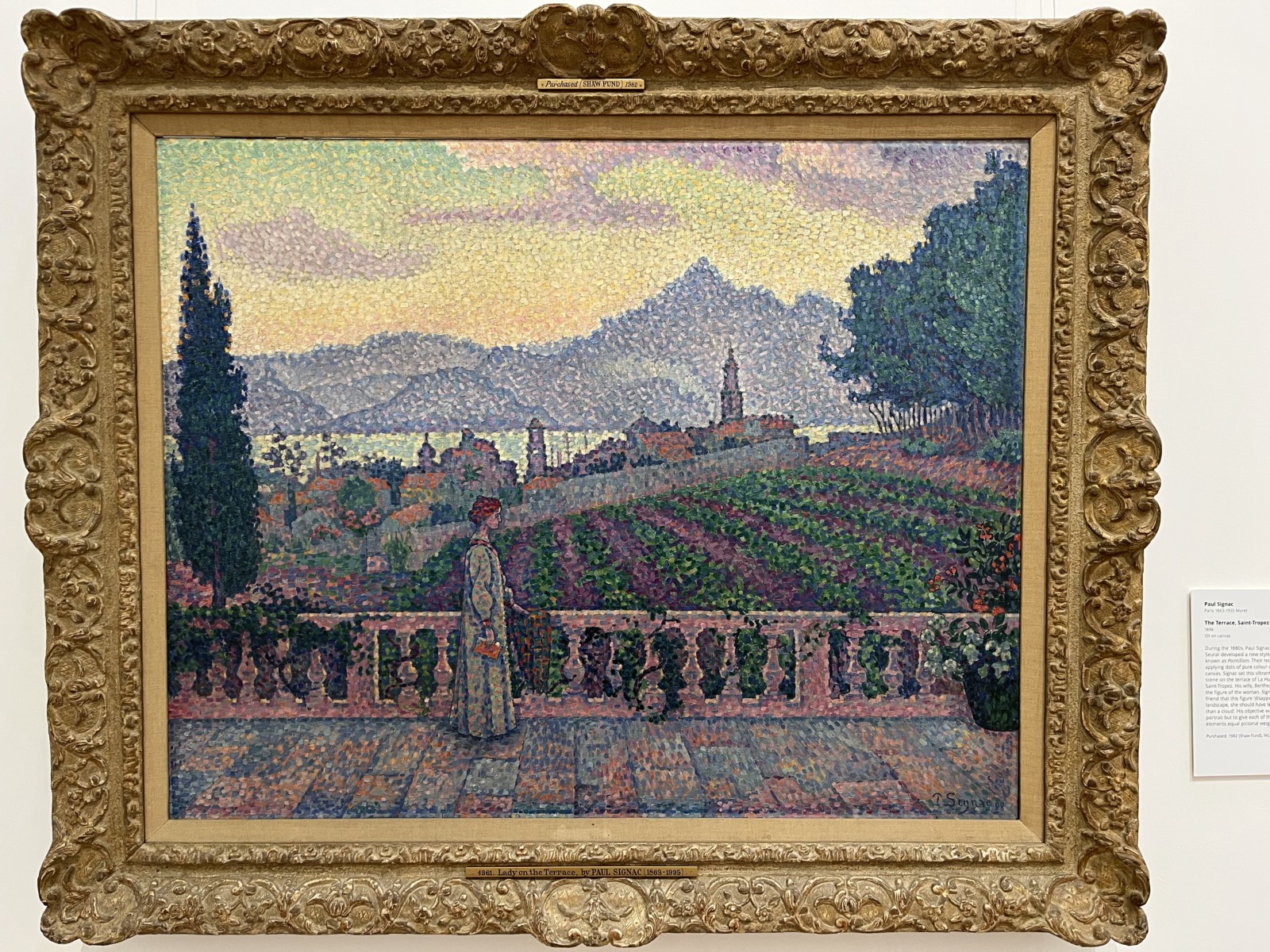
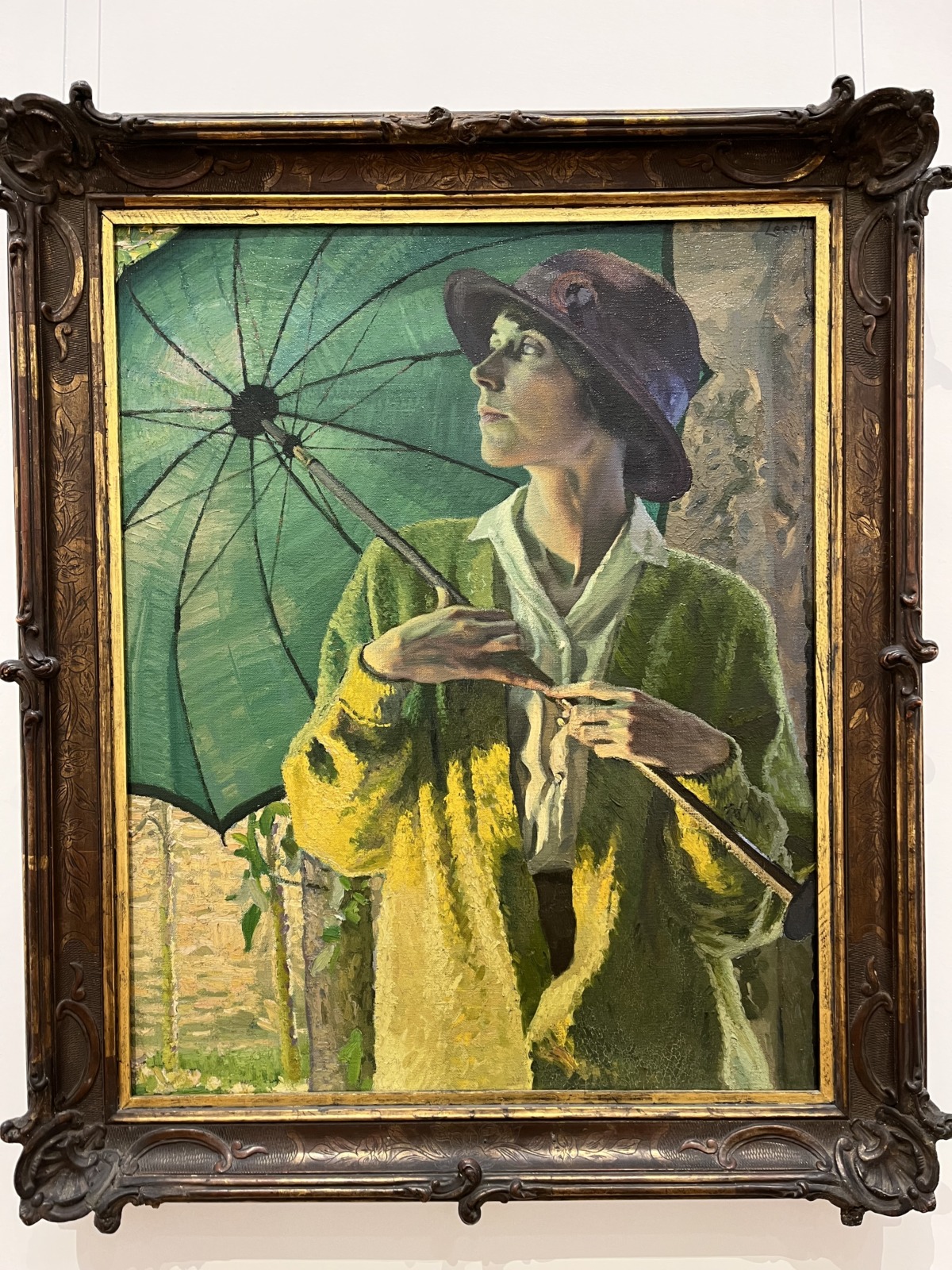
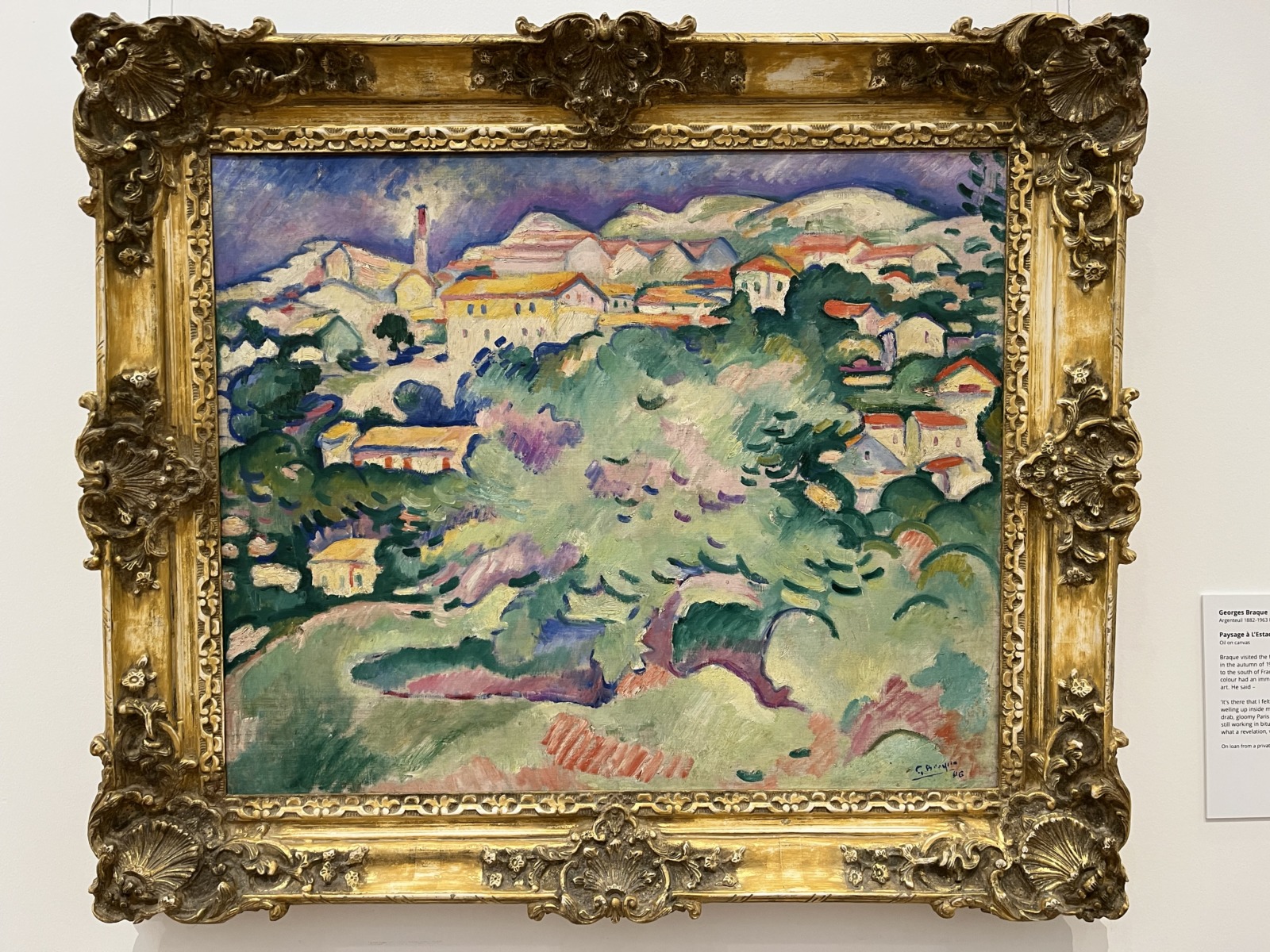
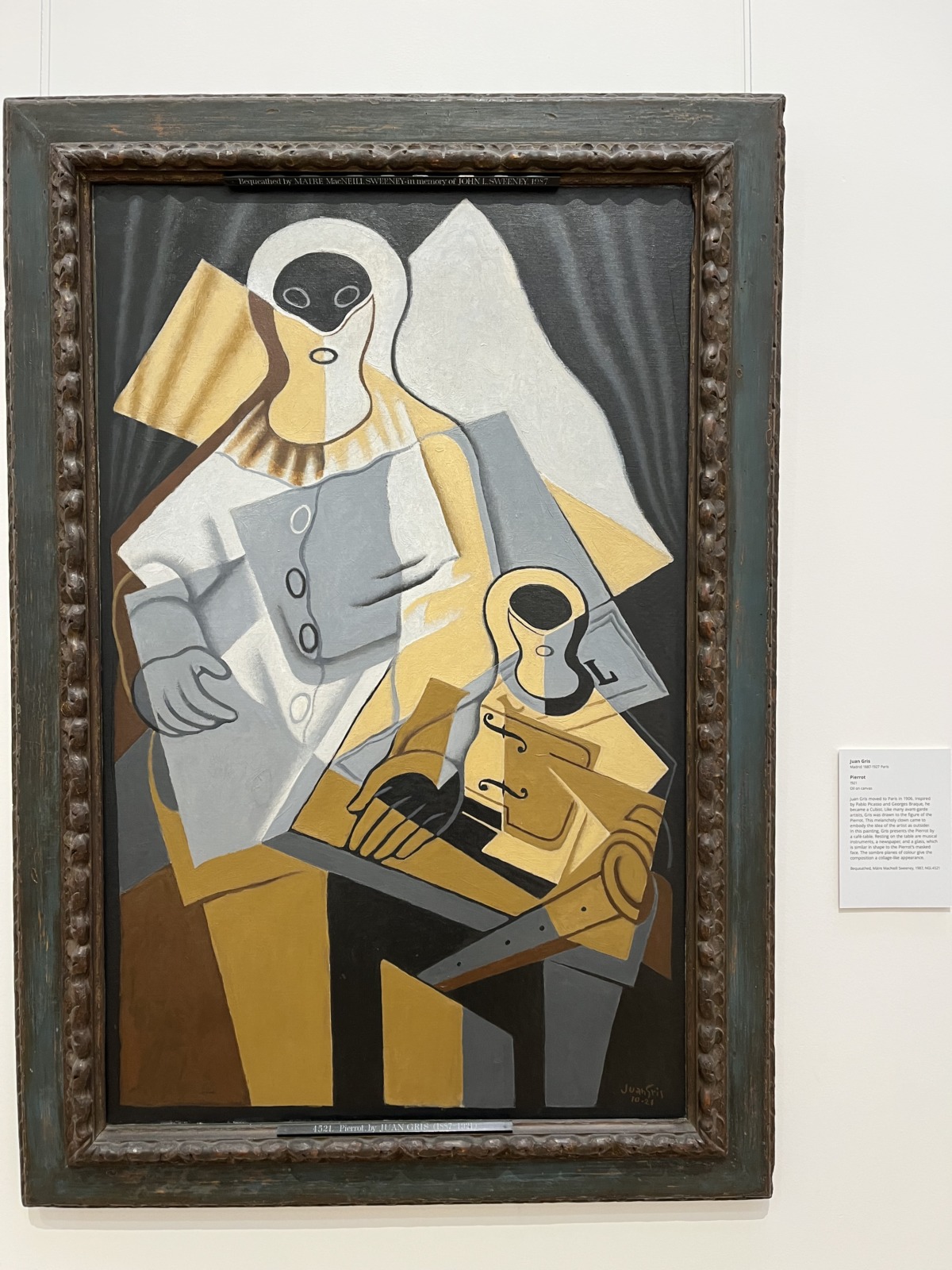
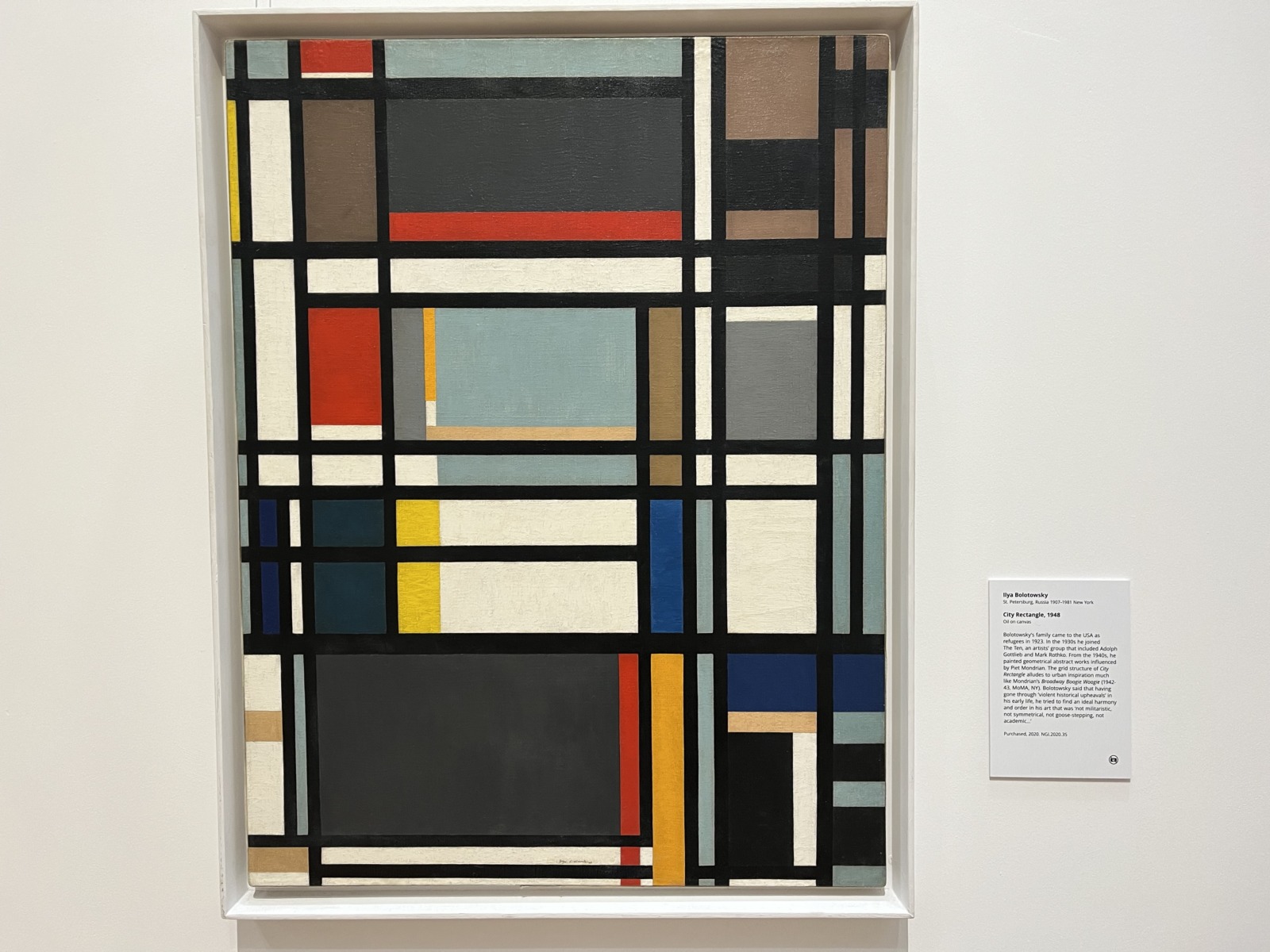
It really is a museum pleasant to visit, quite refined, which really highlights the works. The shop is huge if, like me, you like to leaf through art books after your visit, to deepen your discoveries a little.
A small relaxation / café / coworking area is present at the entrance.
Official website: https://imma .ie/
Permanent collections: free admission (donation recommended)
Paid temporary exhibitions
Decorative Arts & History Museum
I ended my stay in Dublin with a visit to Decorative Arts & History Museum, Museum of Decorative Arts and History.
The place made me think of the Louvre! But without the Pyramid …
In fact, once you have passed under the large arch, you arrive in a huge square courtyard, surrounded by Georgian-style buildings.
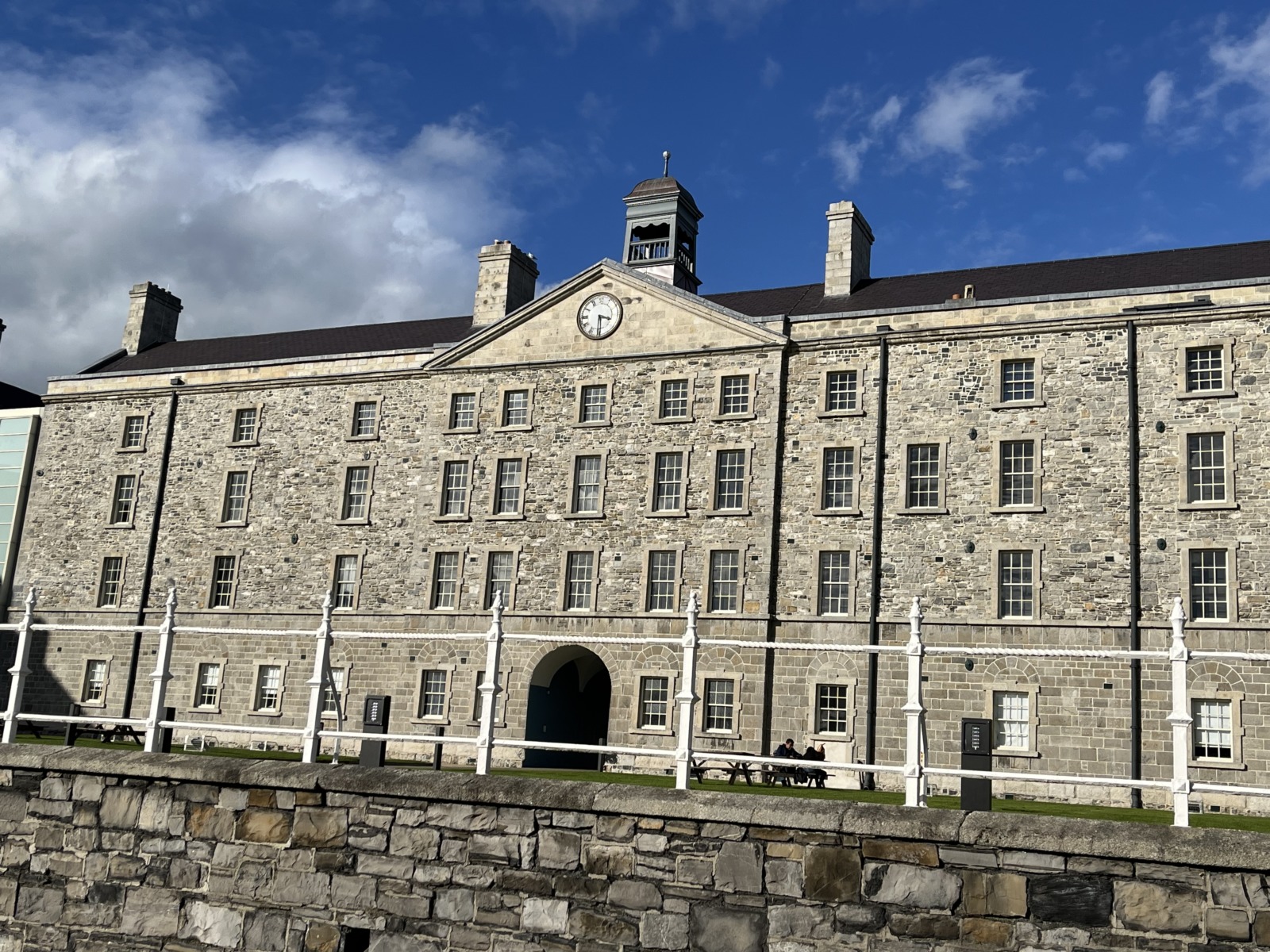
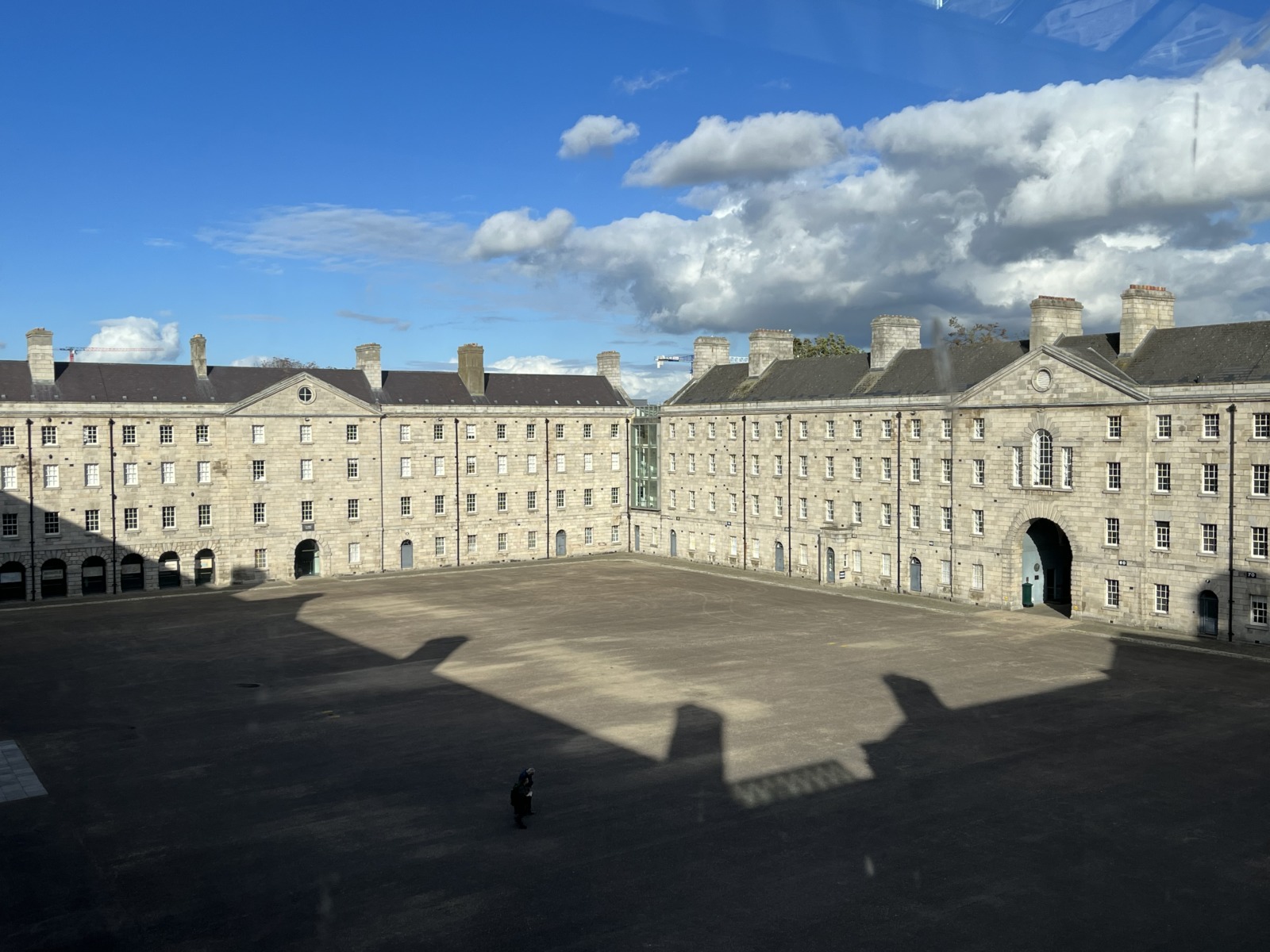
Concerning the interior of the museum, the mix of what is on display is quite confusing. We move from rooms presenting clothes from past centuries, to a room presenting the entire history of Irish coinage, to rooms exhibiting furniture.
Without transition, you enter a room of the type “cabinet of curiosities”, with objects of valor, Japanese armor, stuffed animals…
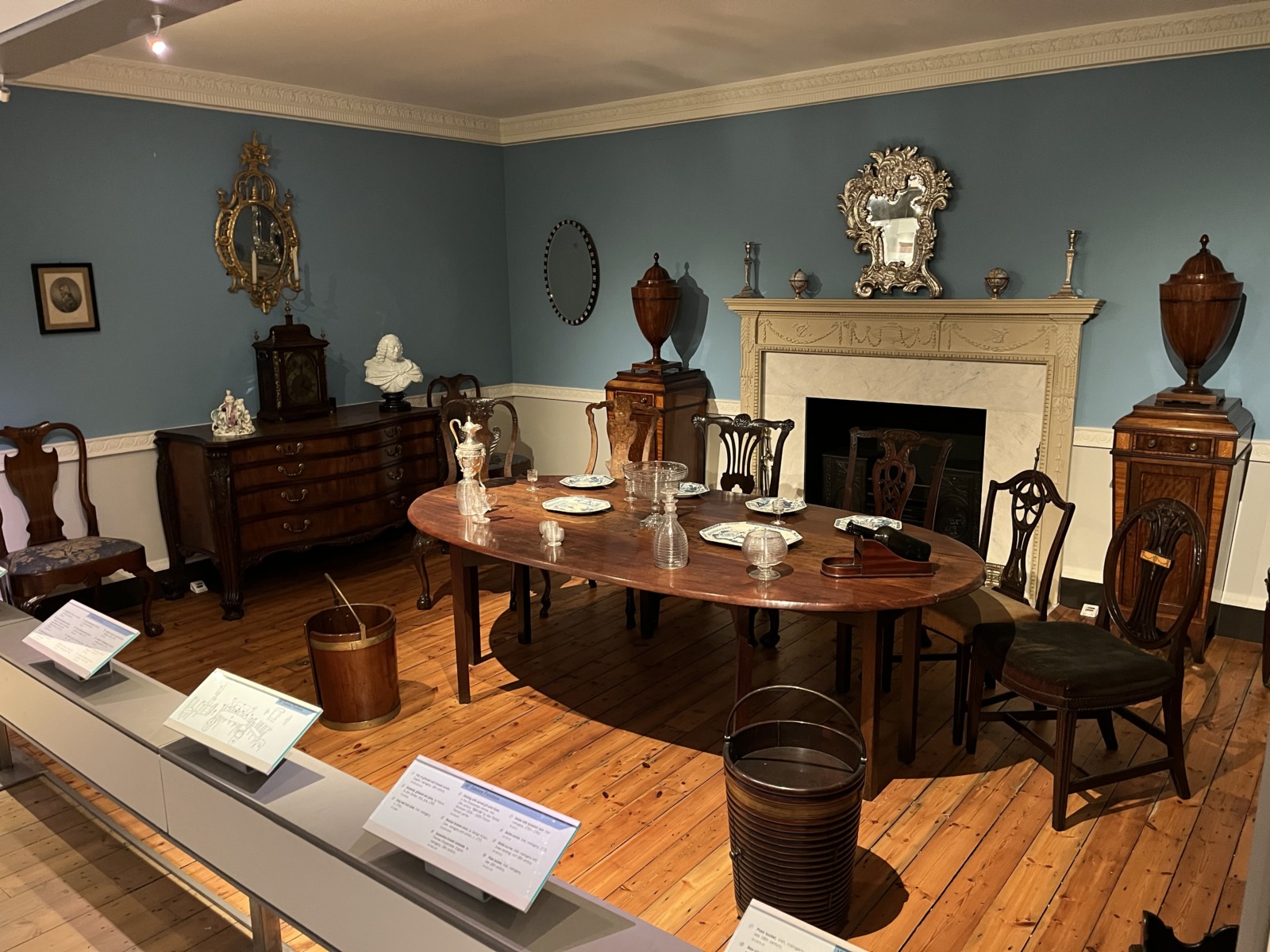
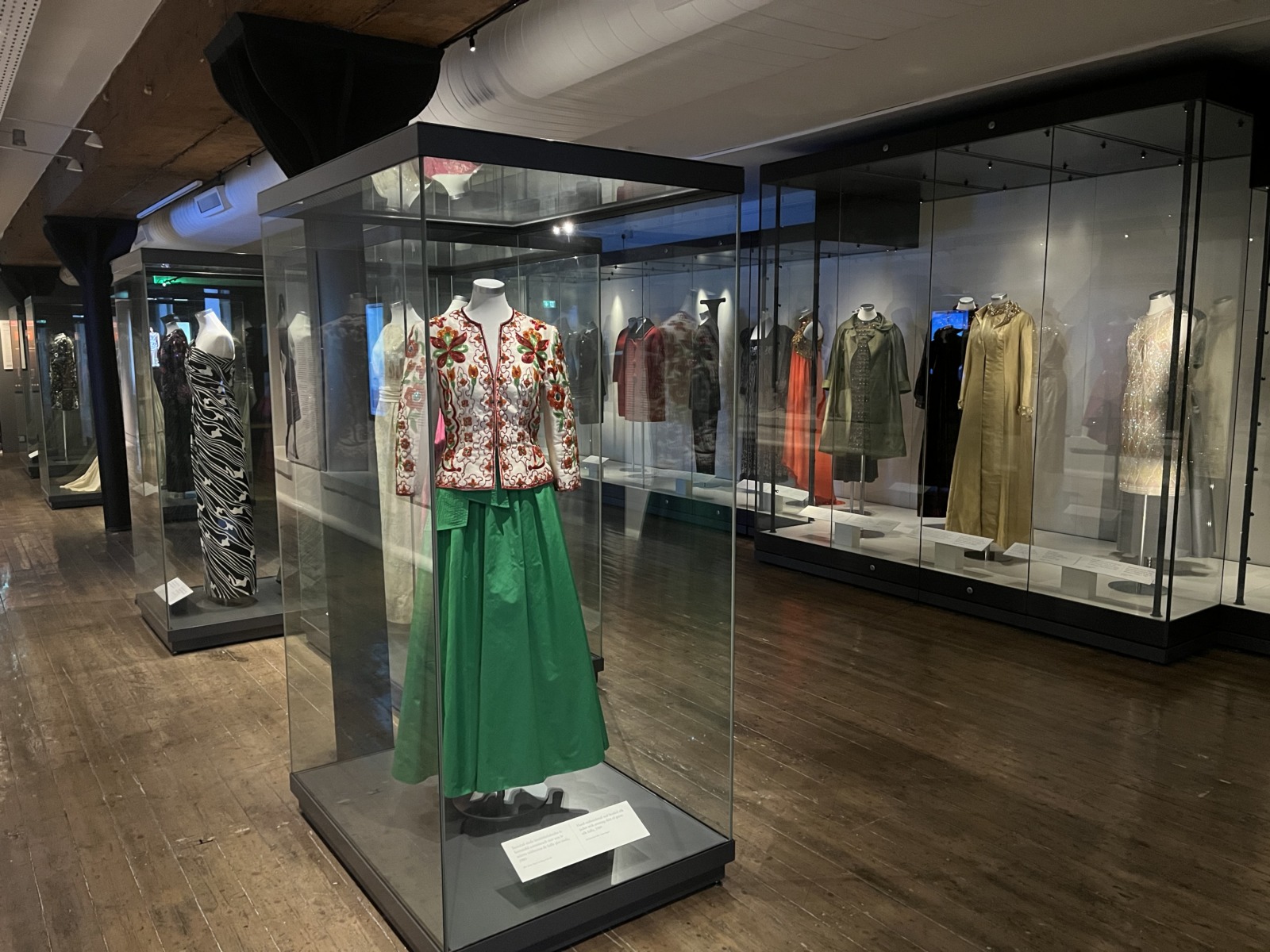
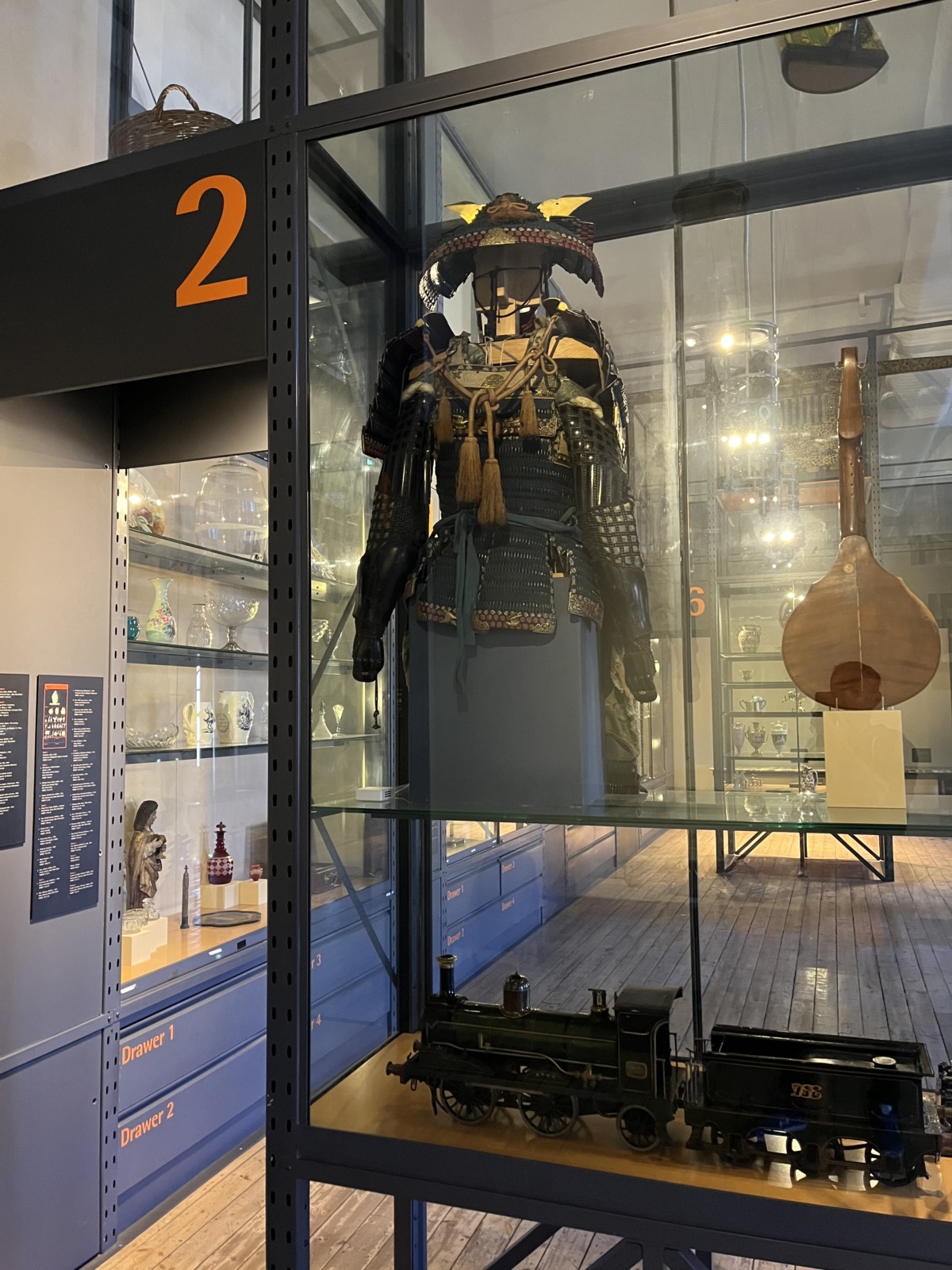
Note: a beautiful exhibition on 18th century Chinese Art was present, it adds to the great mix of genres in the museum, but it was really magnificent, as these photos show.


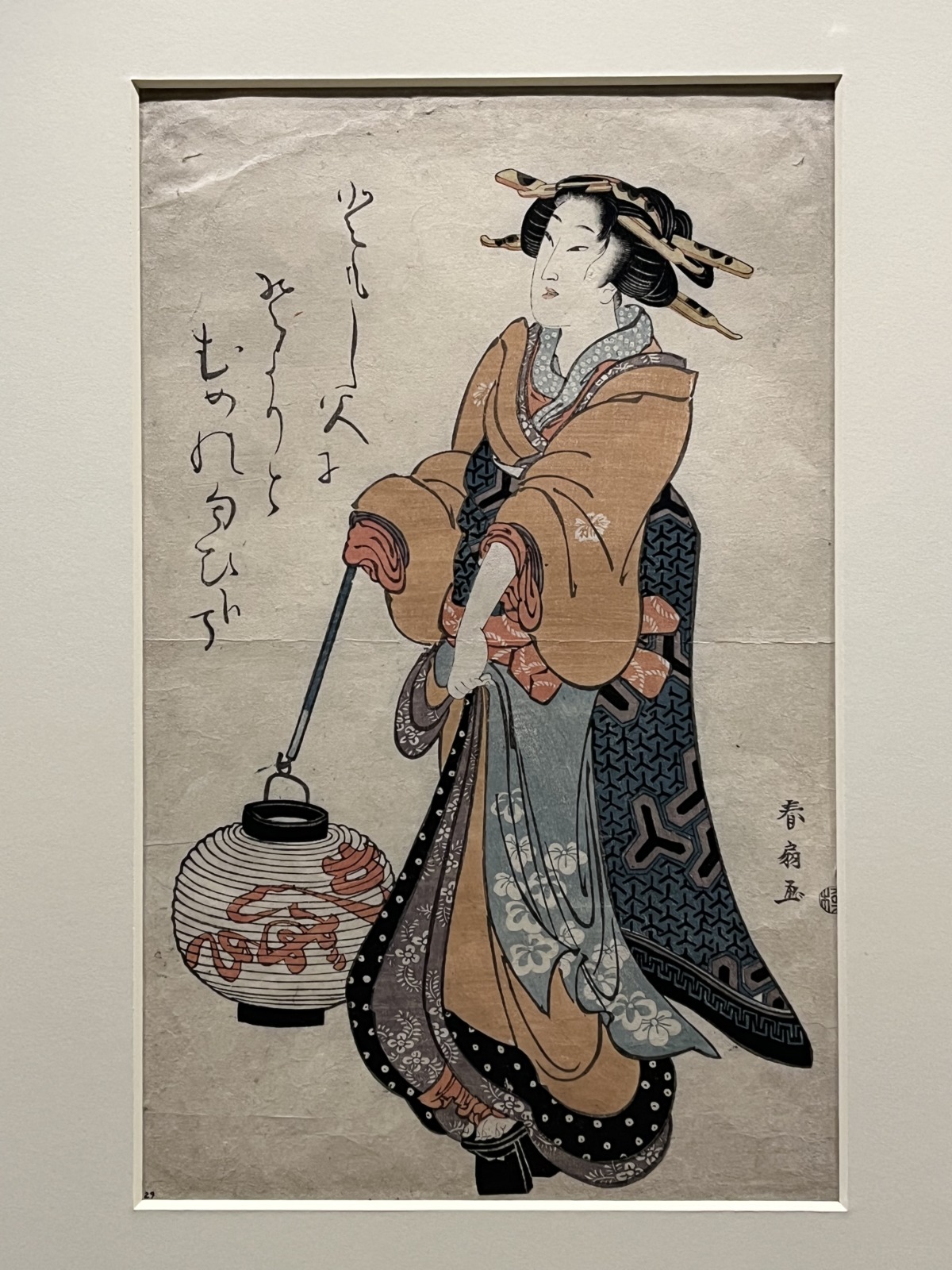
After these varied discoveries, you can access the historical section of the museum.
In chronological order, the History of Ireland (very eventful) is told to us, with many period objects! As the history of the country is marked by many battles, conquests, wars … we mainly find uniforms, weapons and other objects related to the military world. We also see the role played by Ireland during the Civil War in the United States (1861 to 1865), and the links with other countries such as of course the British Empire, and France.
In the midst of all these military objects, it There are still some objects of everyday life, all with fairly clear explanations.
Finally, the last part focuses on the 20th century, which was very turbulent in Ireland with the 1916 Rising (which therefore took place right in the middle of the 1st World War), and the Civil War of Independence.
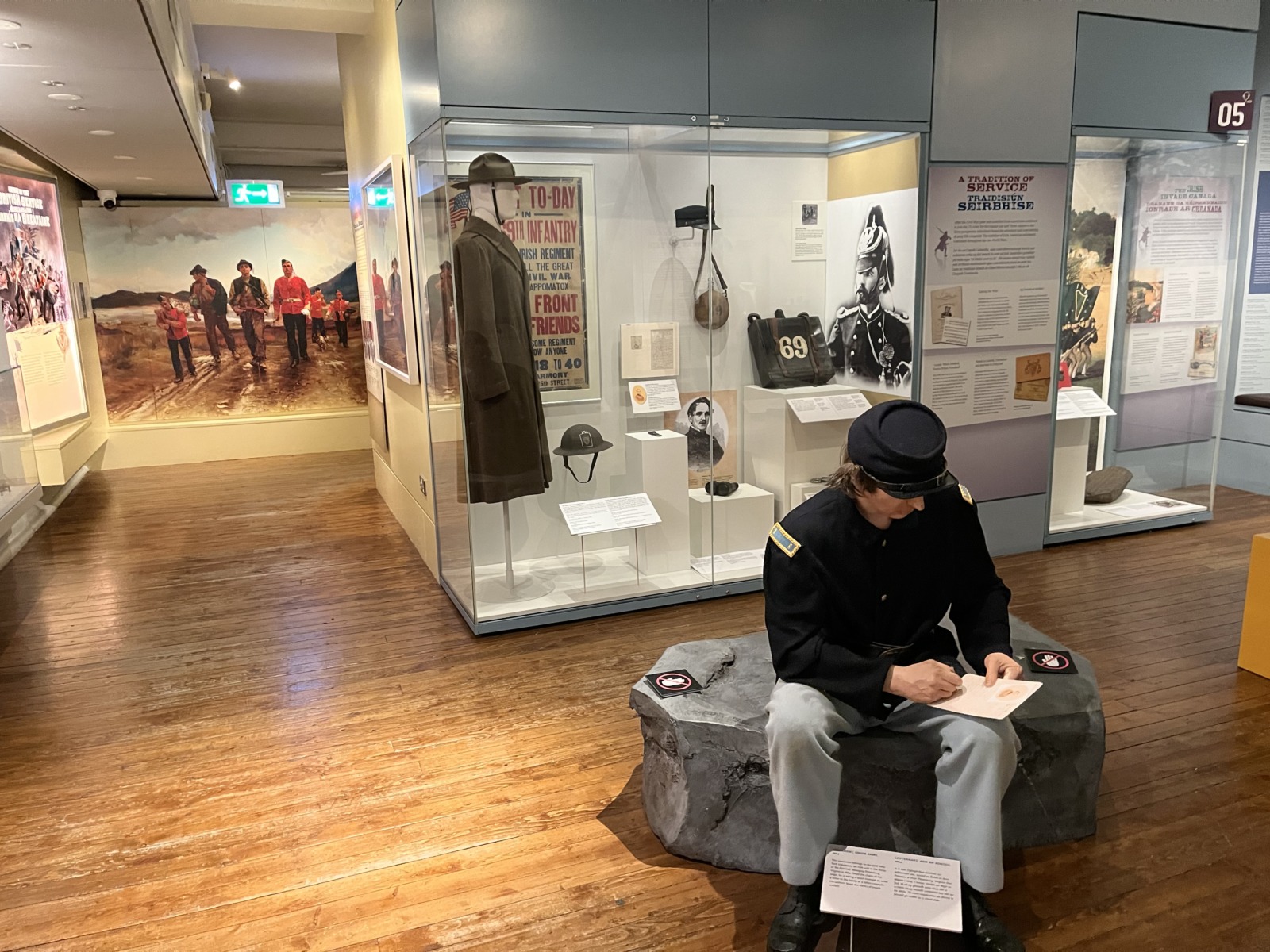
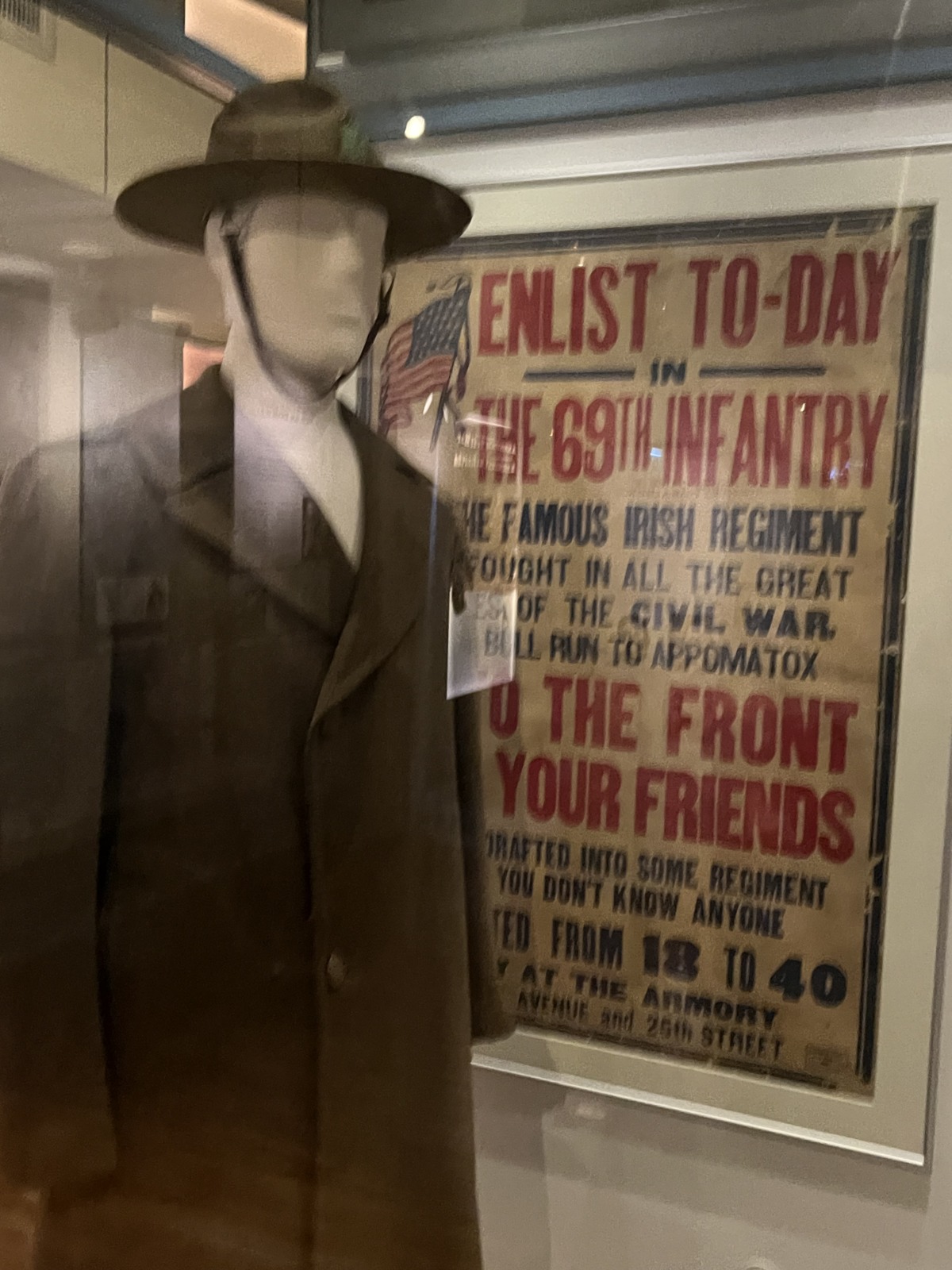
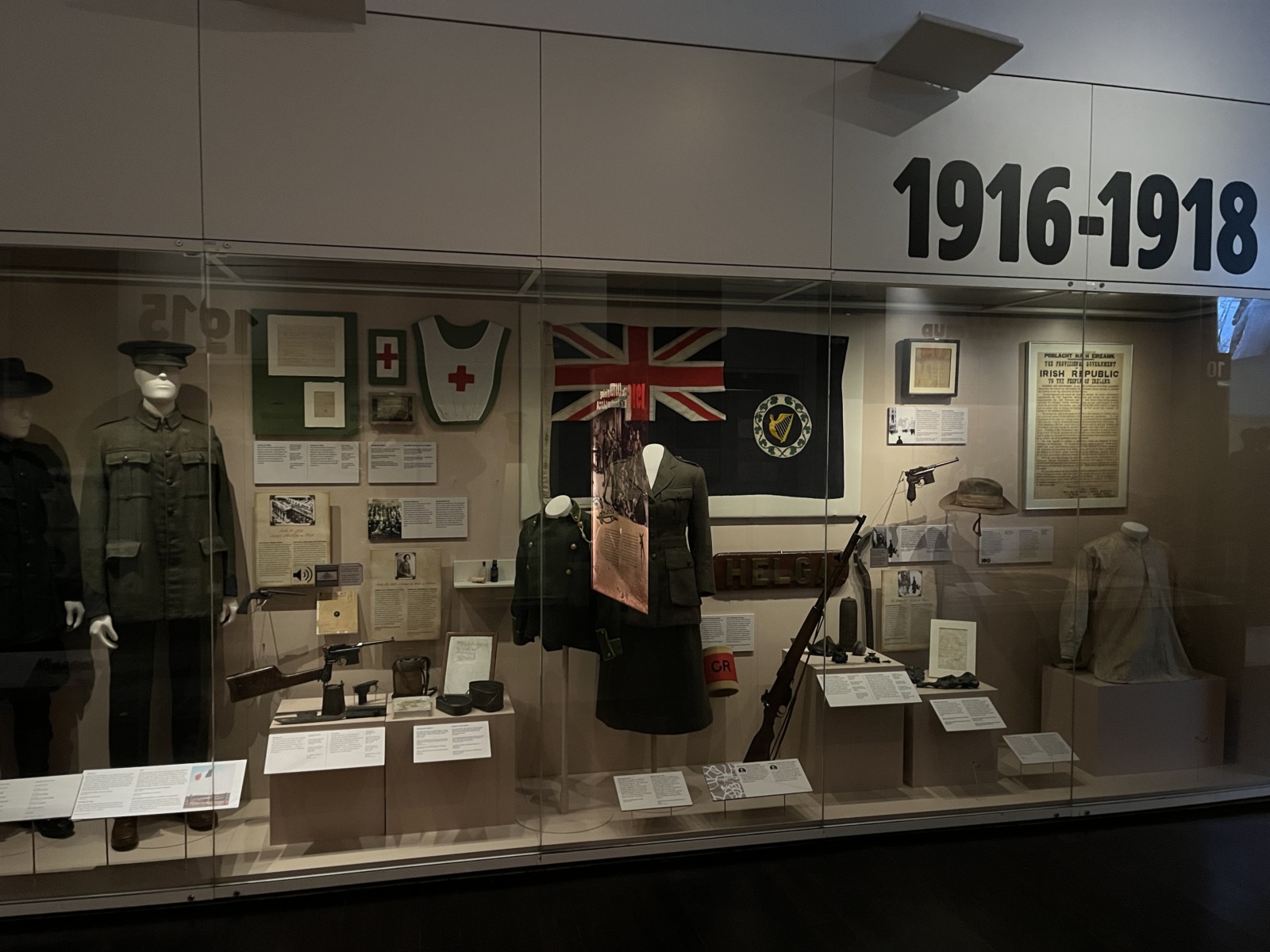
This is a fairly complementary visit to that of the GPO (General Post Office), but less captivating.
The very last room presents the world conflicts in which Ireland participated during the 20th century, with many military objects including a military plane and an assault tank.
In summary: this museum is so huge and mixes so many things that it’s hard to immerse yourself in the atmosphere of the times or places we are told about through these objects, as is the case for the other museums that I tell you about in this article. I therefore advise you to prioritize these (National Gallery, Museum of Archaeology, Chester Beatty Library, GPO…).
Official website: https://www.museum.ie/en-IE/Museums/Decorative-Arts-History
Free admission (donation recommended)
I hope this article has made you want to visit Dublin! For me this city is a mix between the “British” spirit of London and the more lively, European and colorful aspect of Amsterdam.
We also feel that the city puts a lot of emphasis on its Viking period, here is for example a bus offering a very special guided tour of the city 🙂
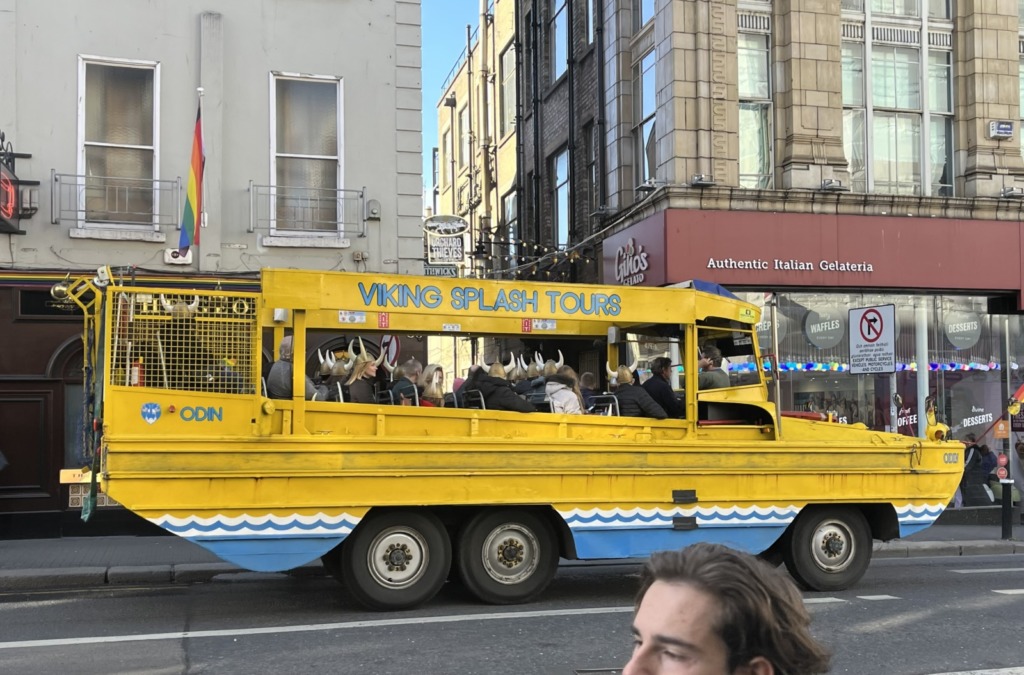
Here are the museums and monuments that I did not have time to visit, but for which I will certainly catch up on my next visit to Dublin! I loved this city so much that I won’t wait years for it.
- Kilmainham Gaol : Ancienne prison
- Irish museum of Modern Art
- Museum of Literature of Ireland
- Natural History museum
- National library
- Little museum of Dublin
- EPIC Irish Emigration Museum


